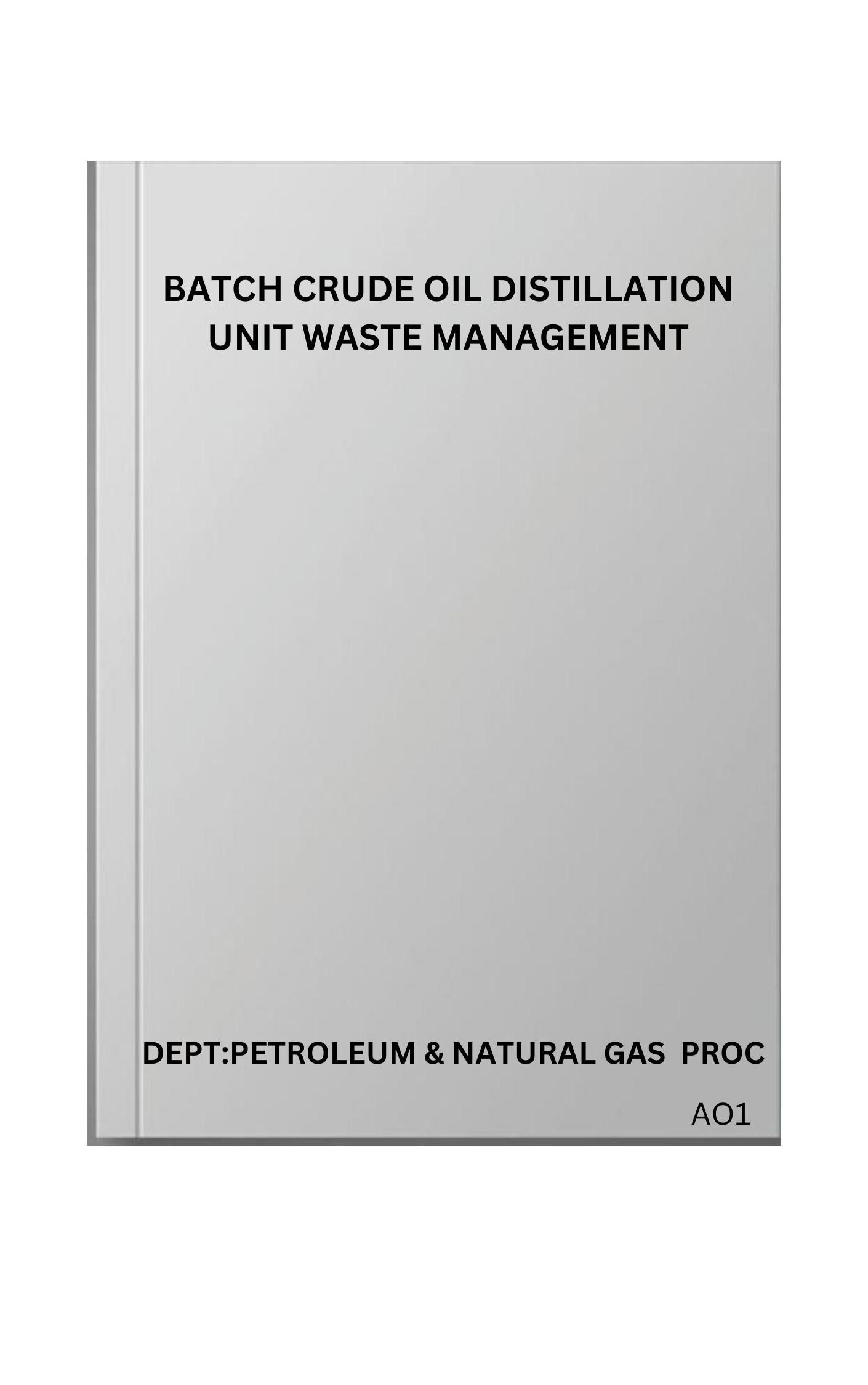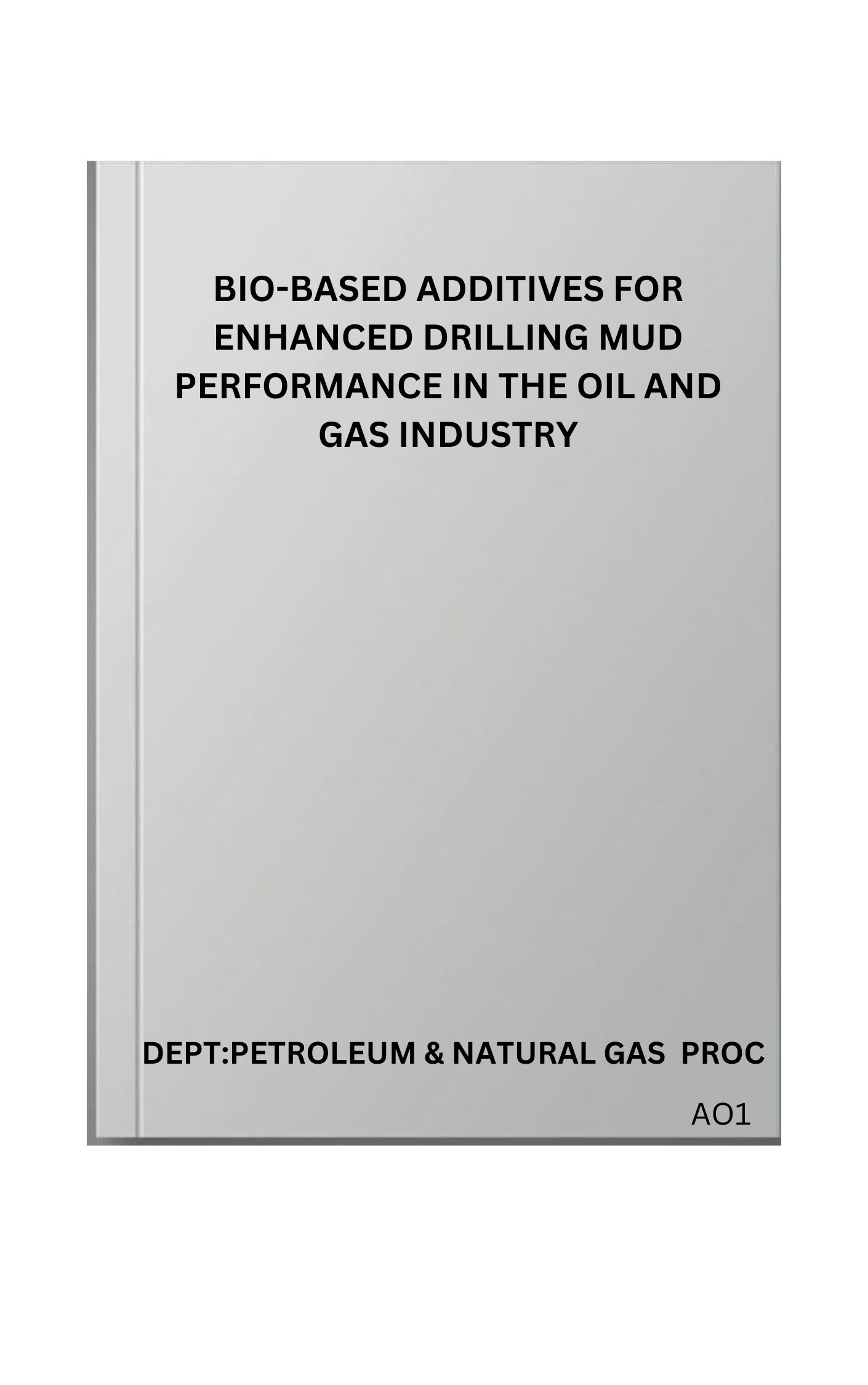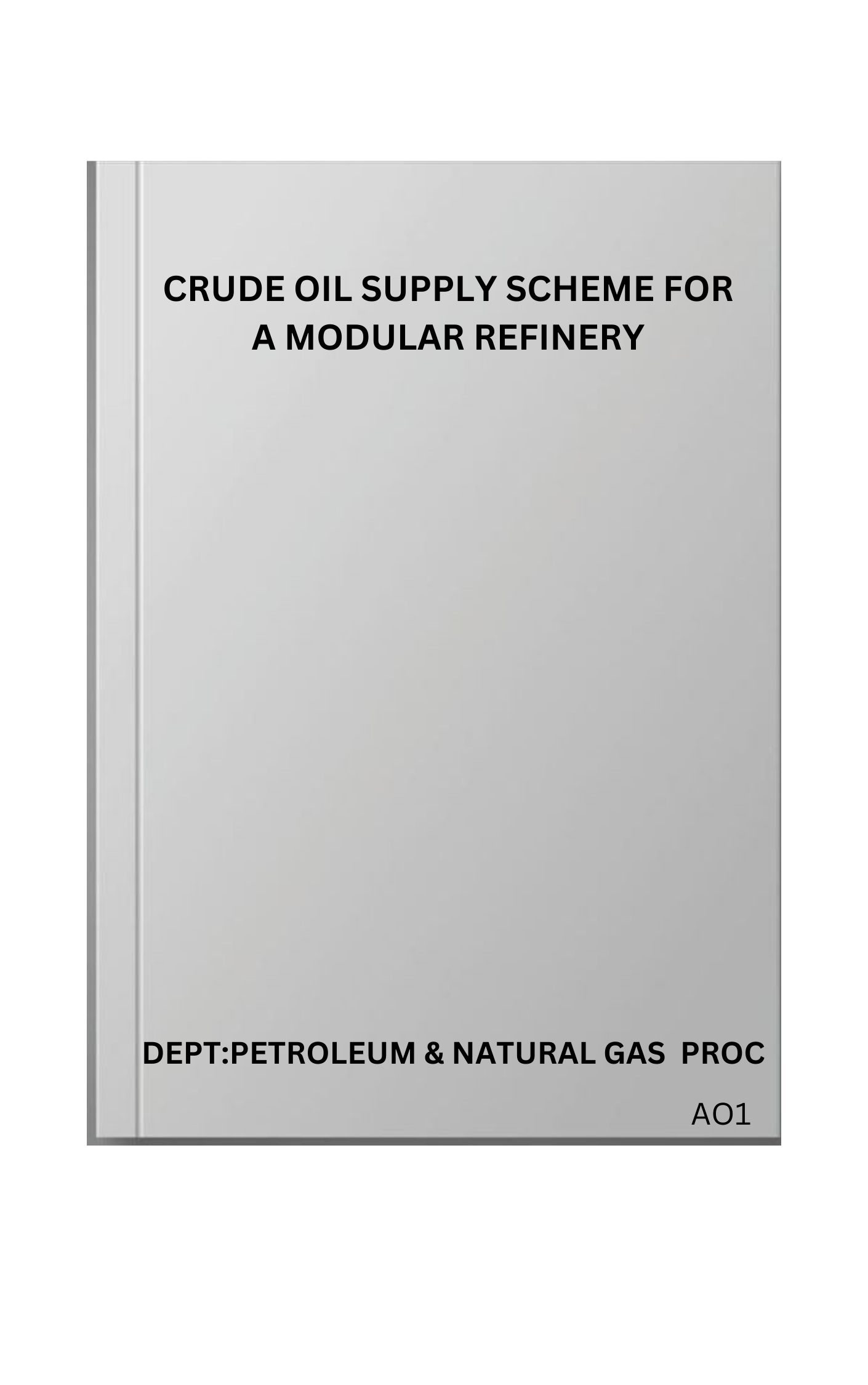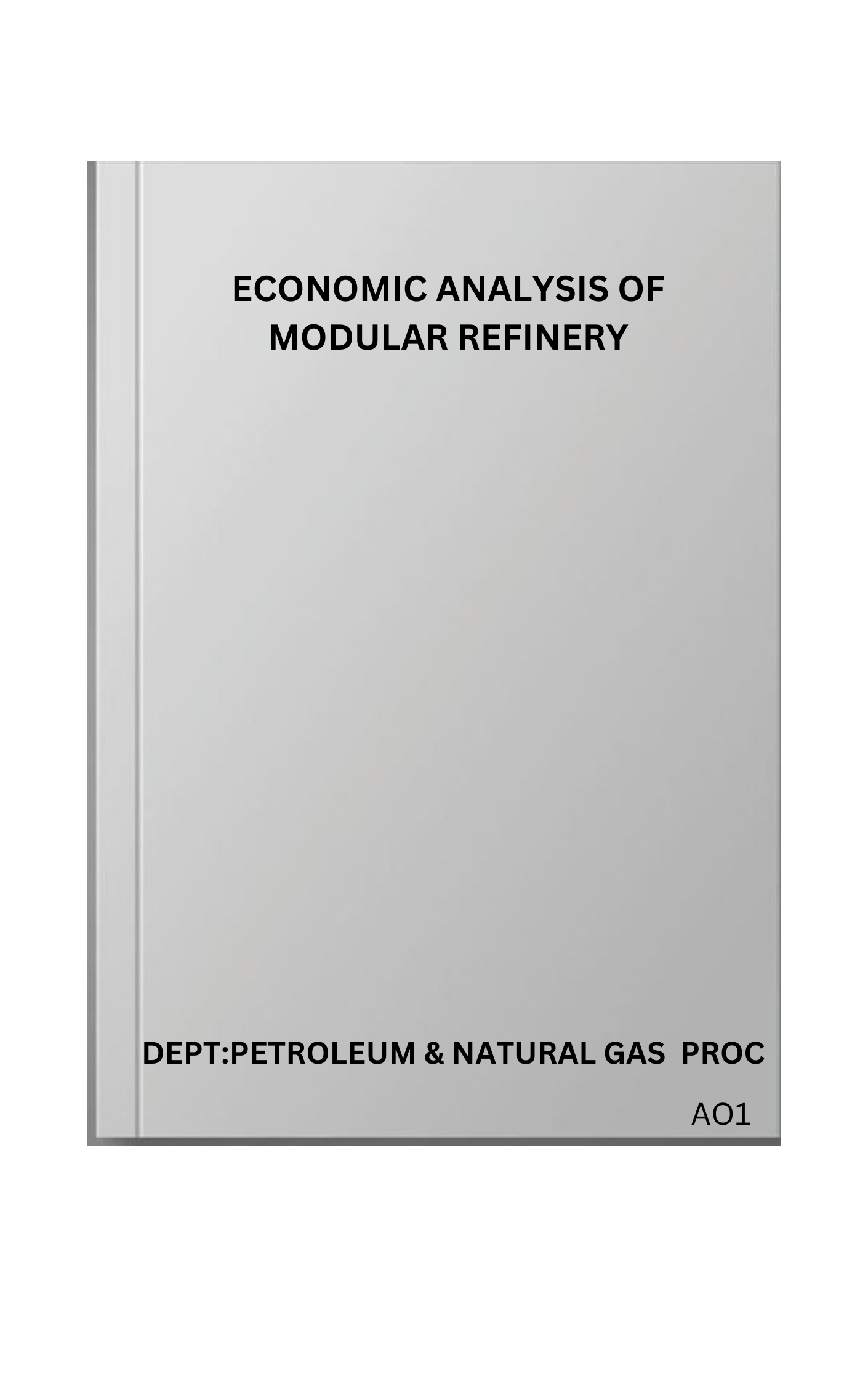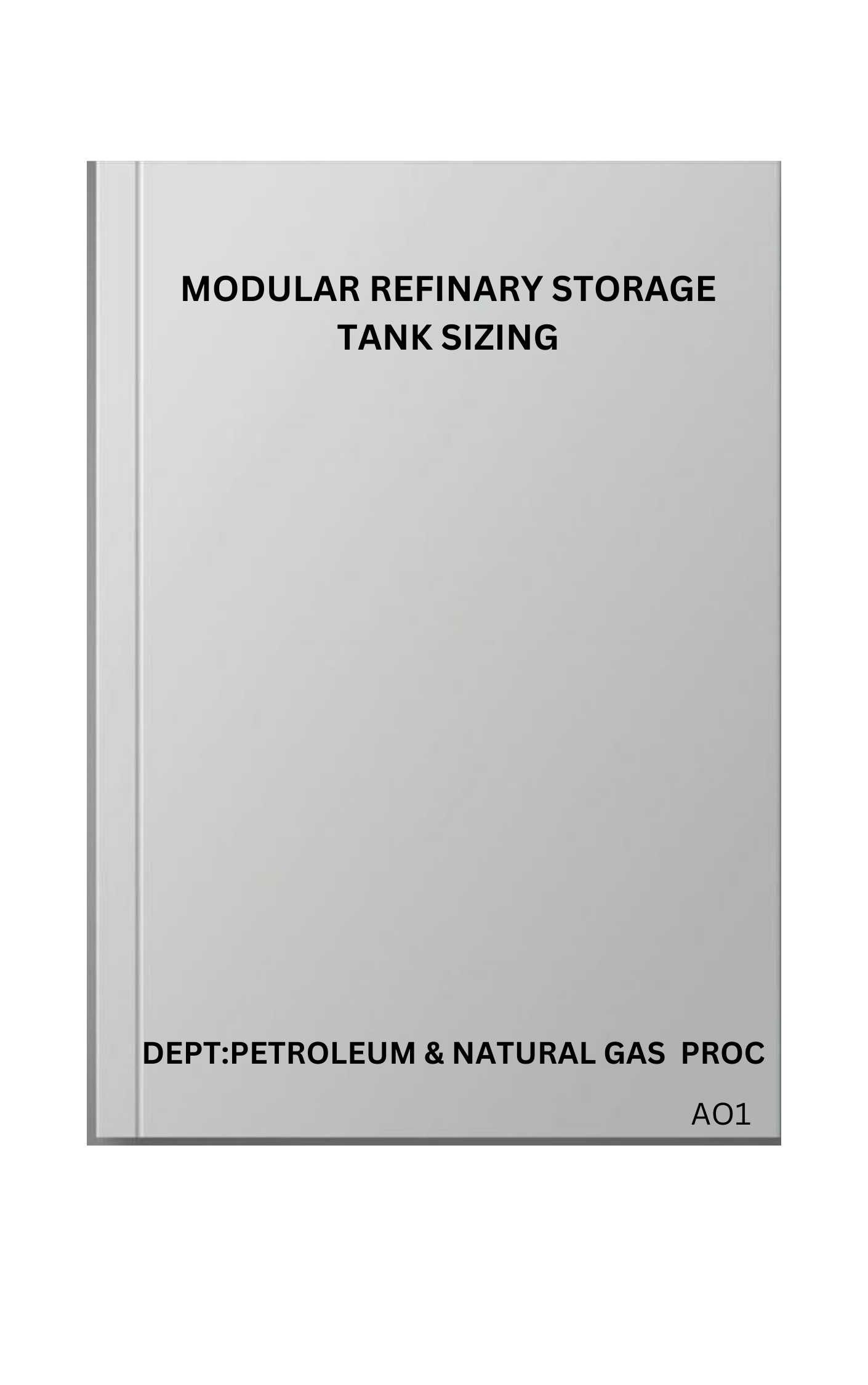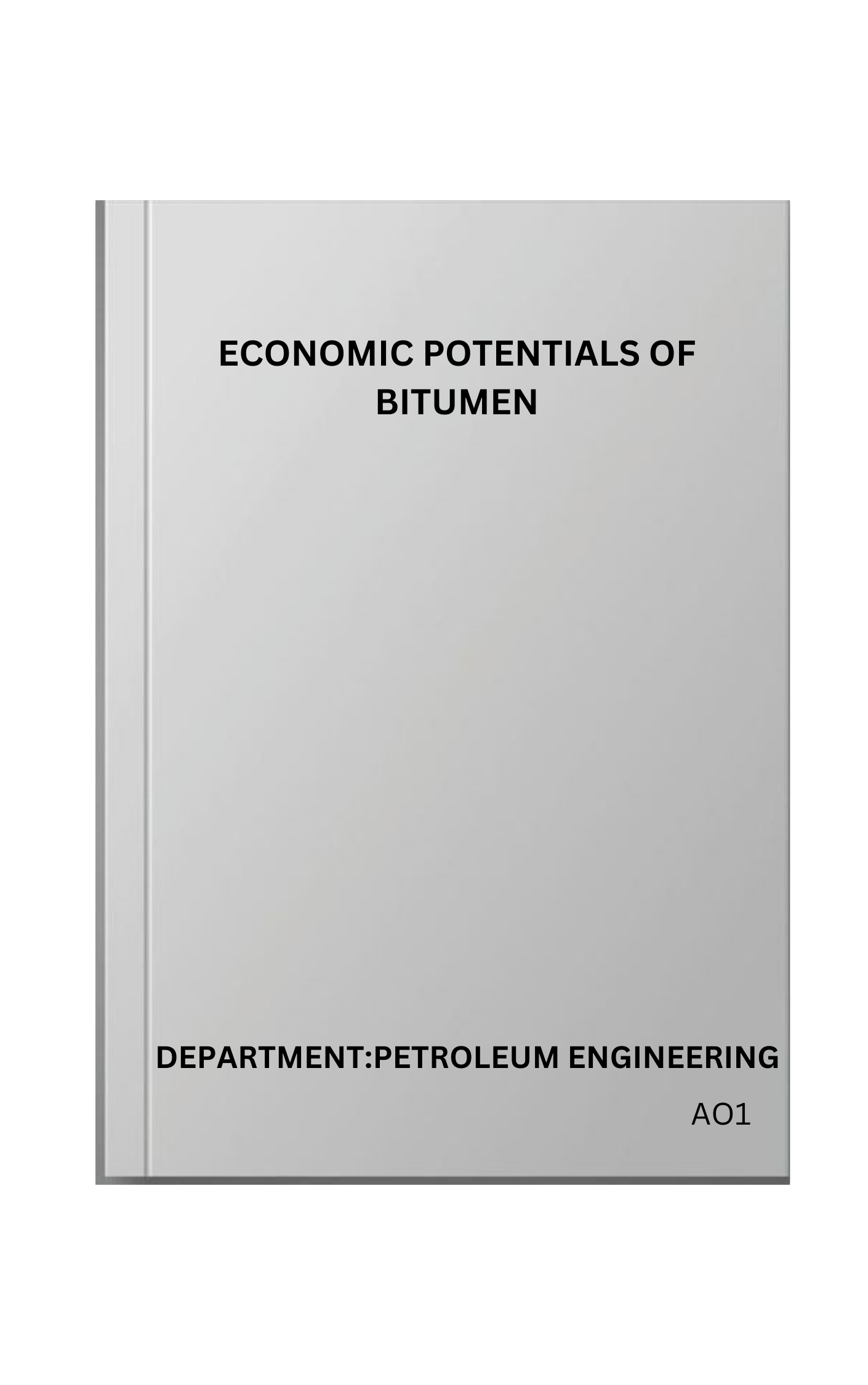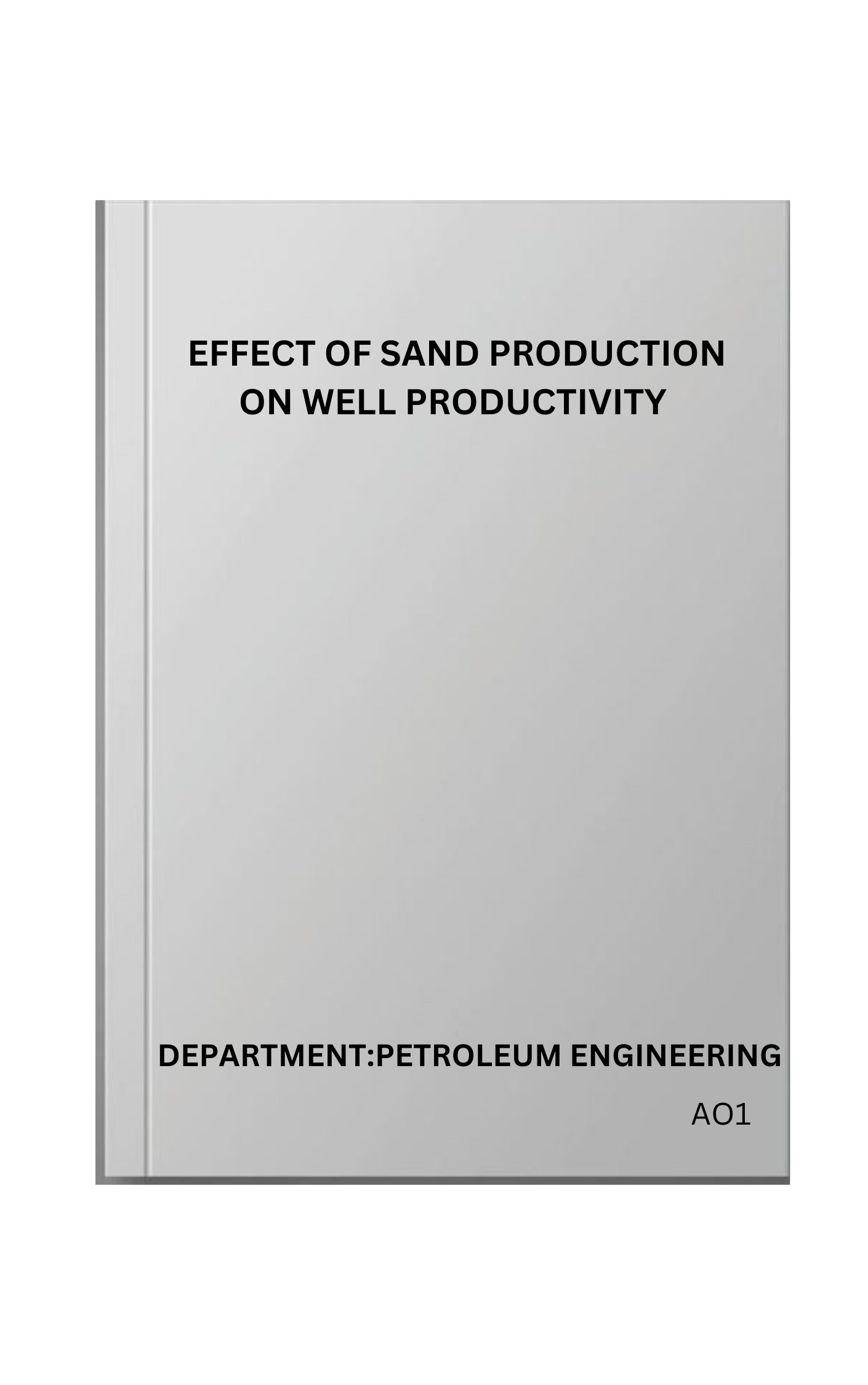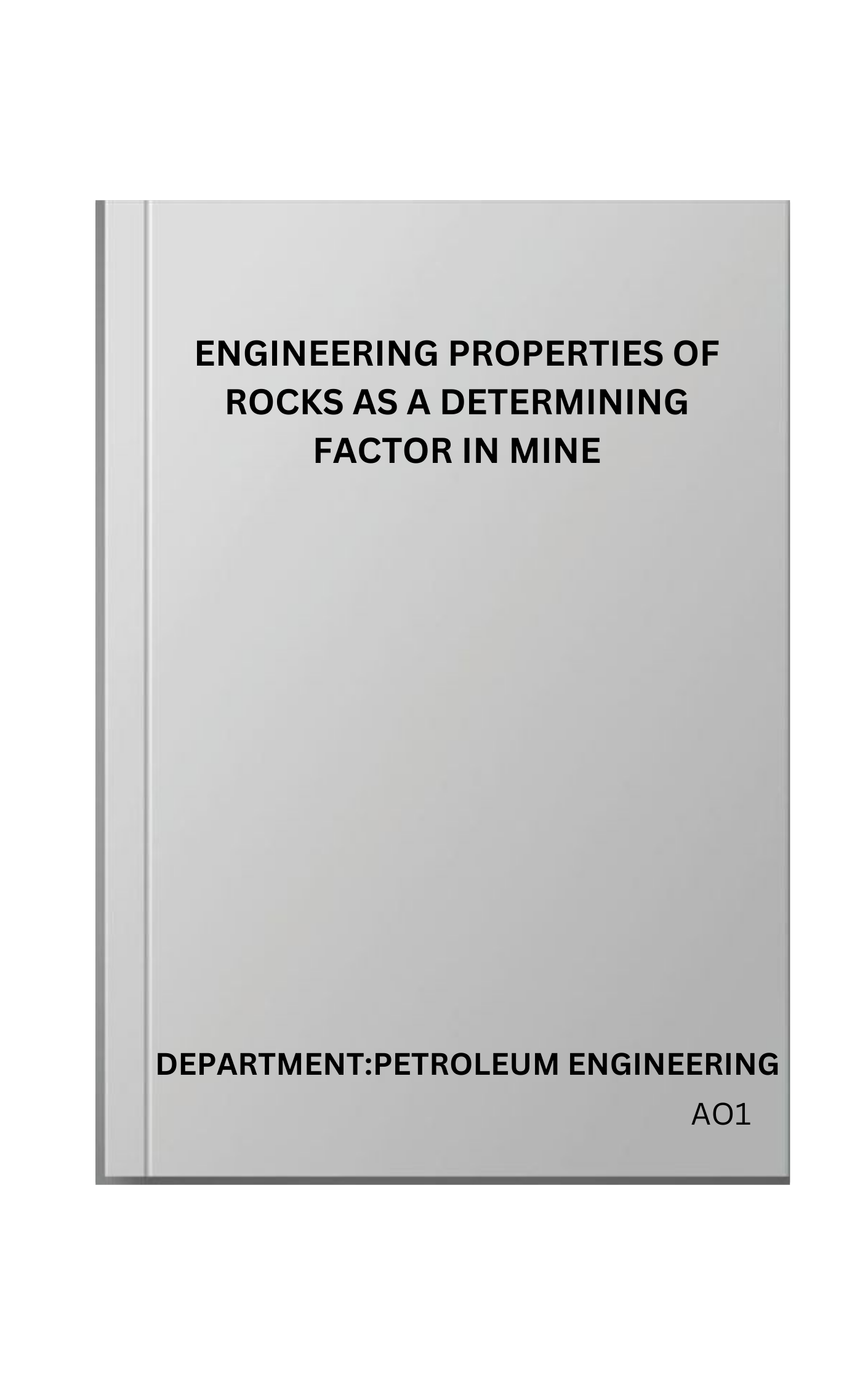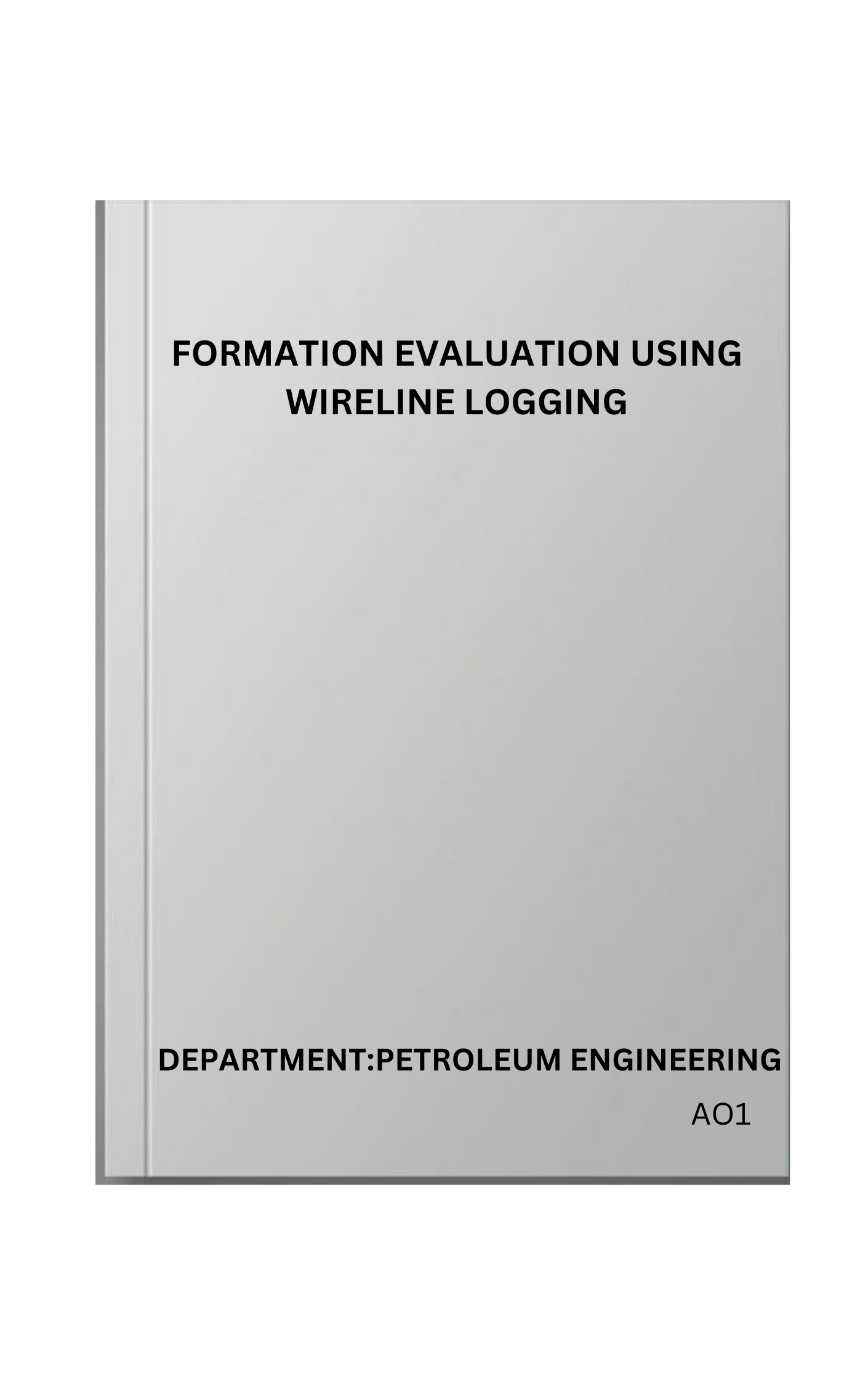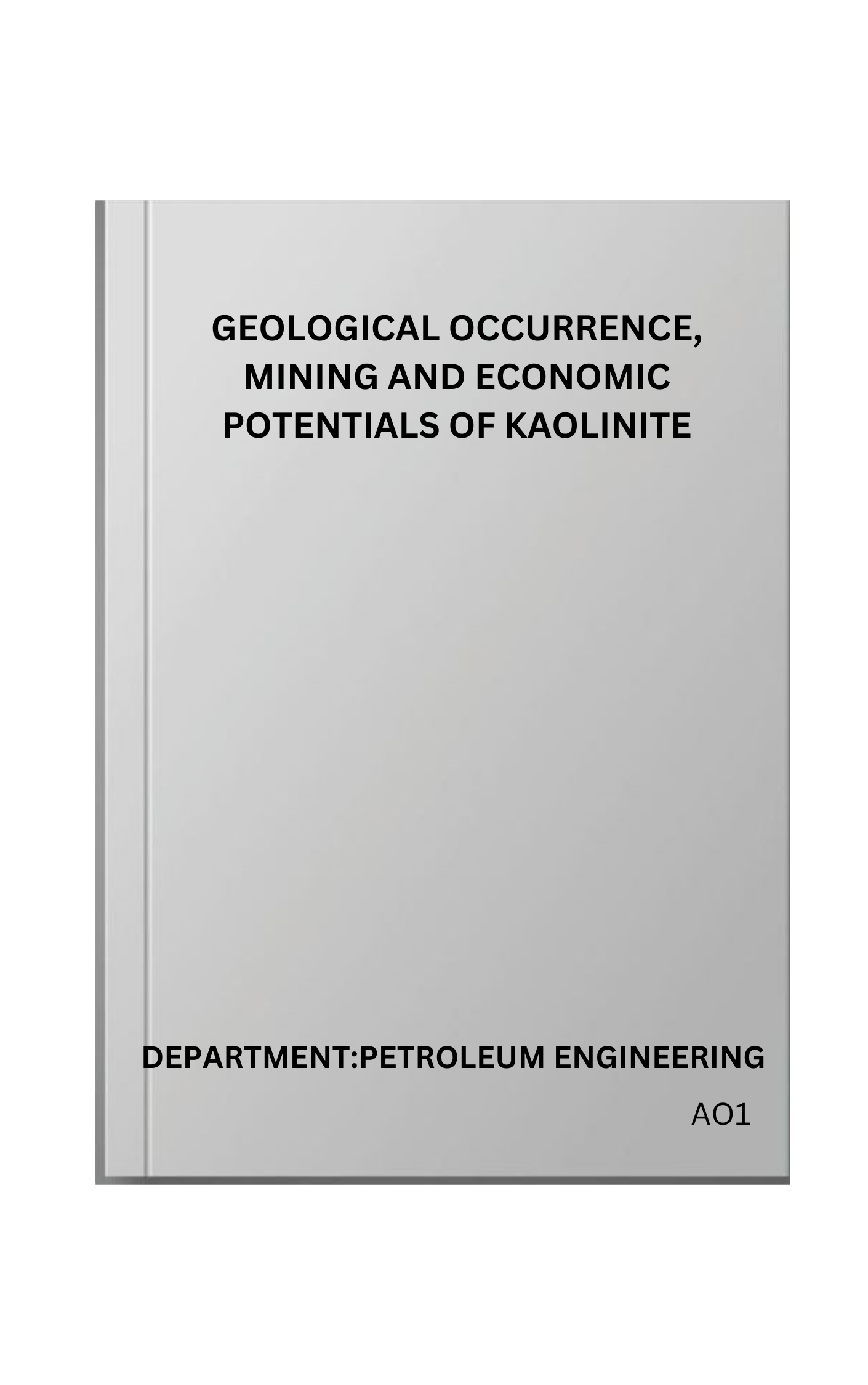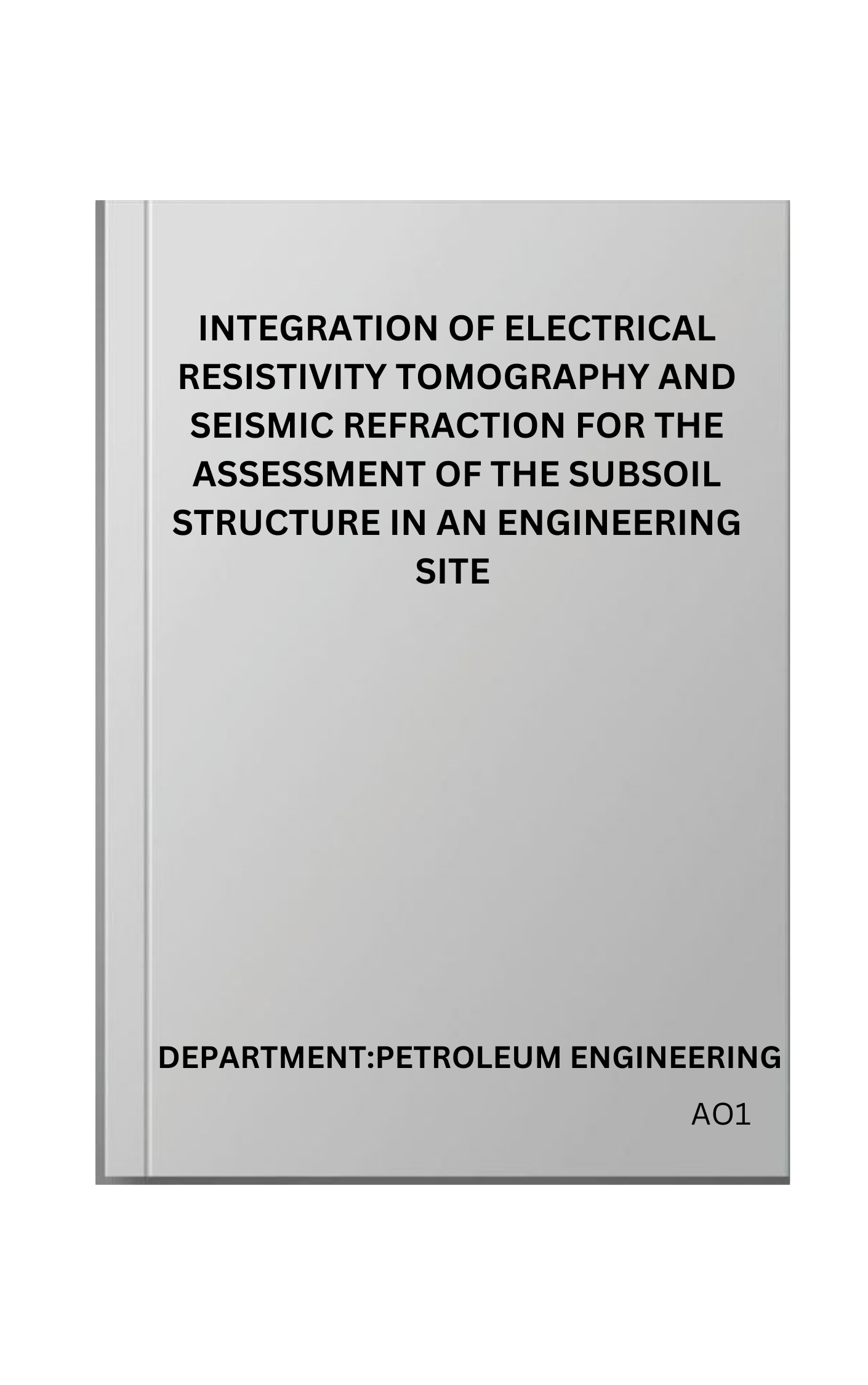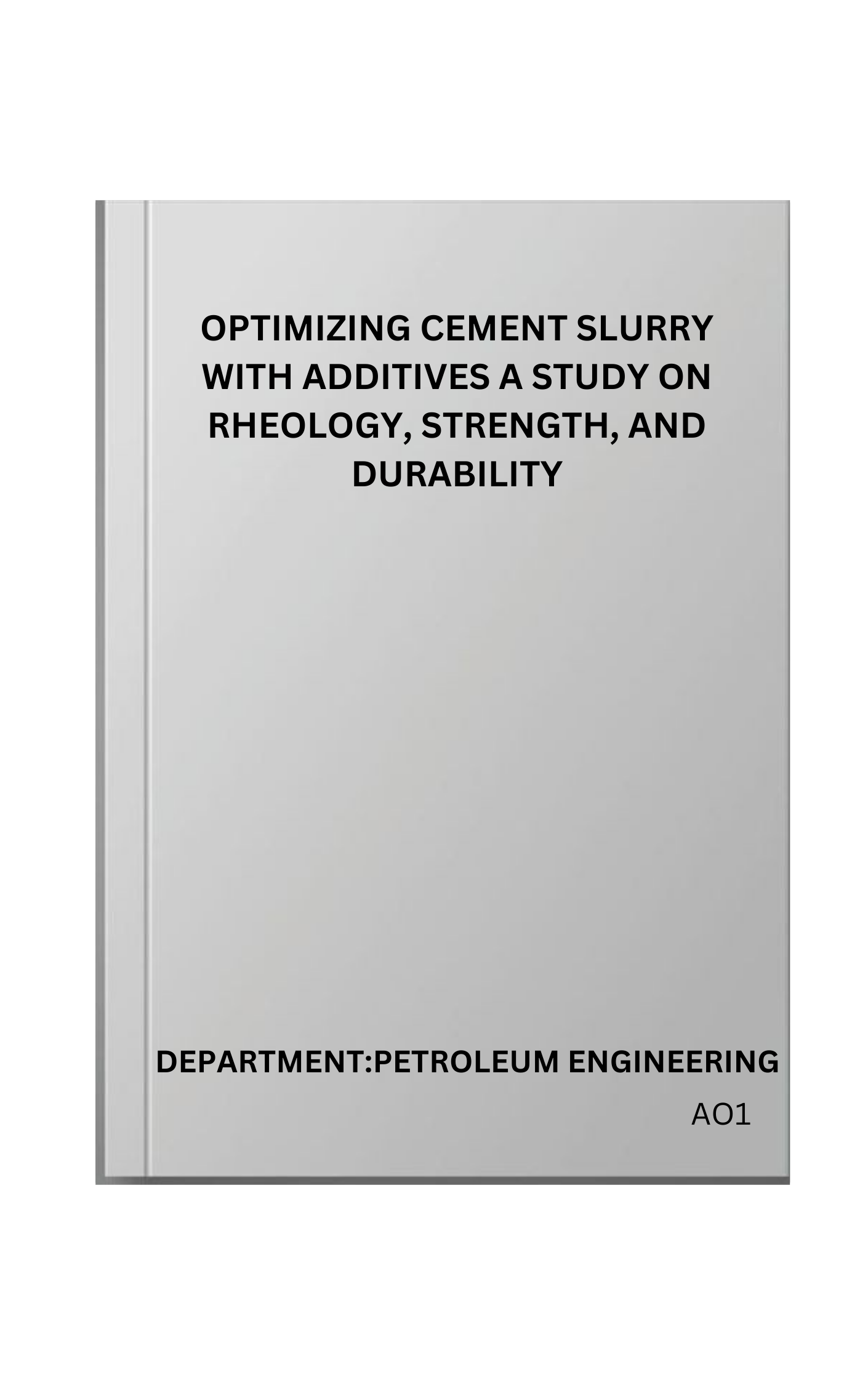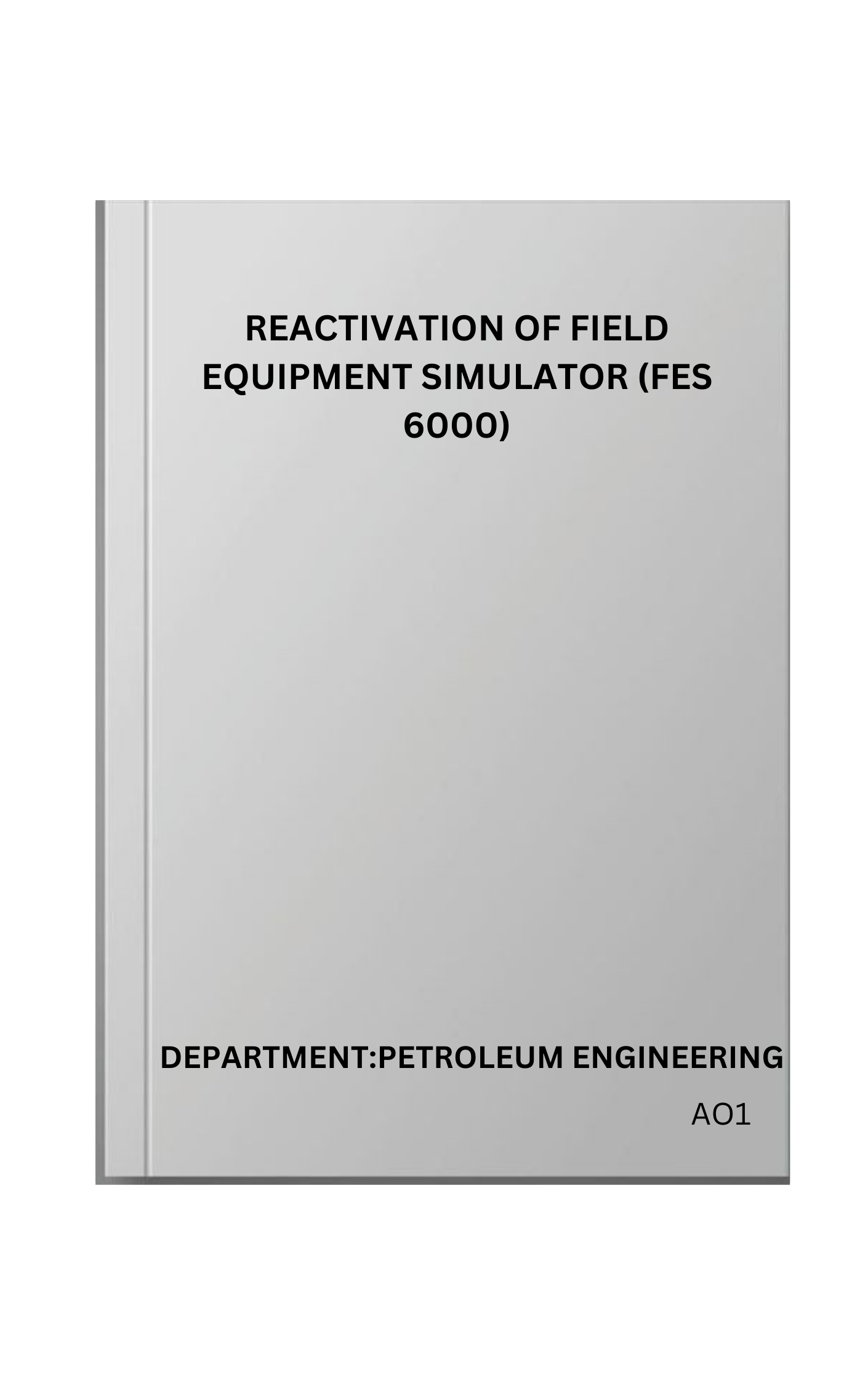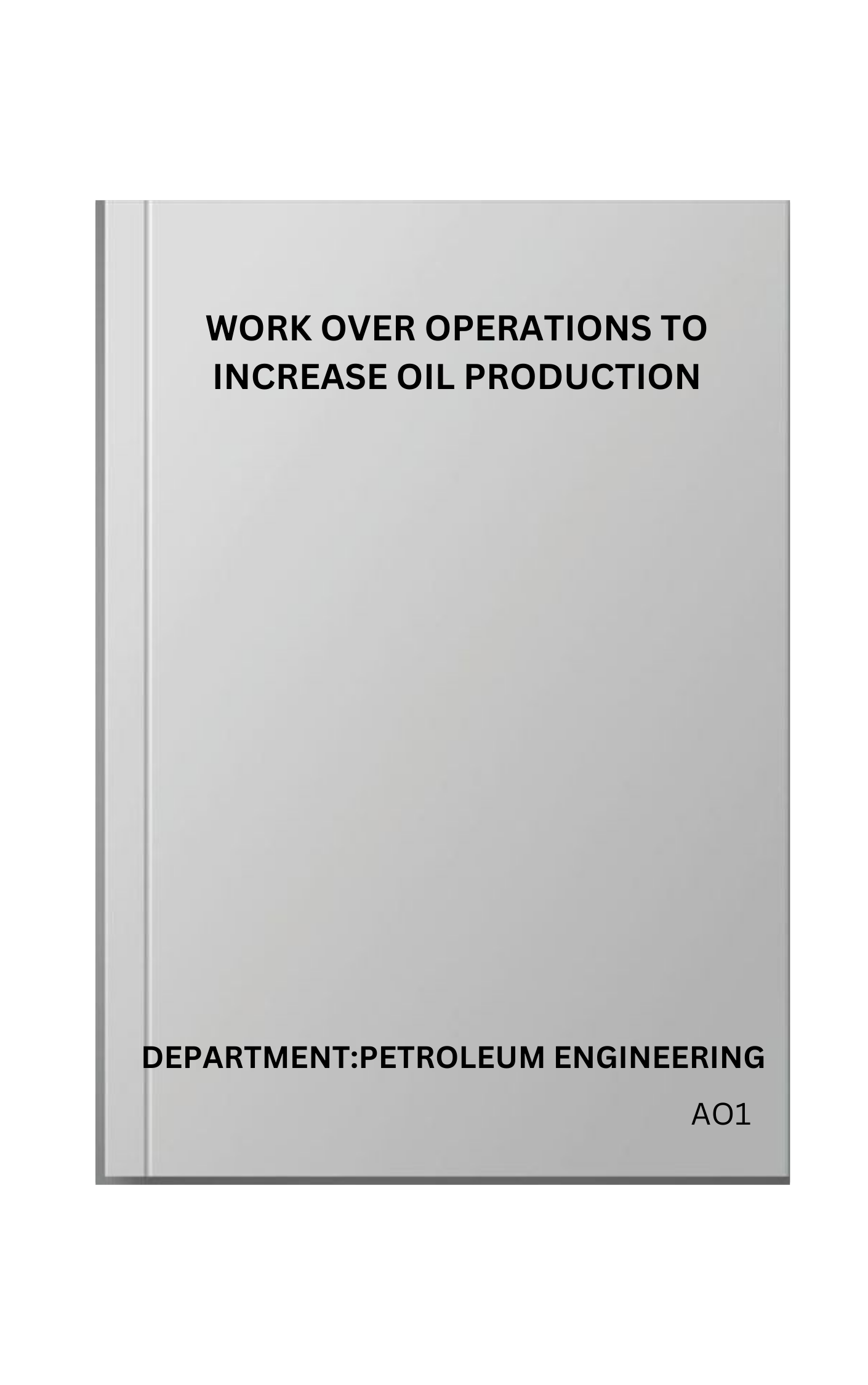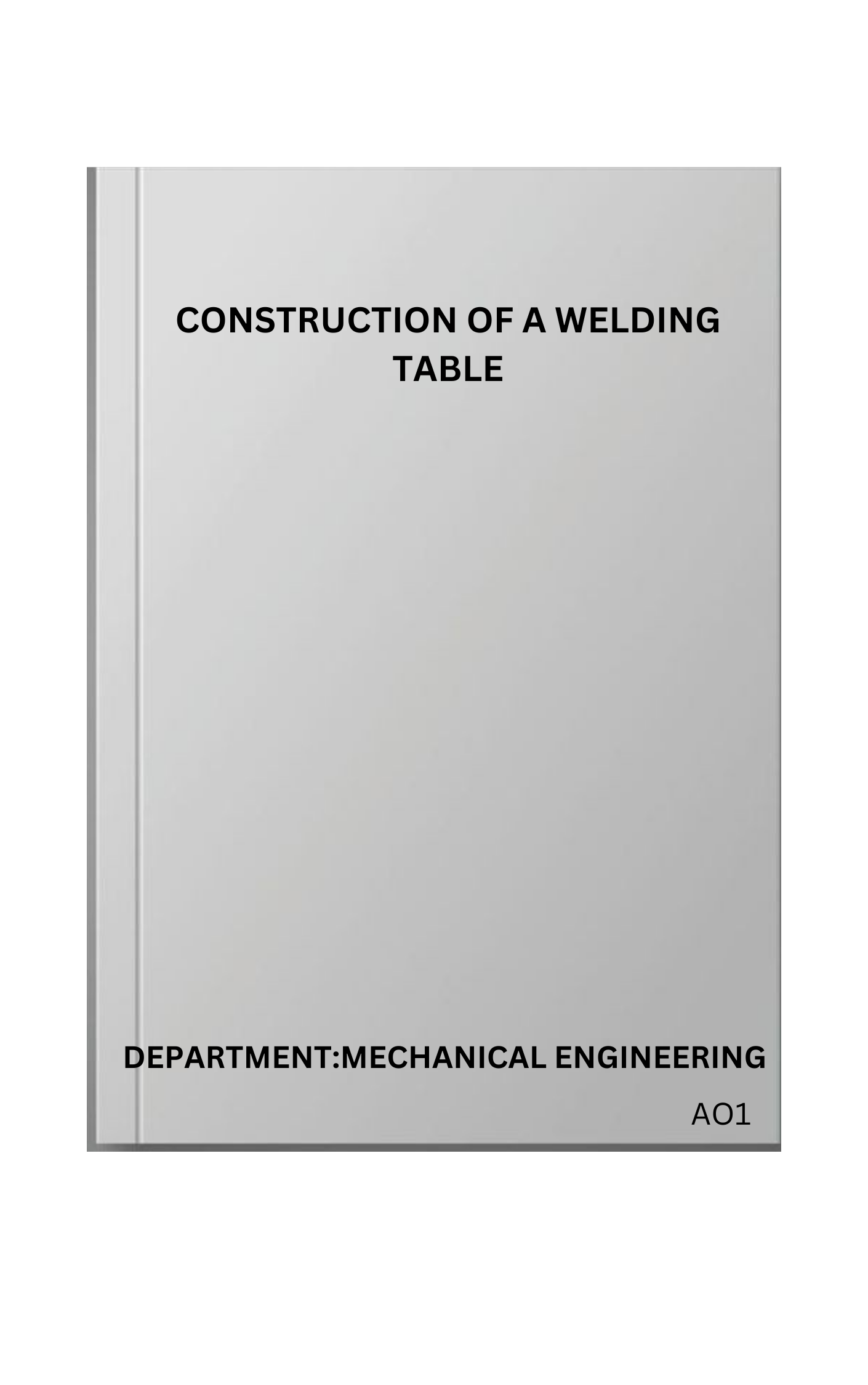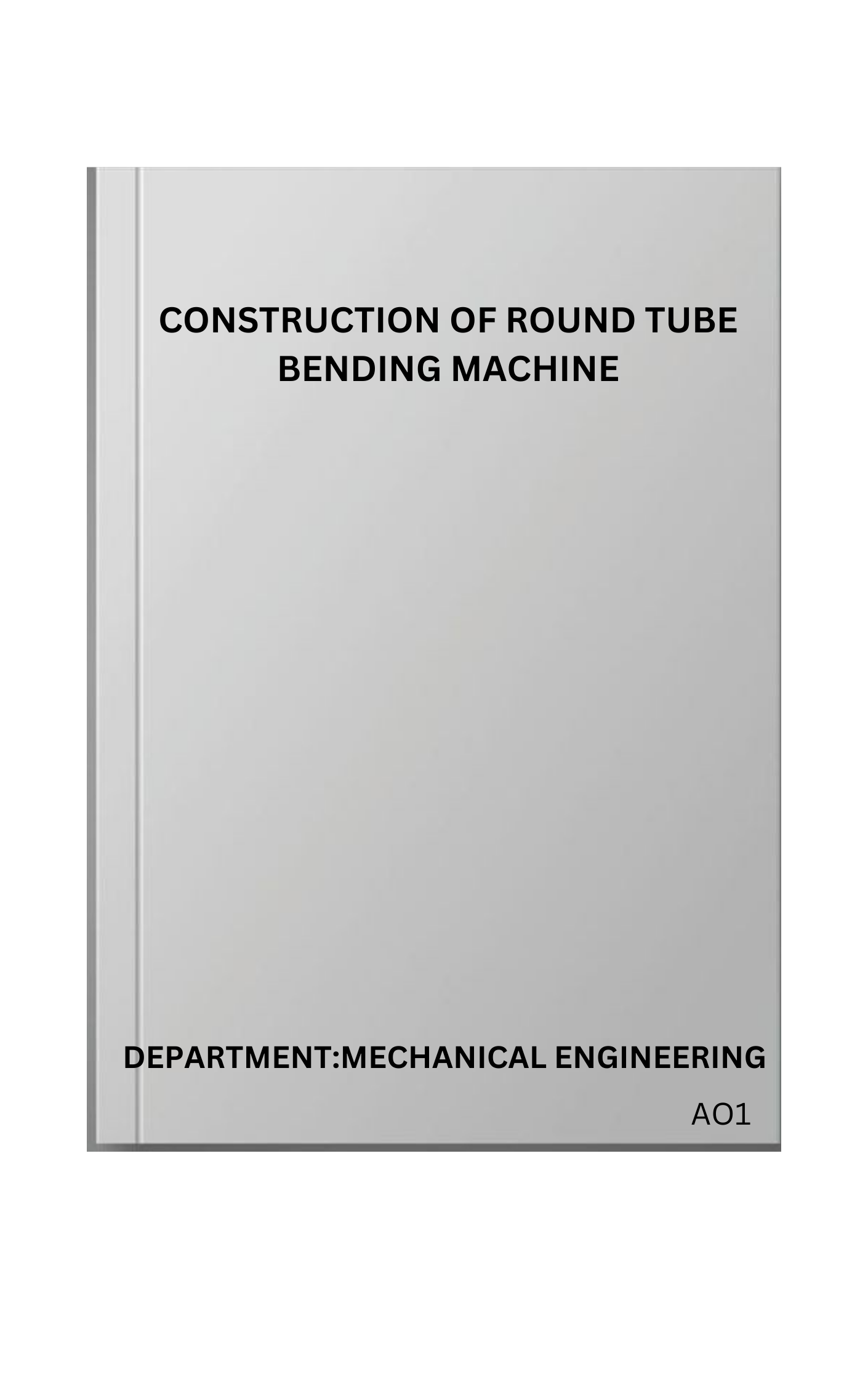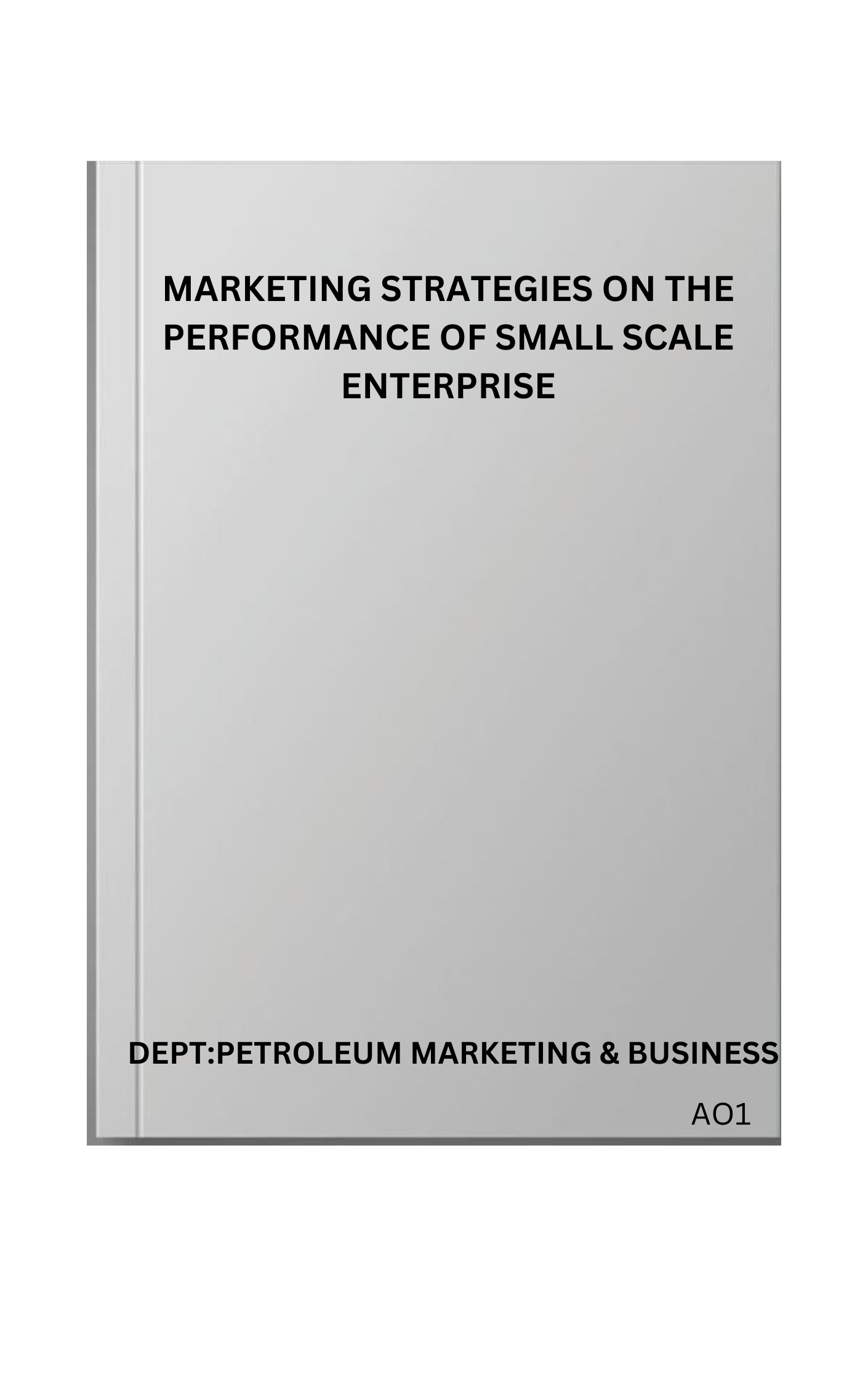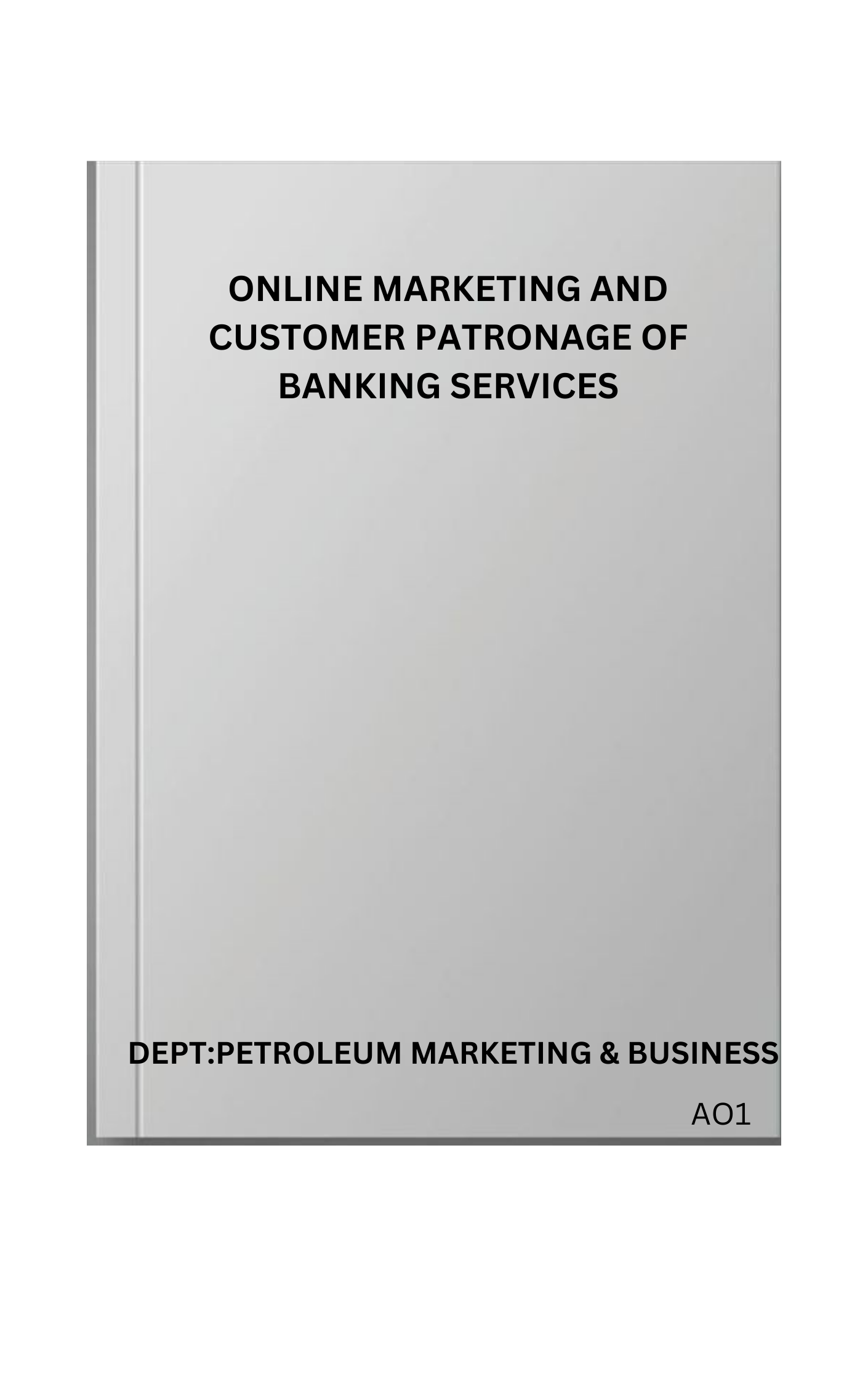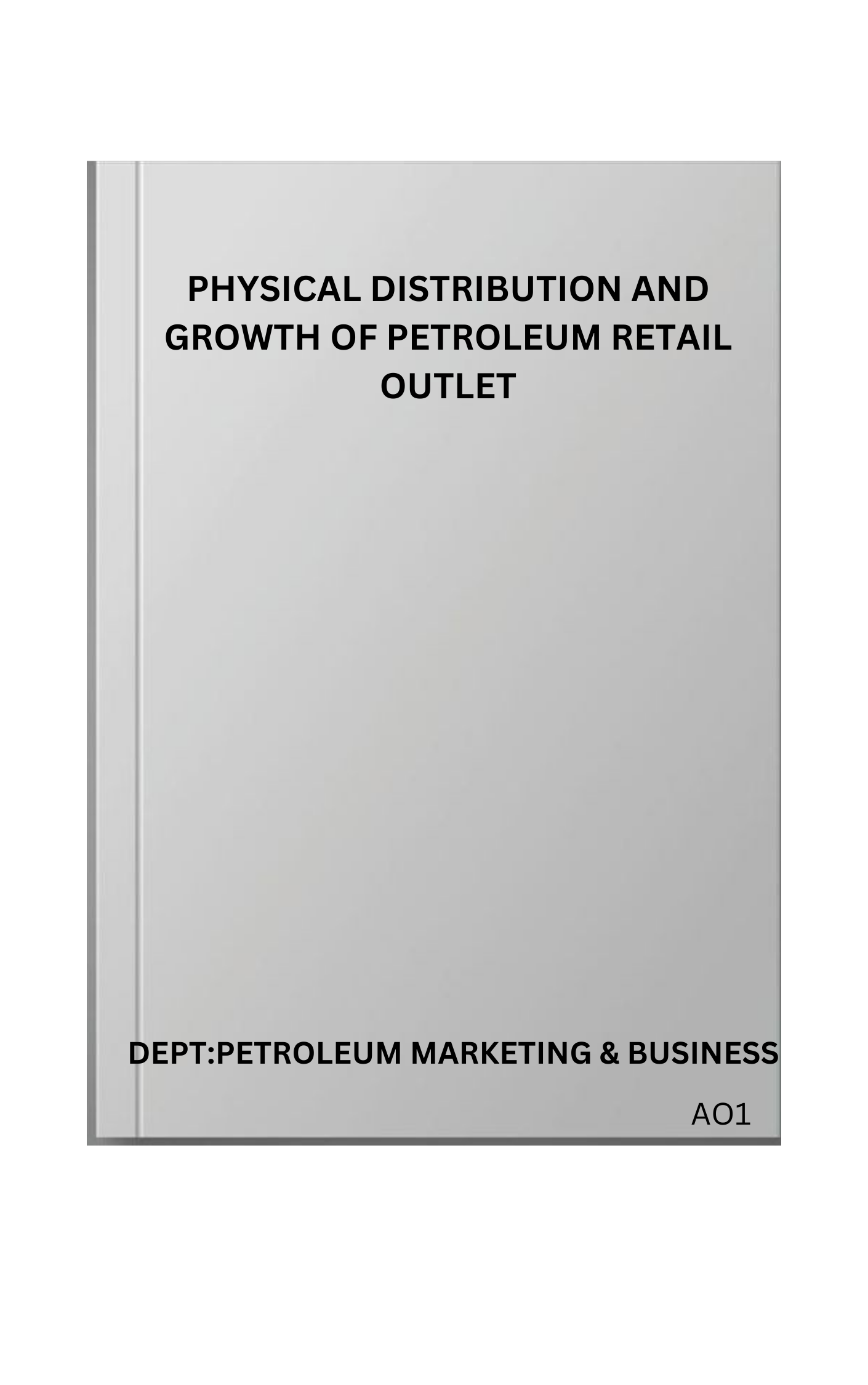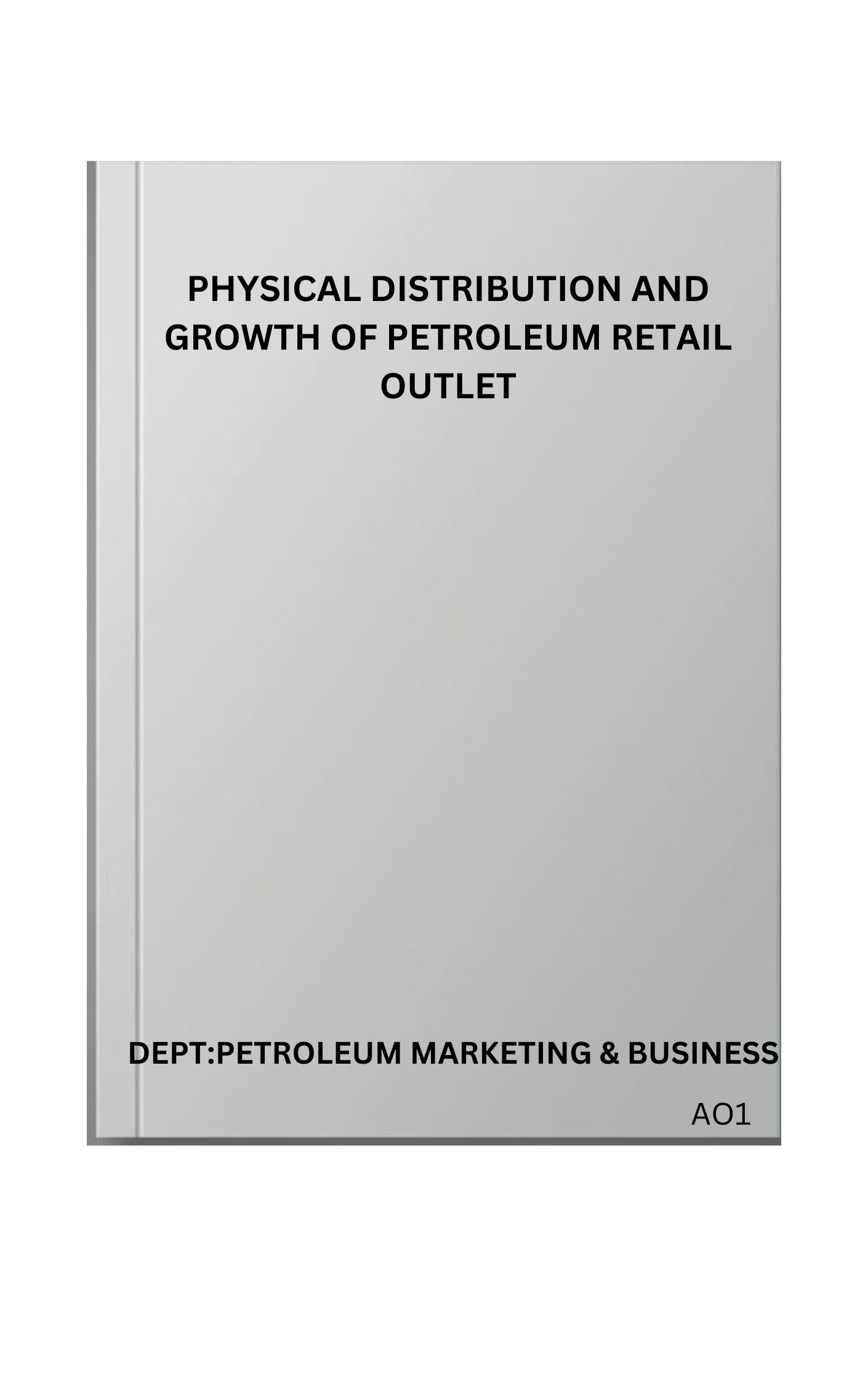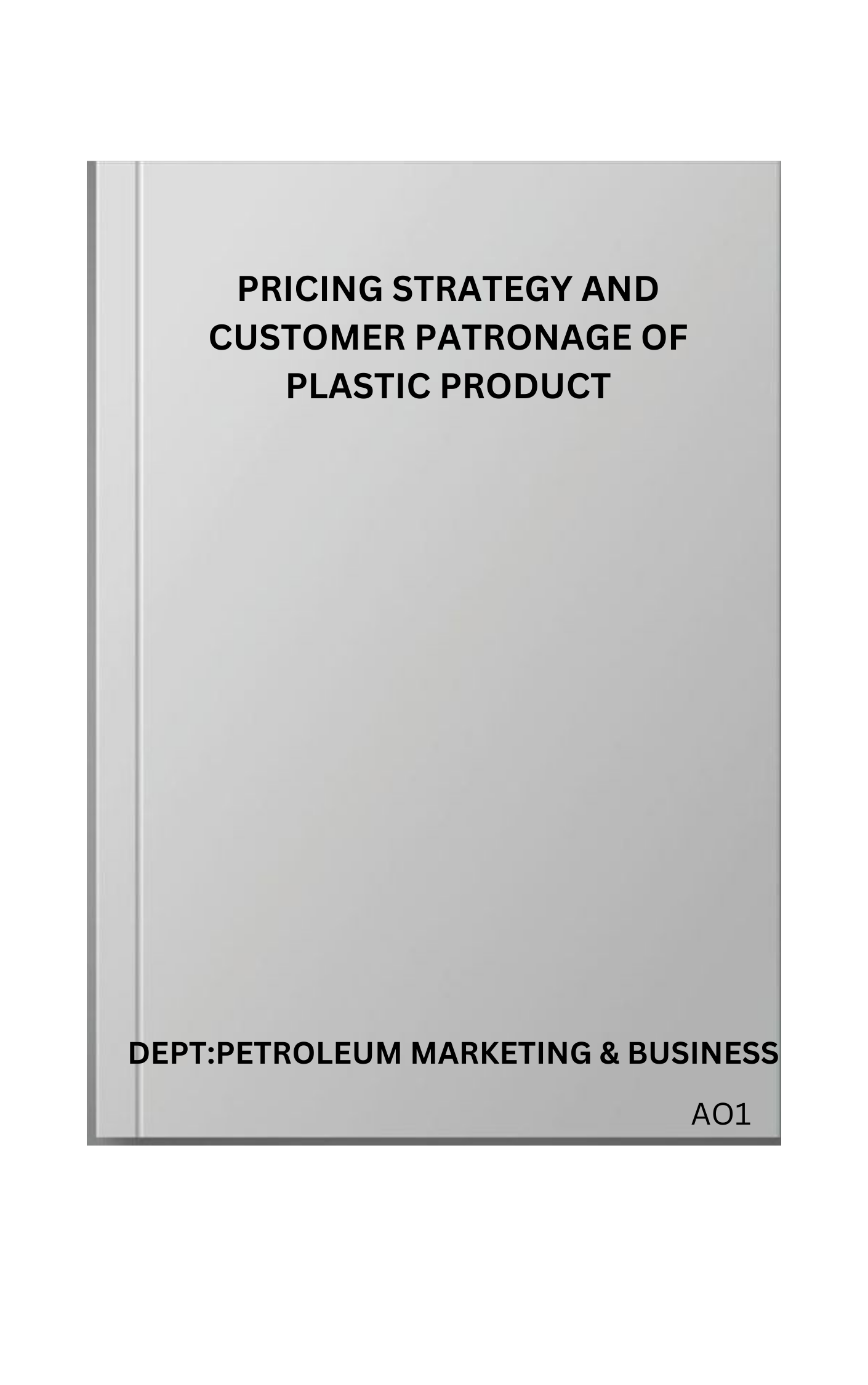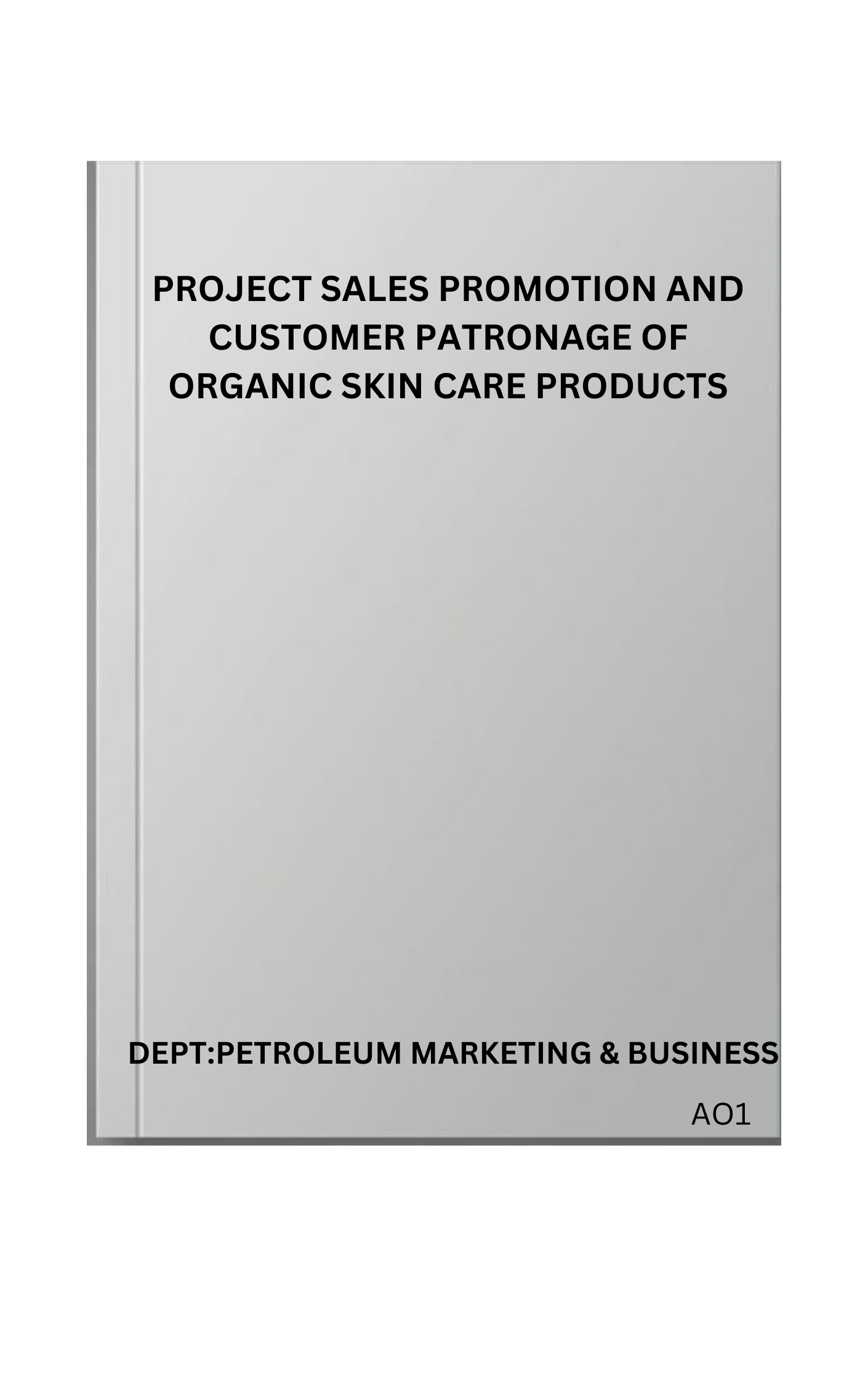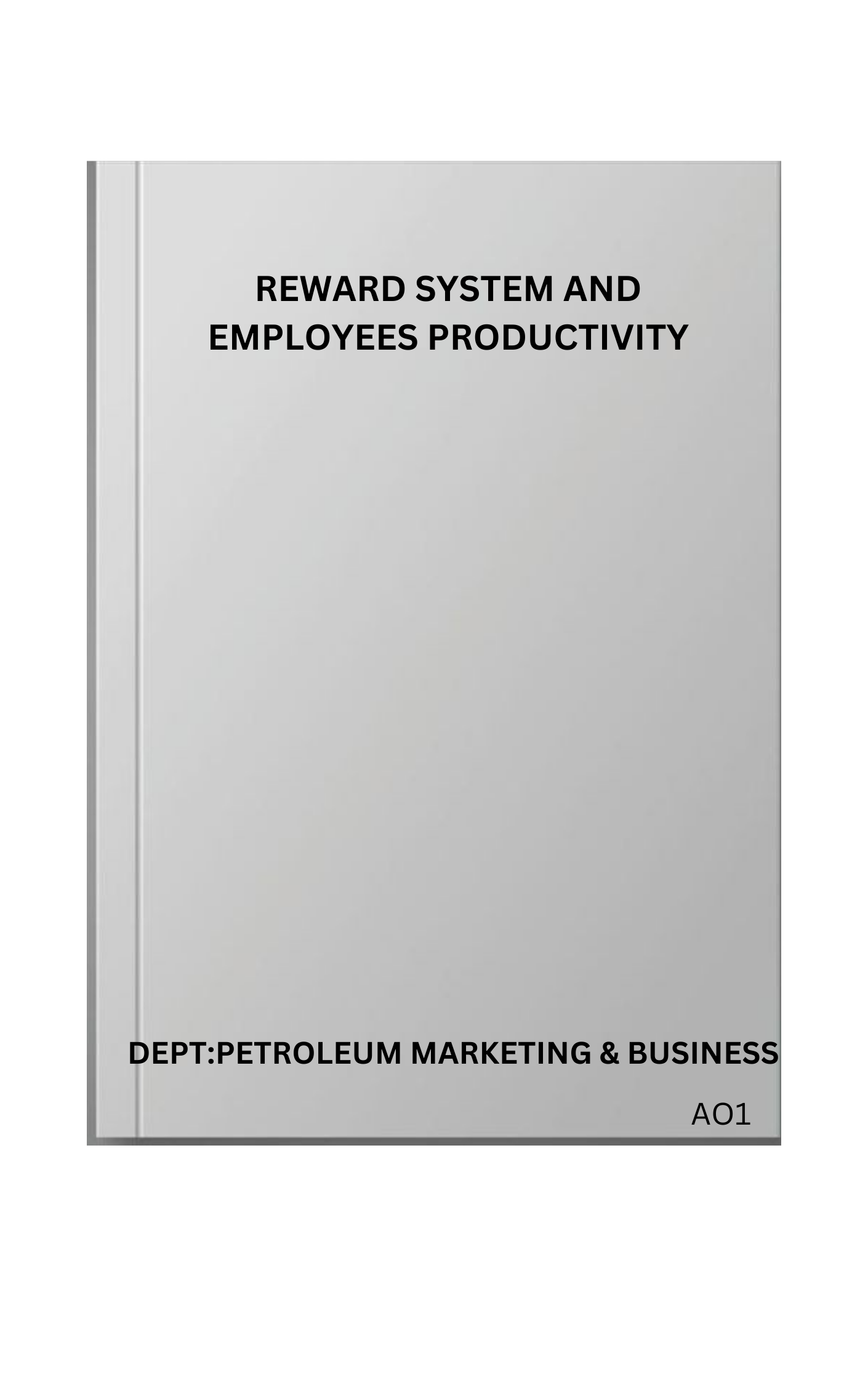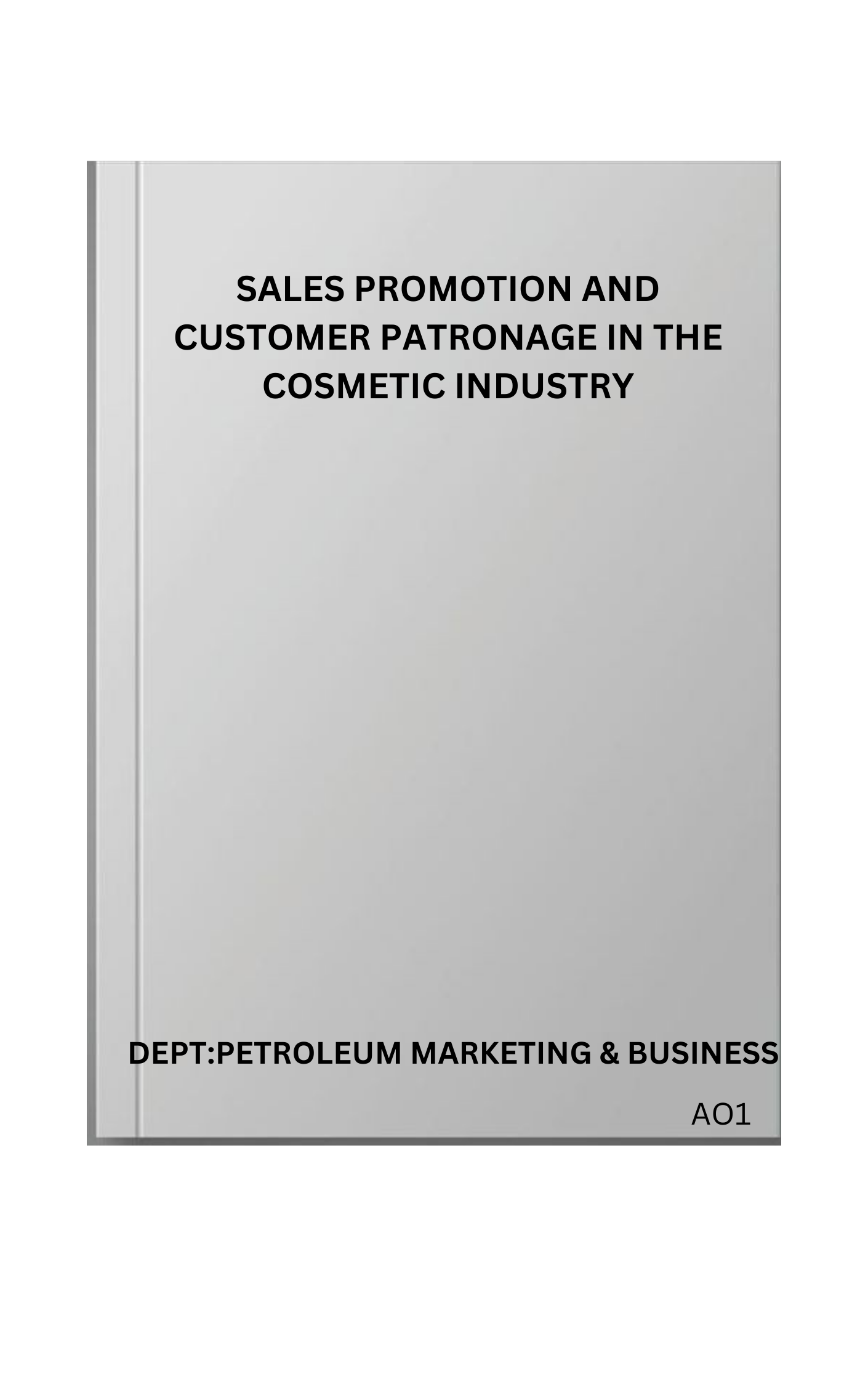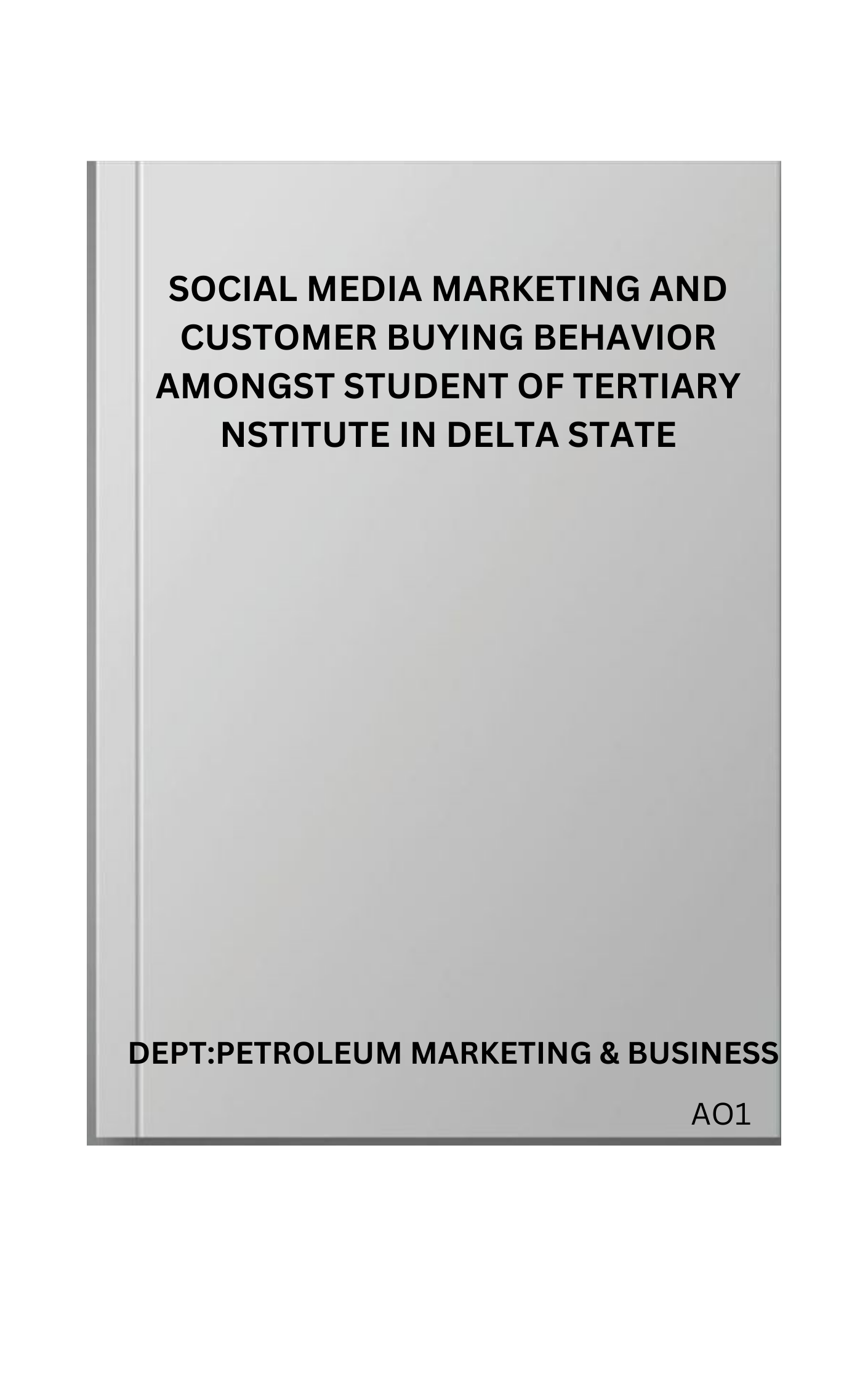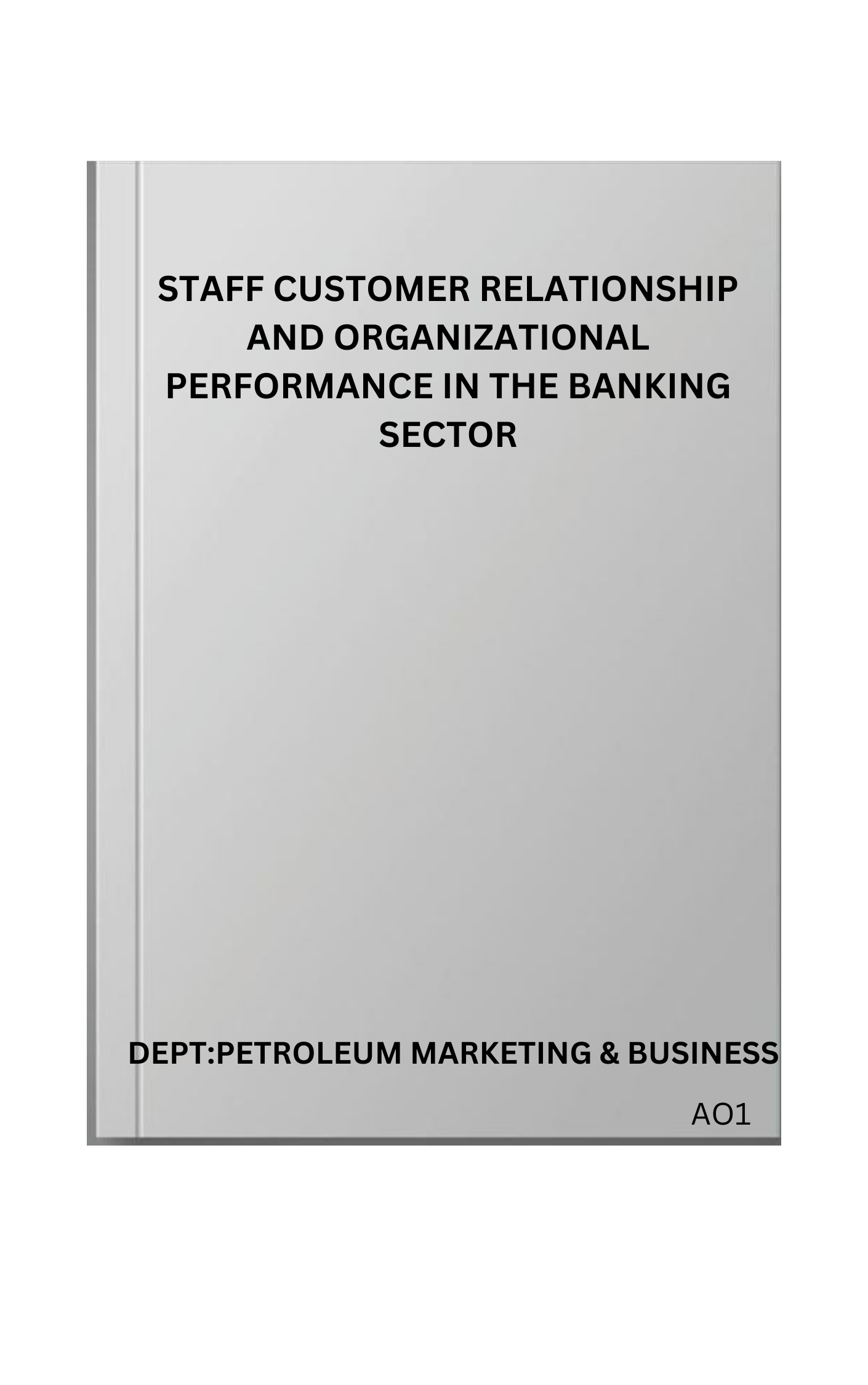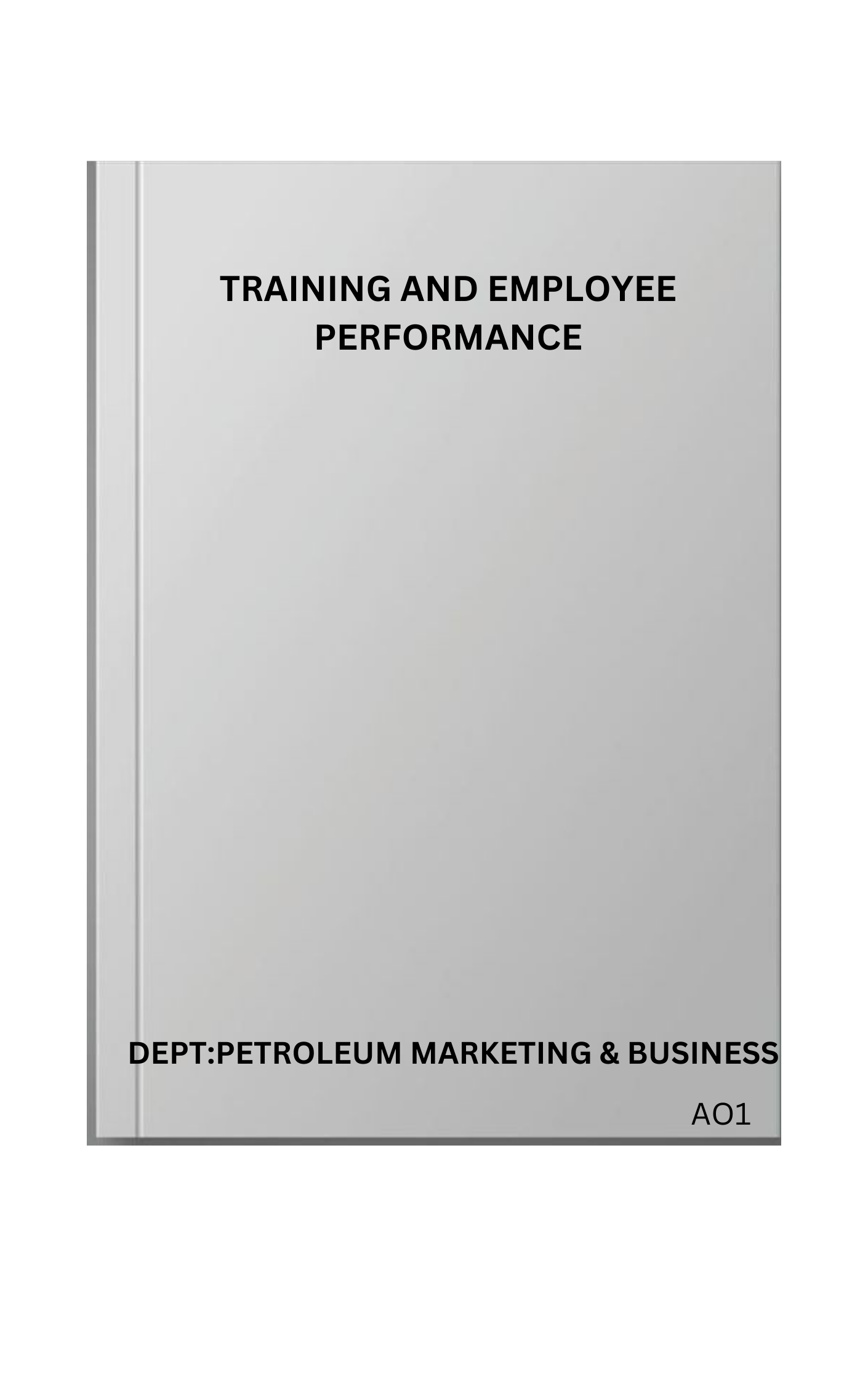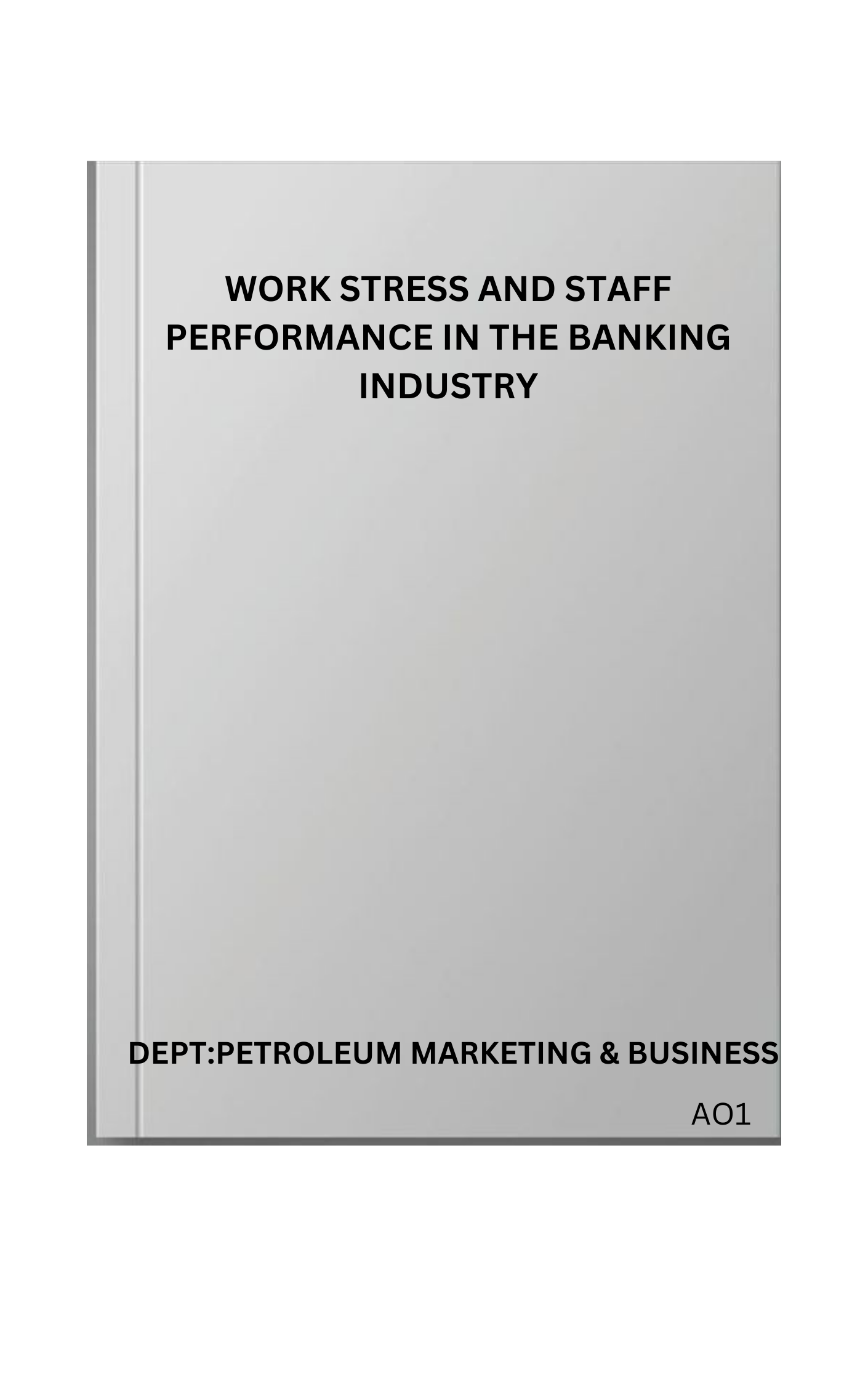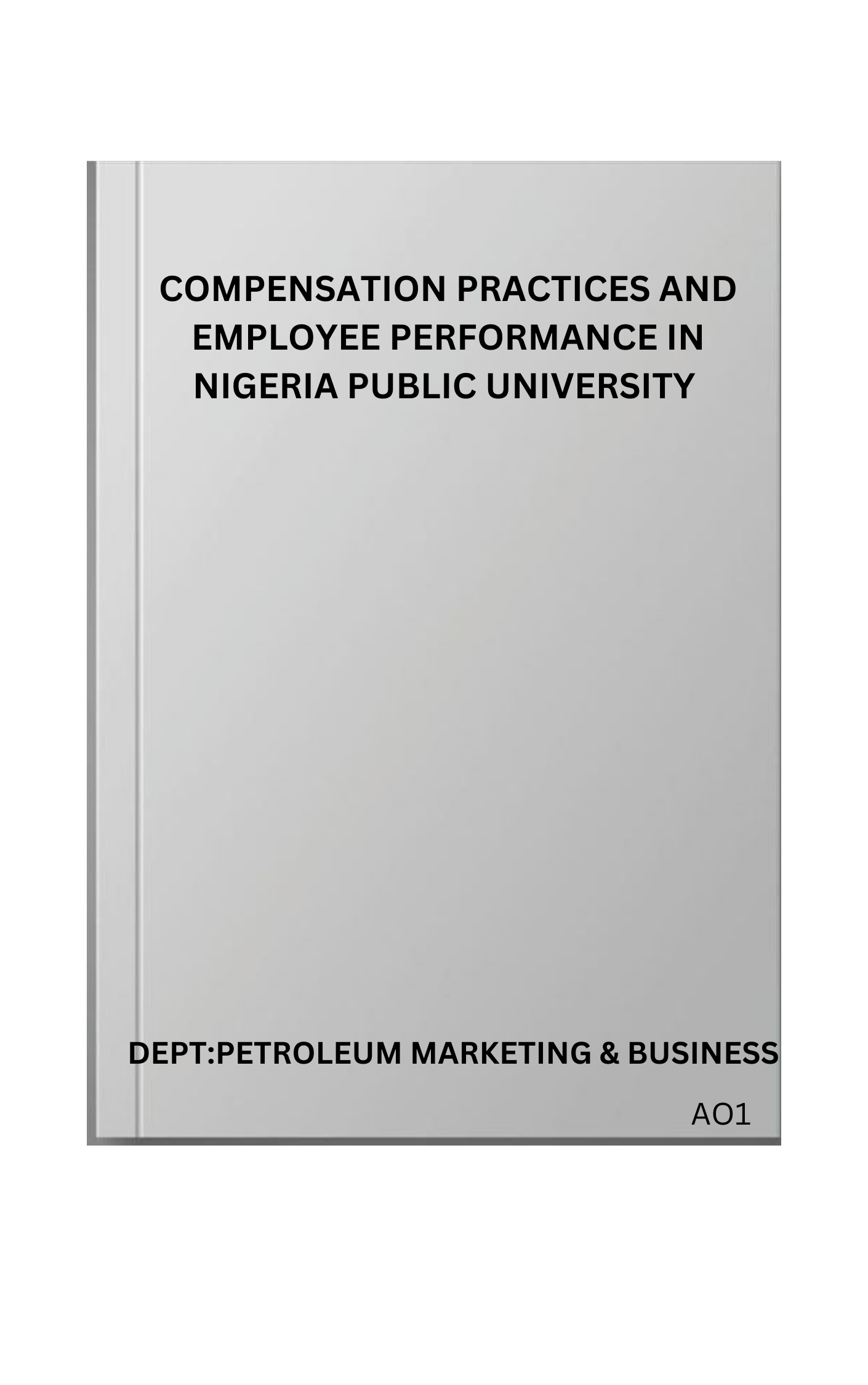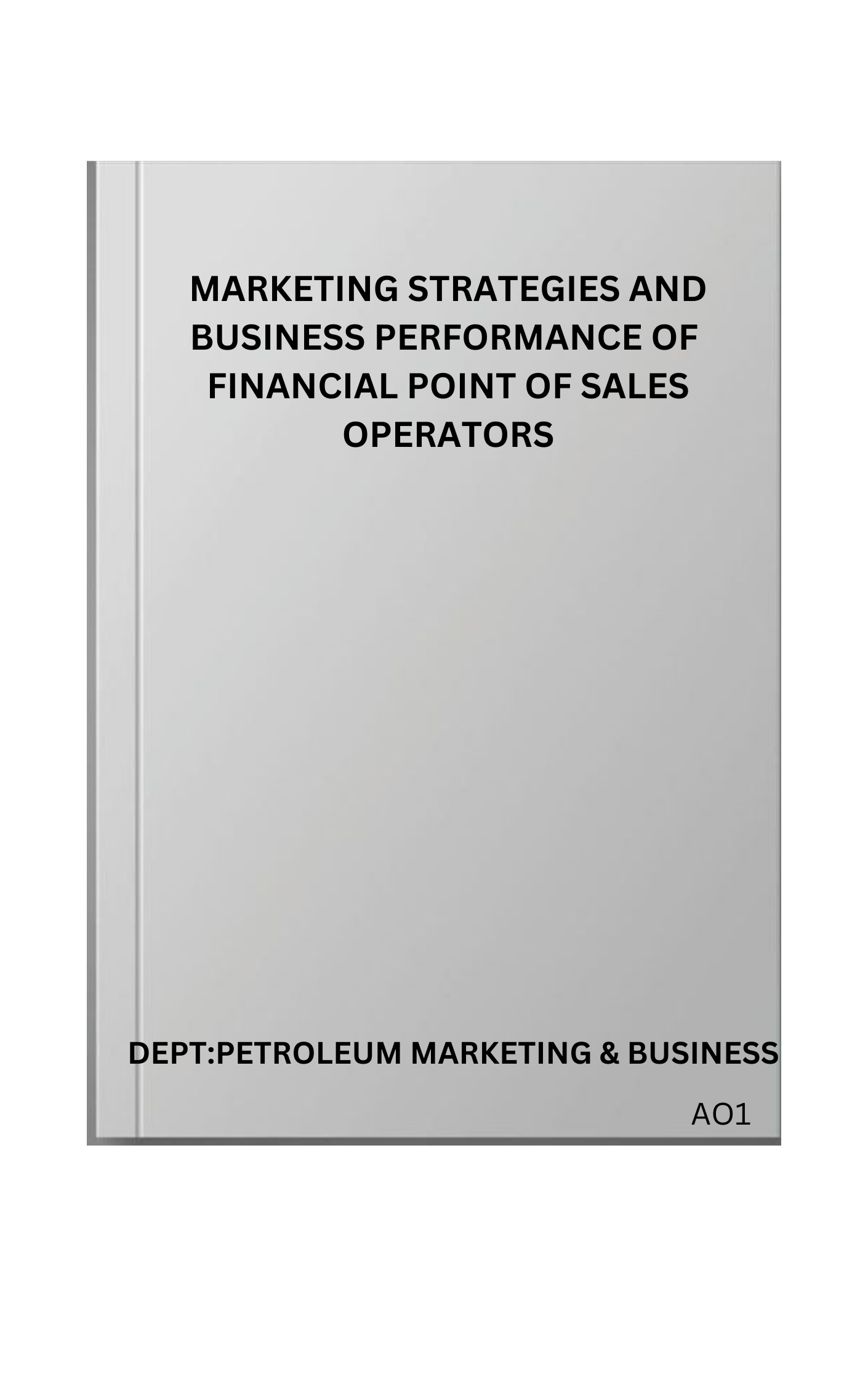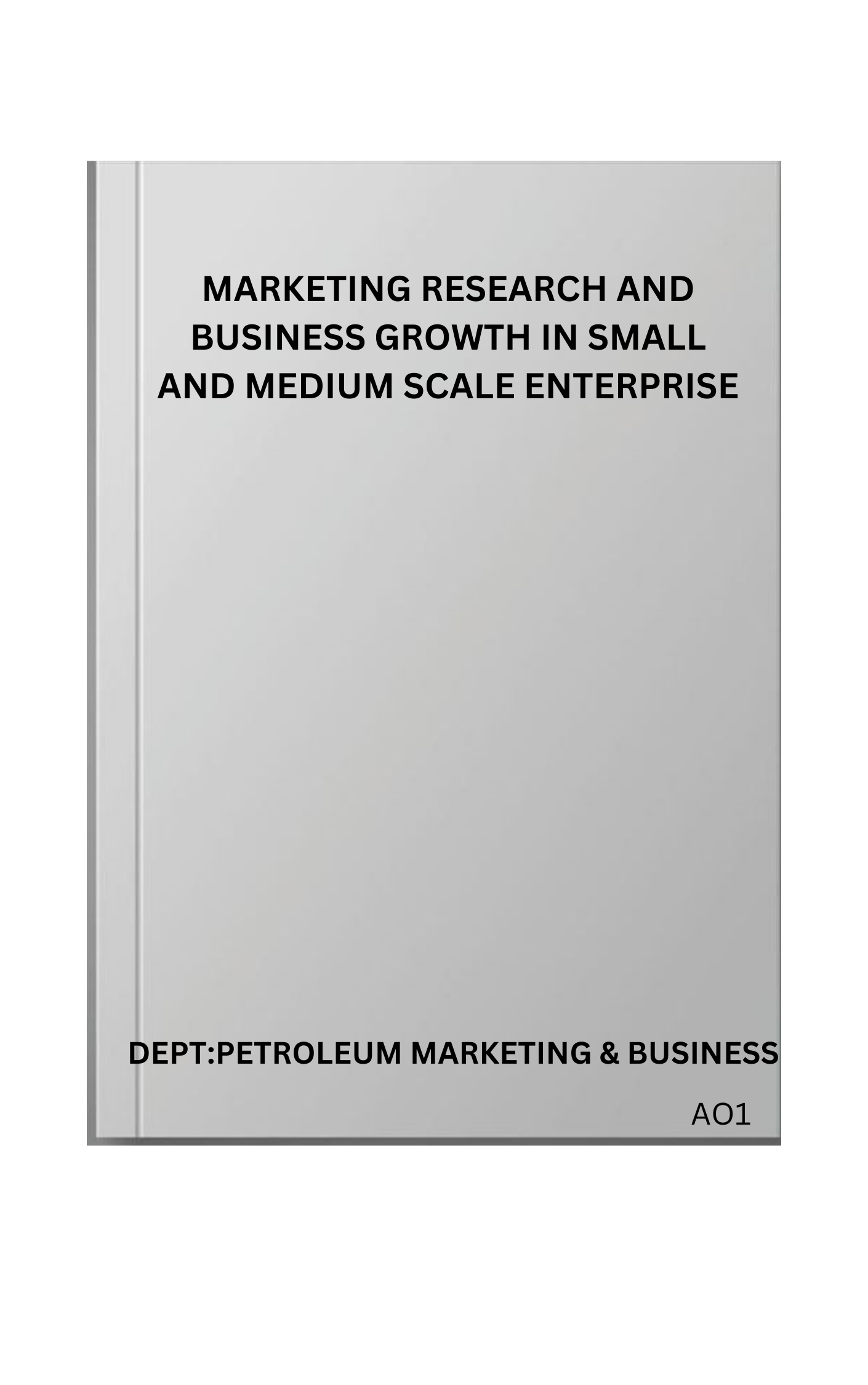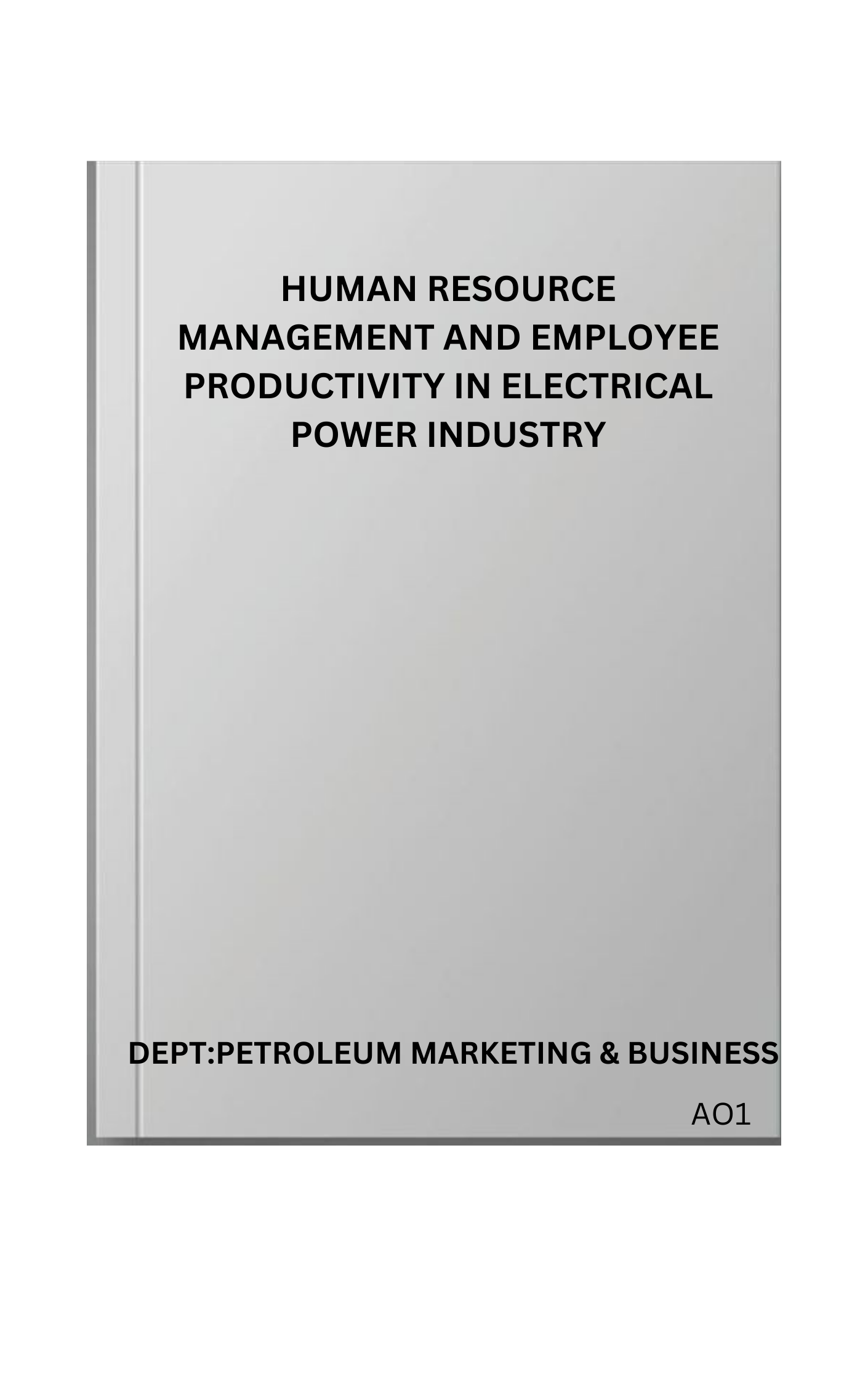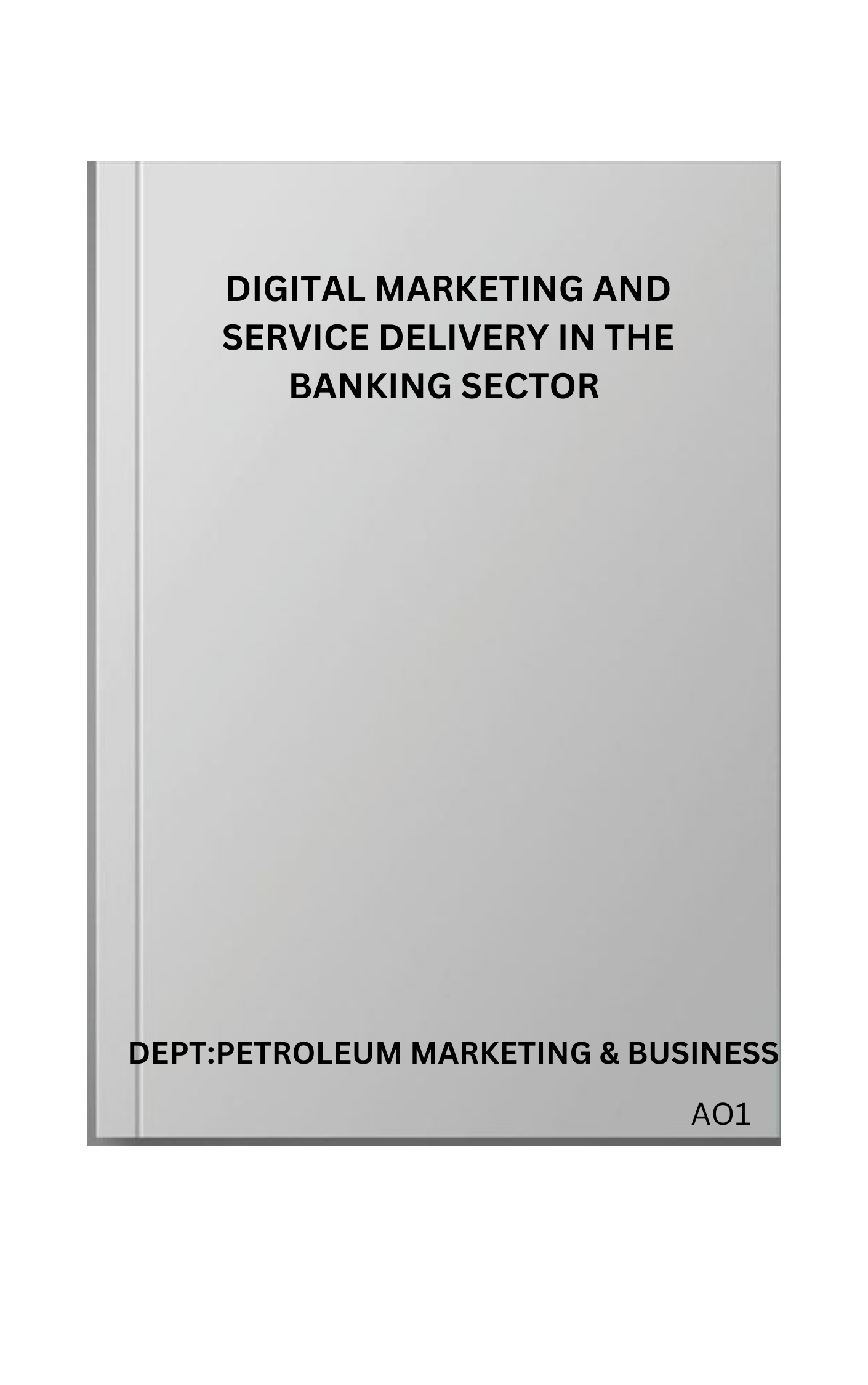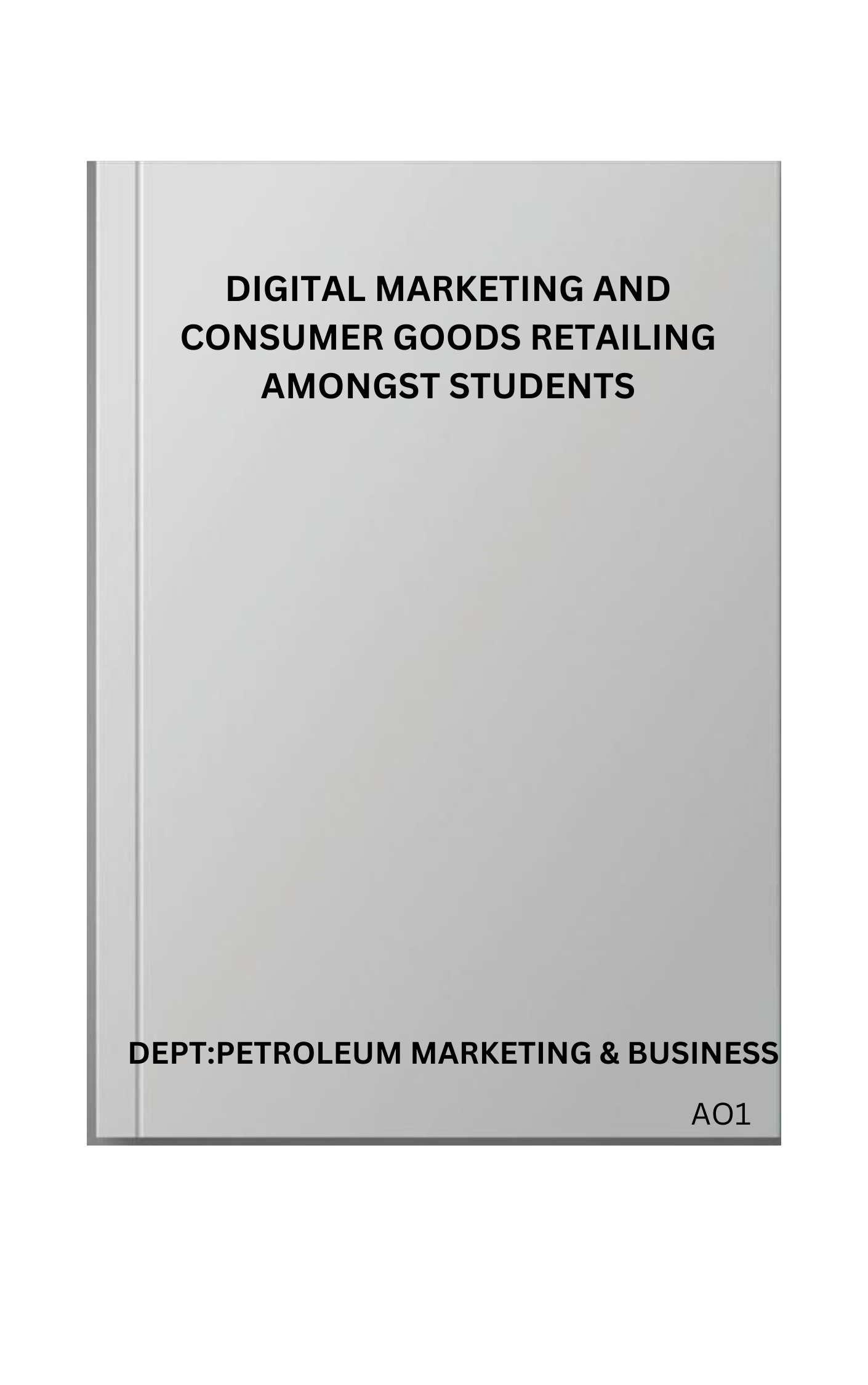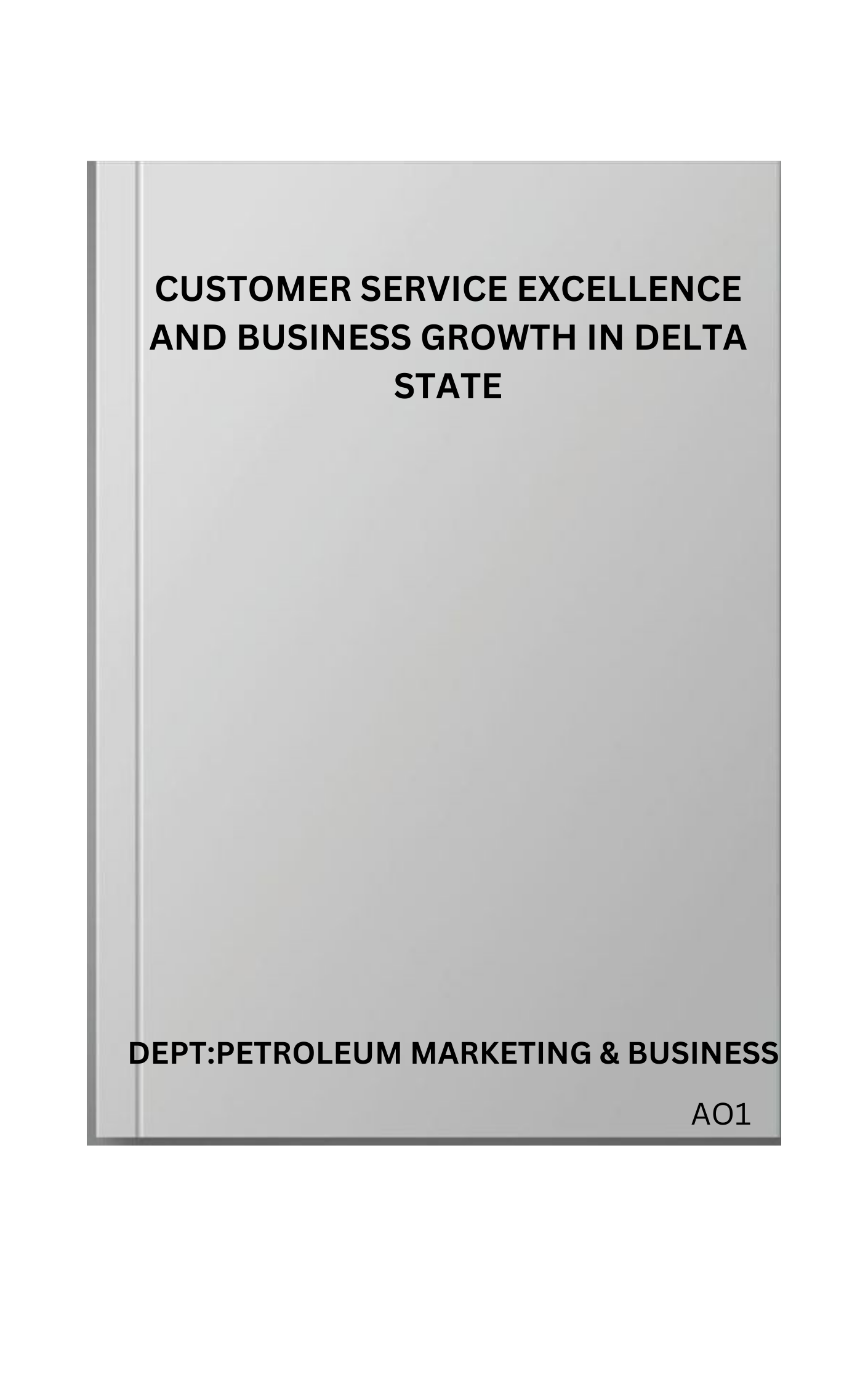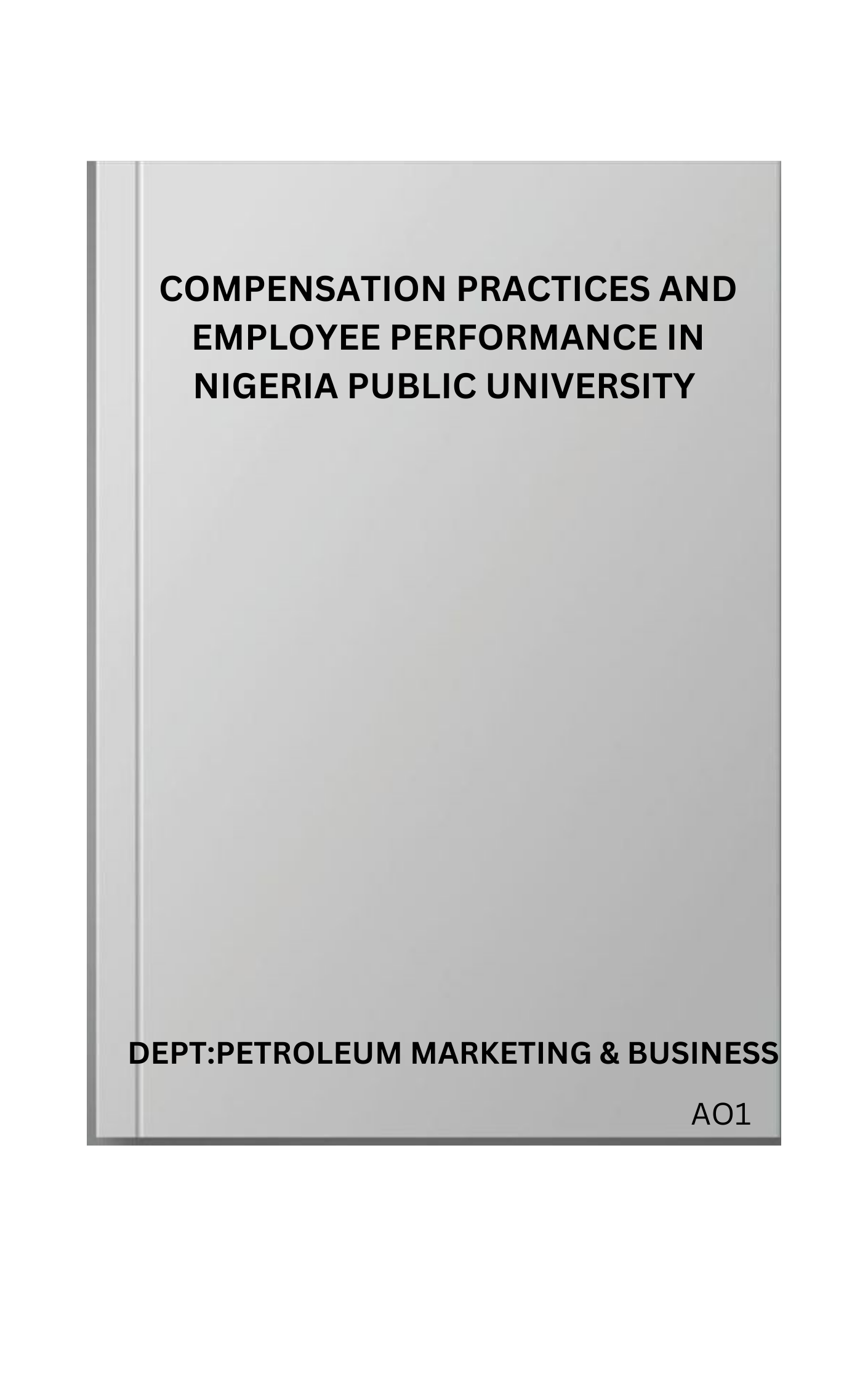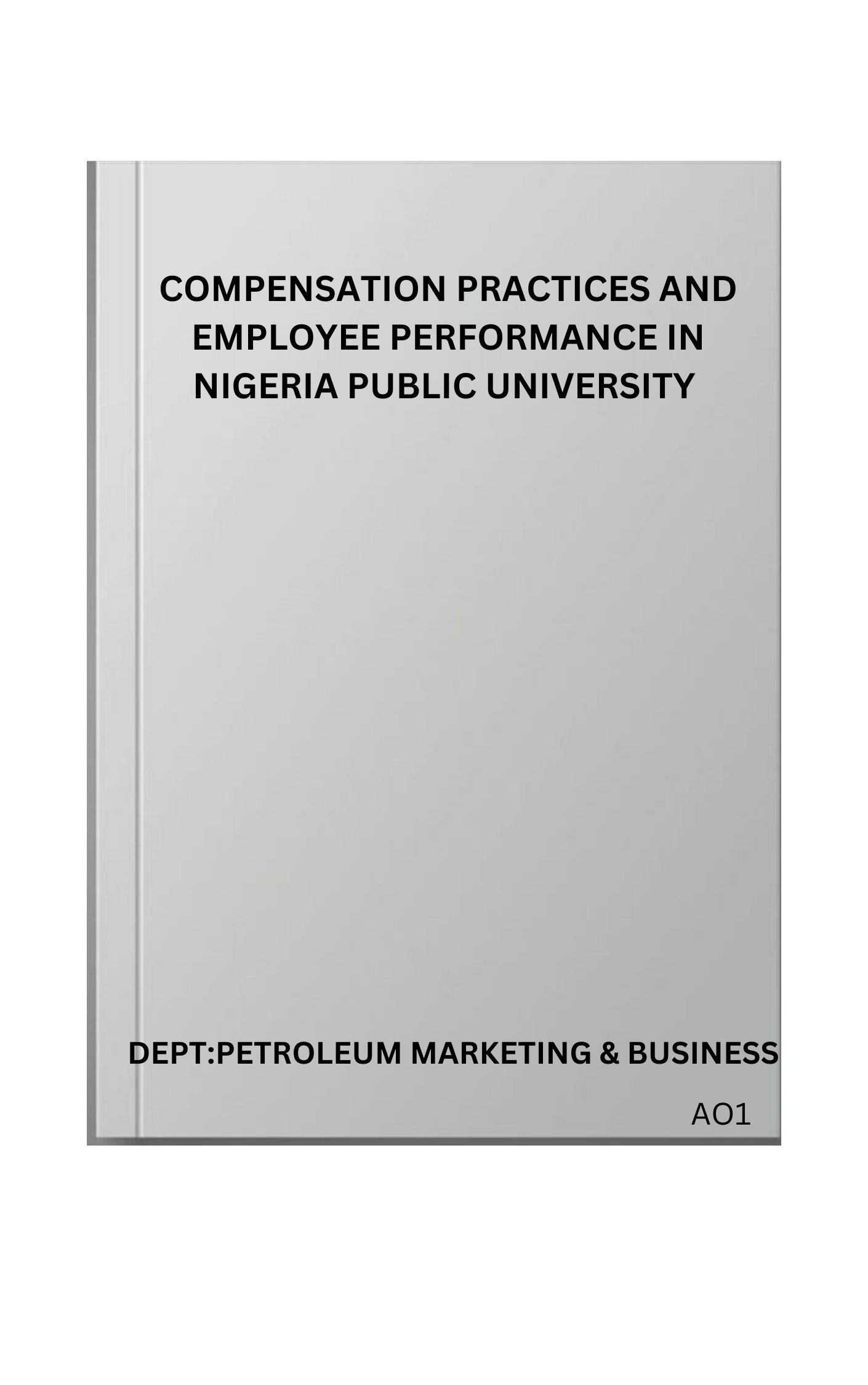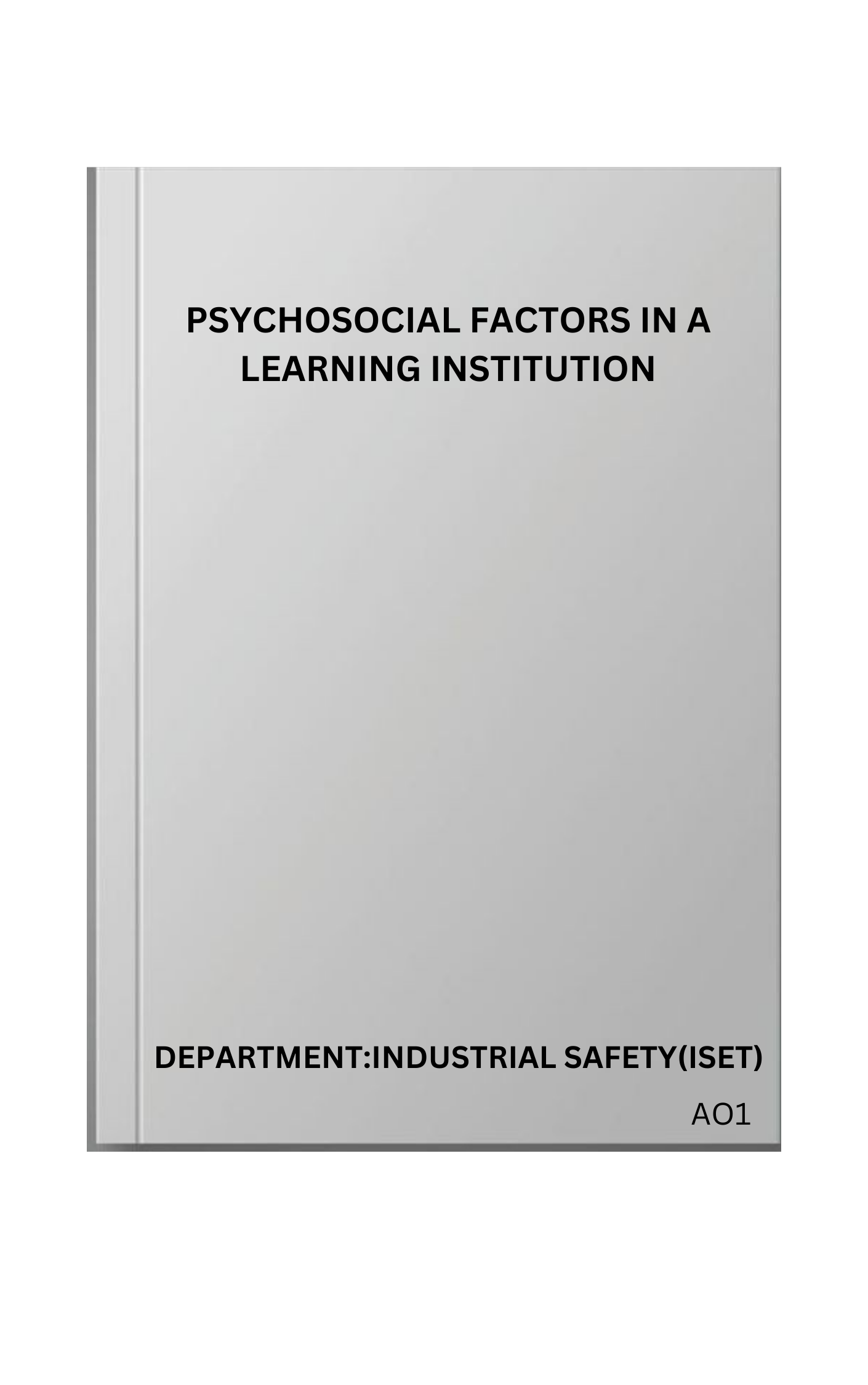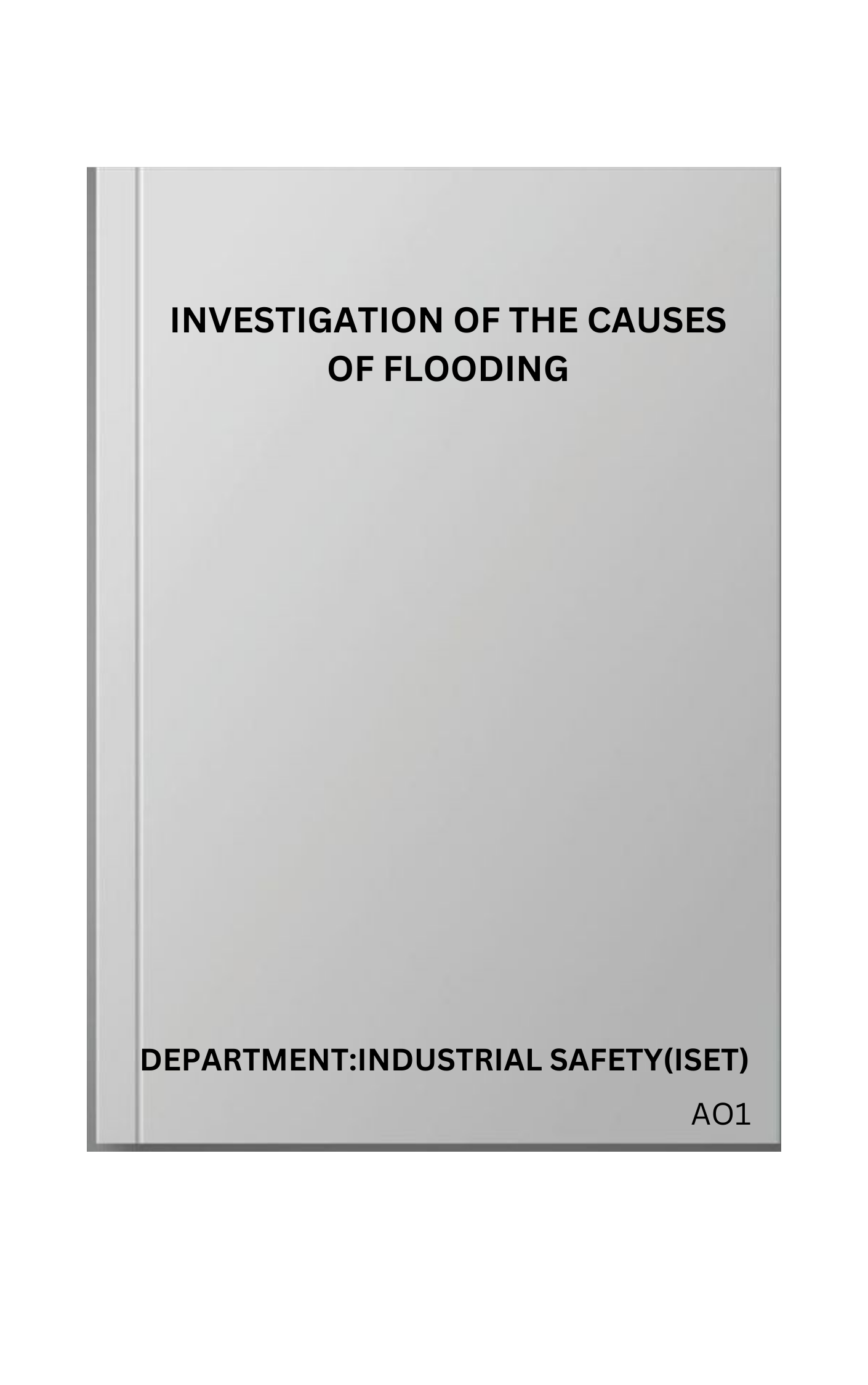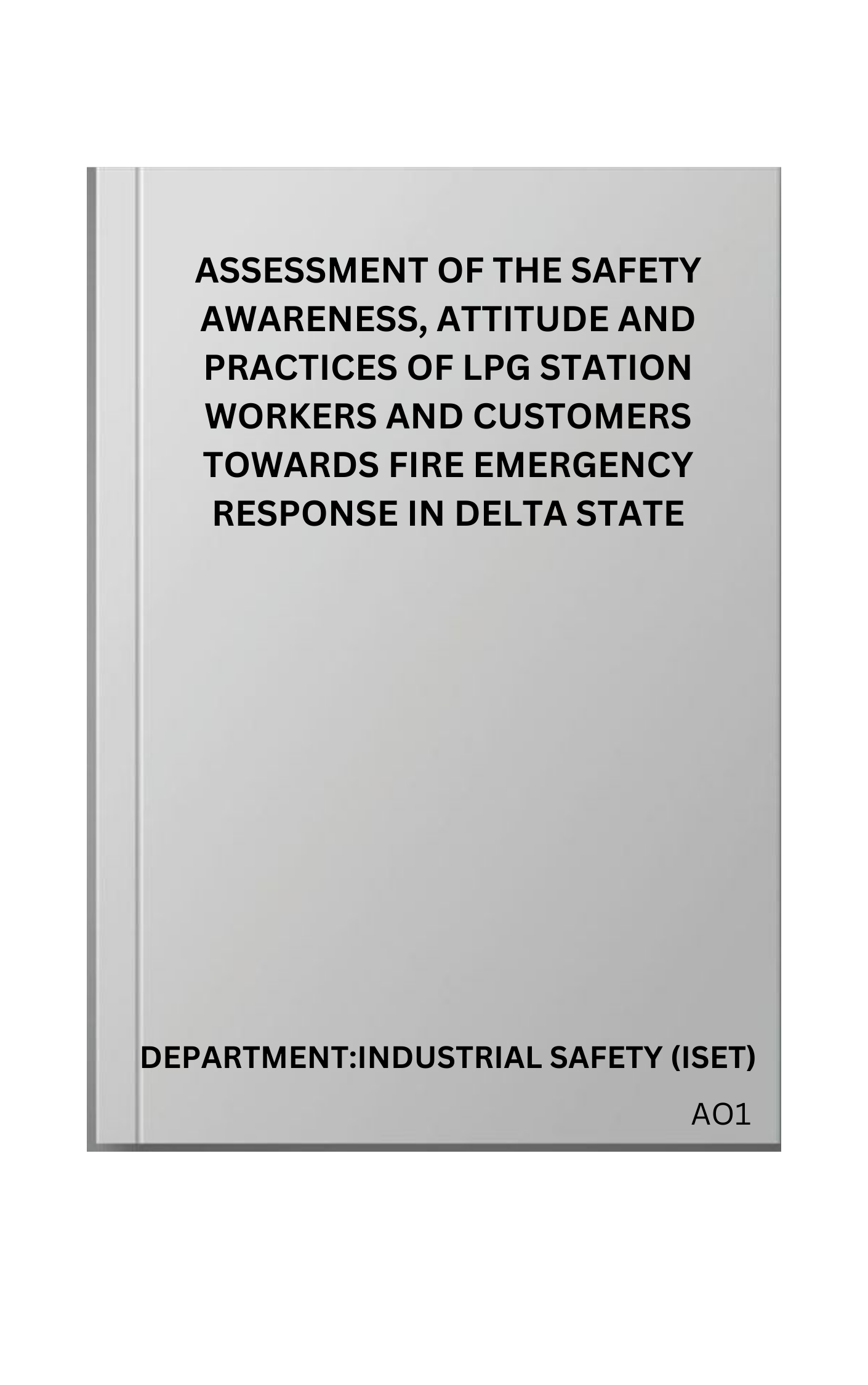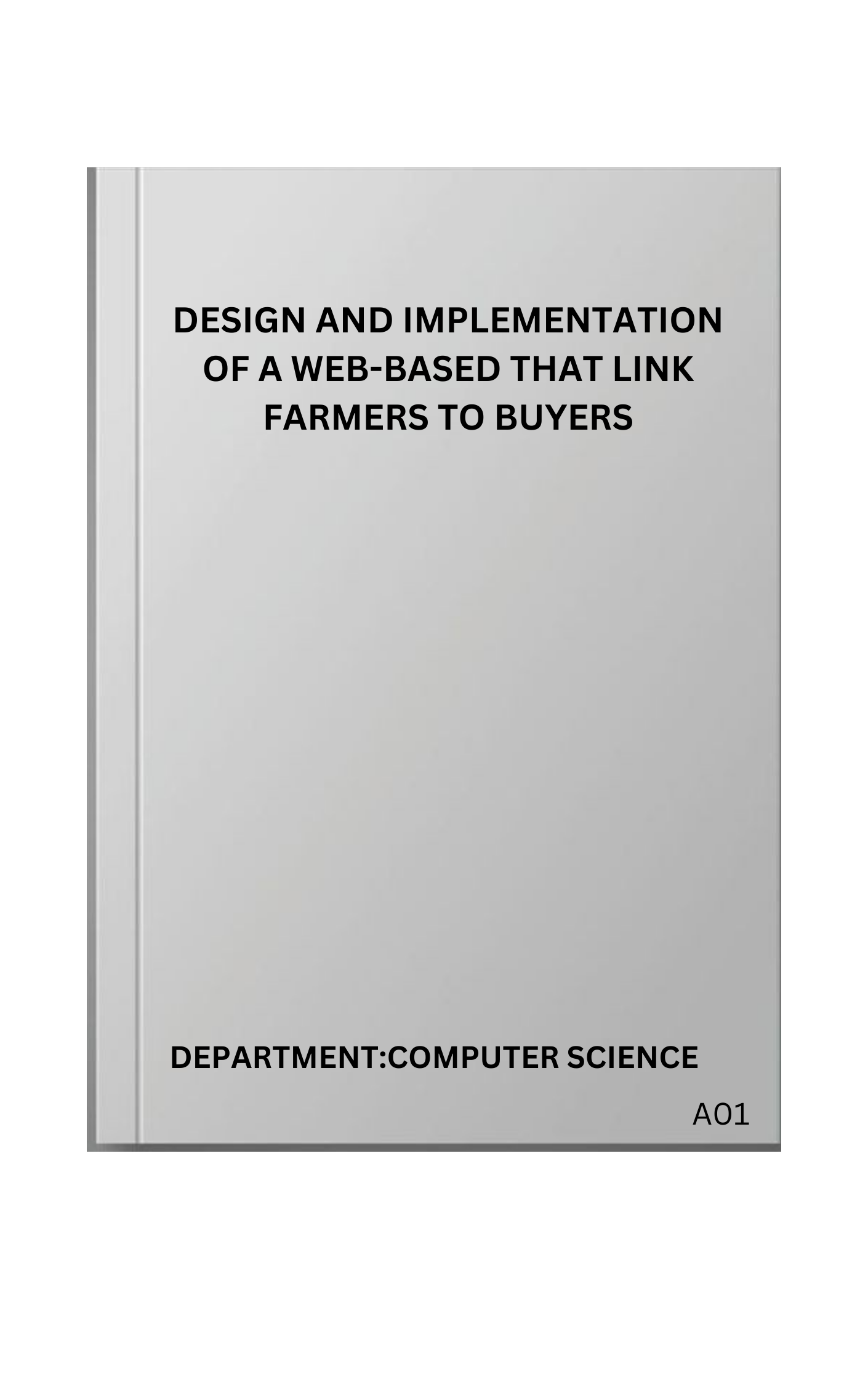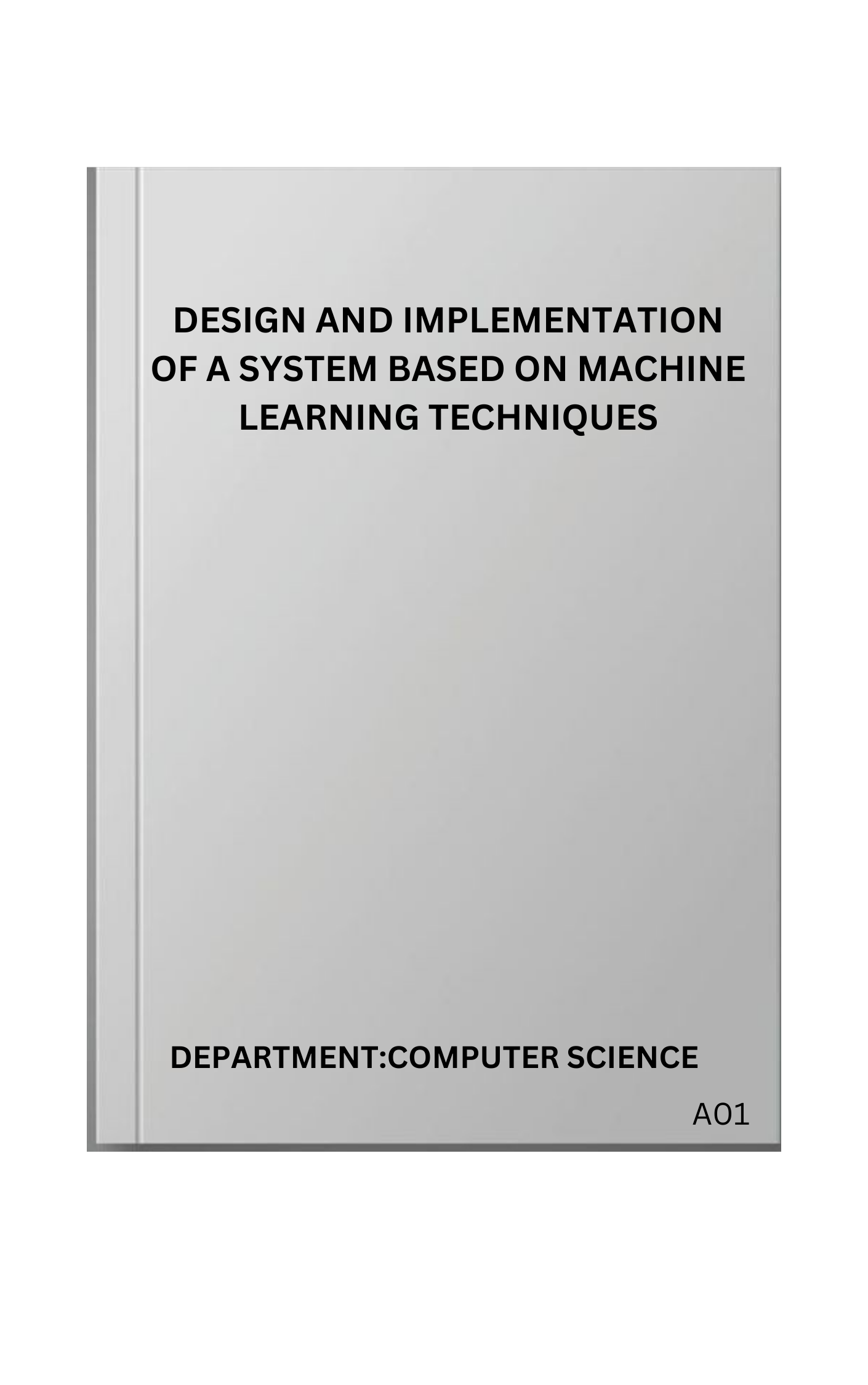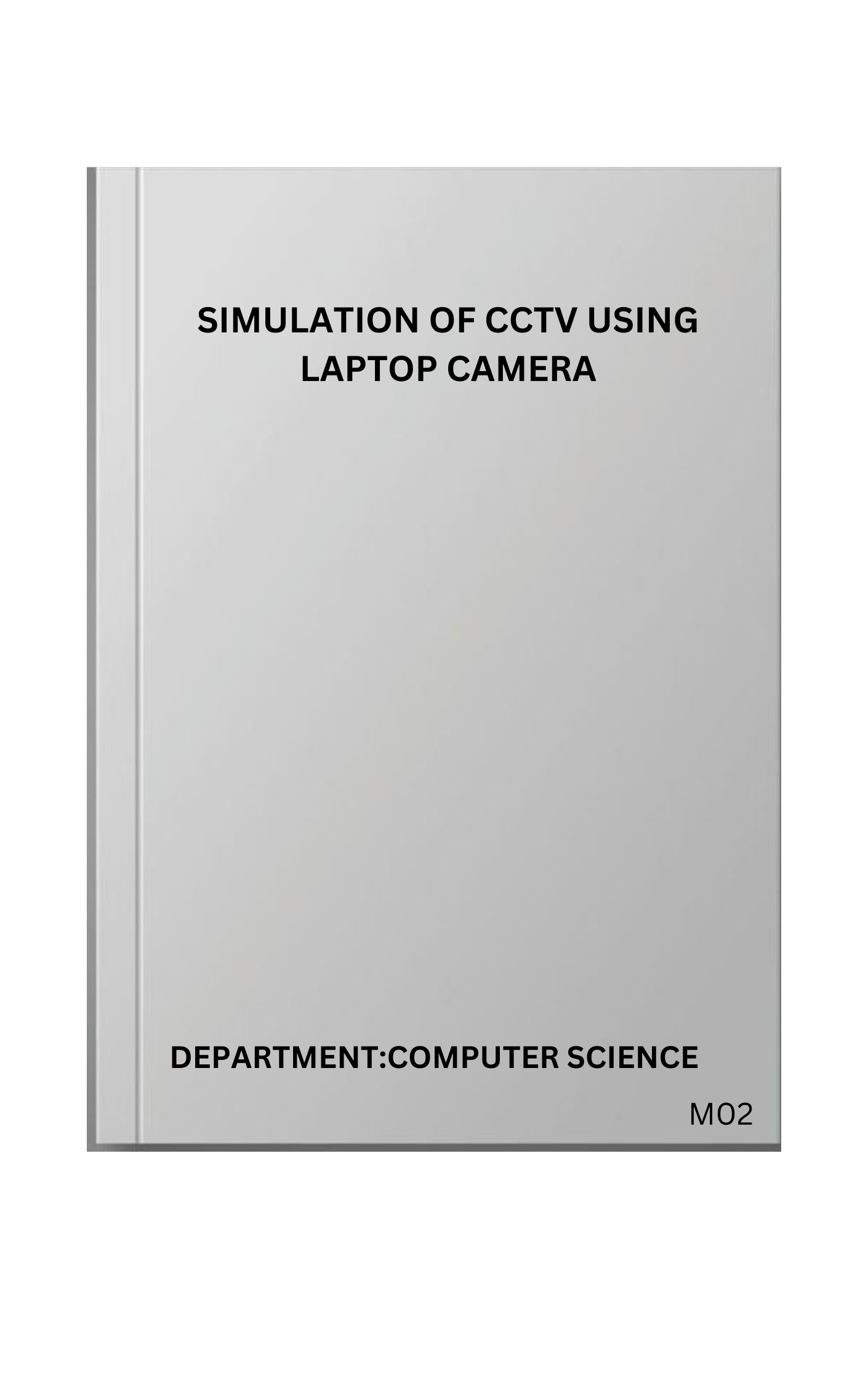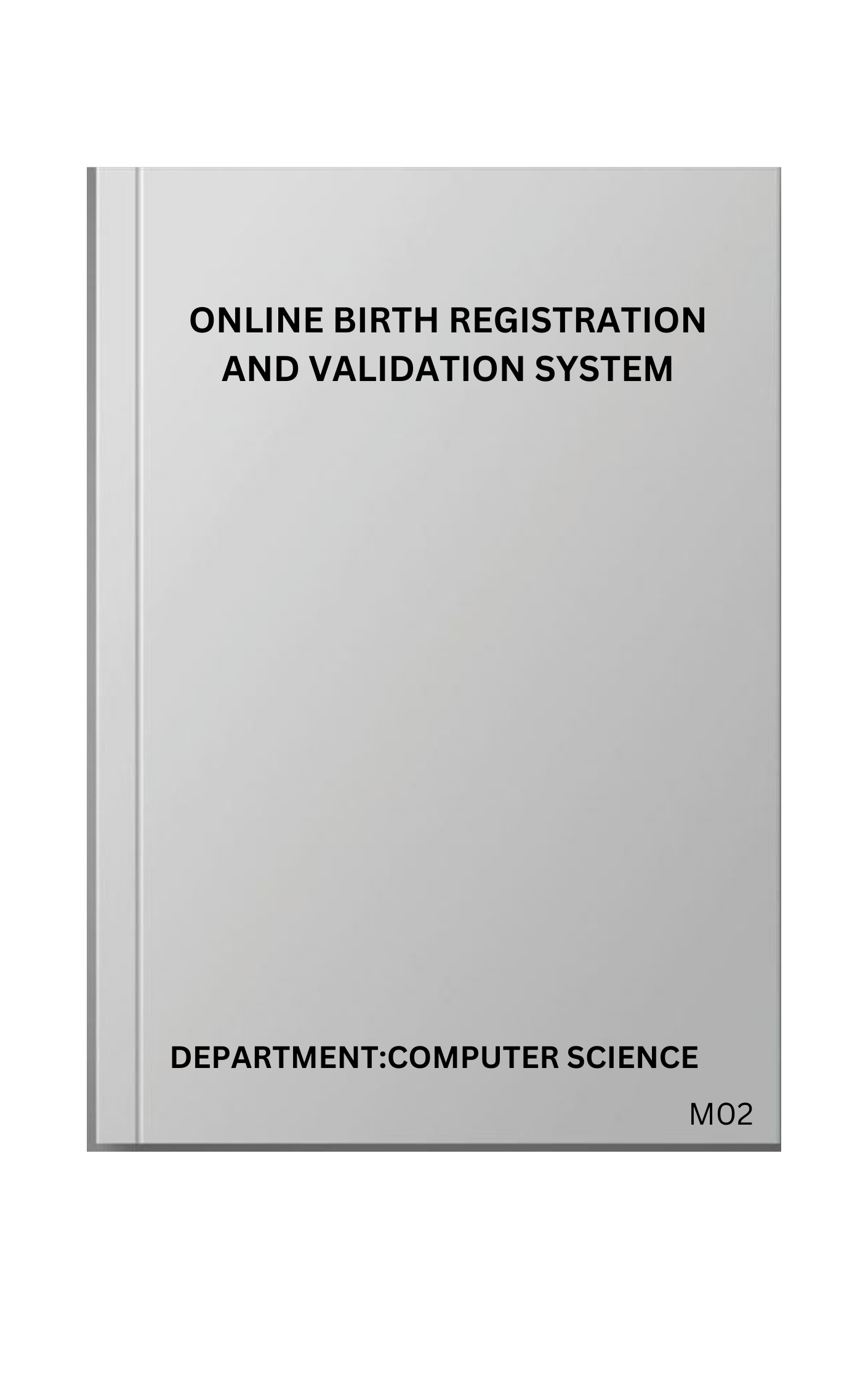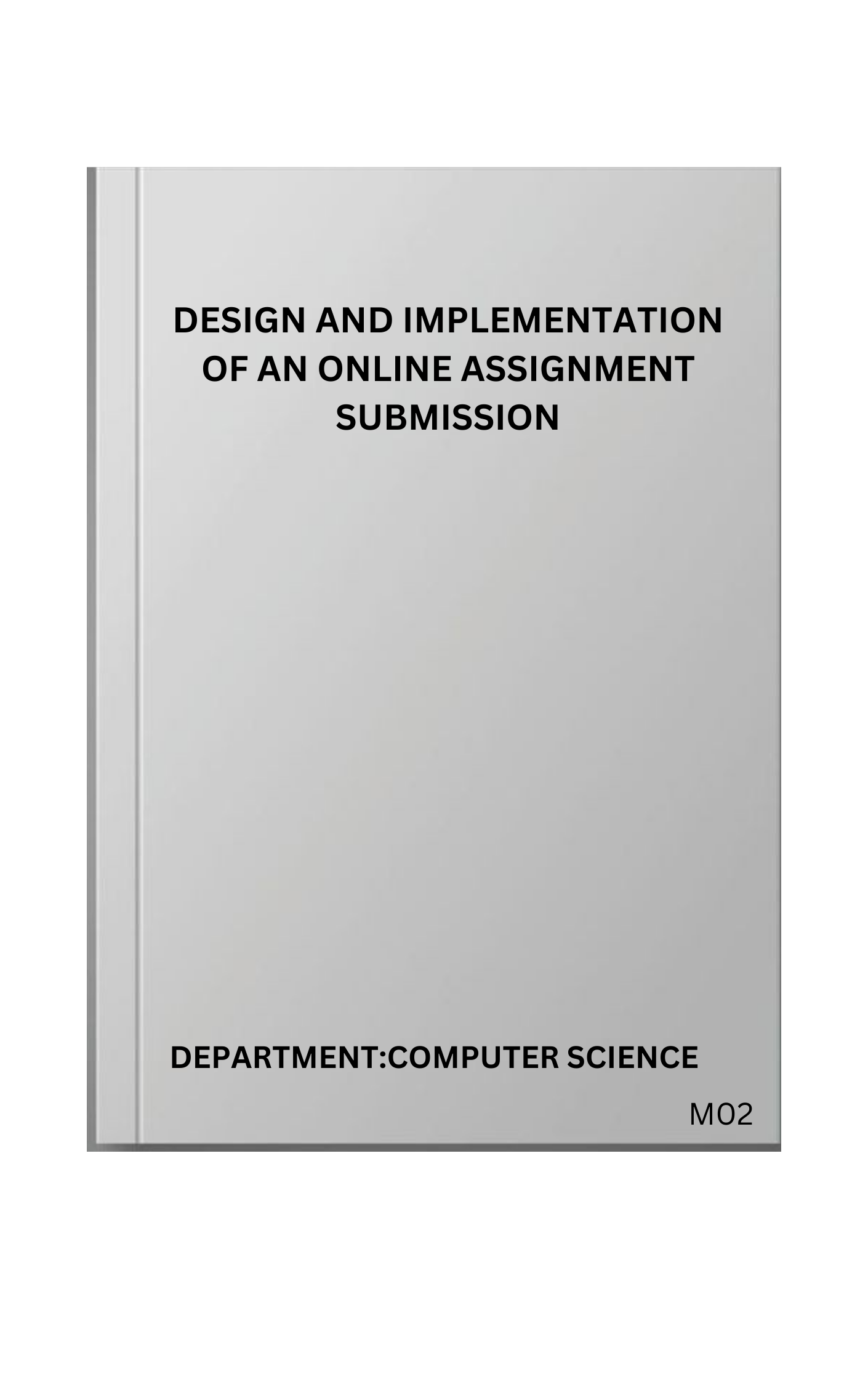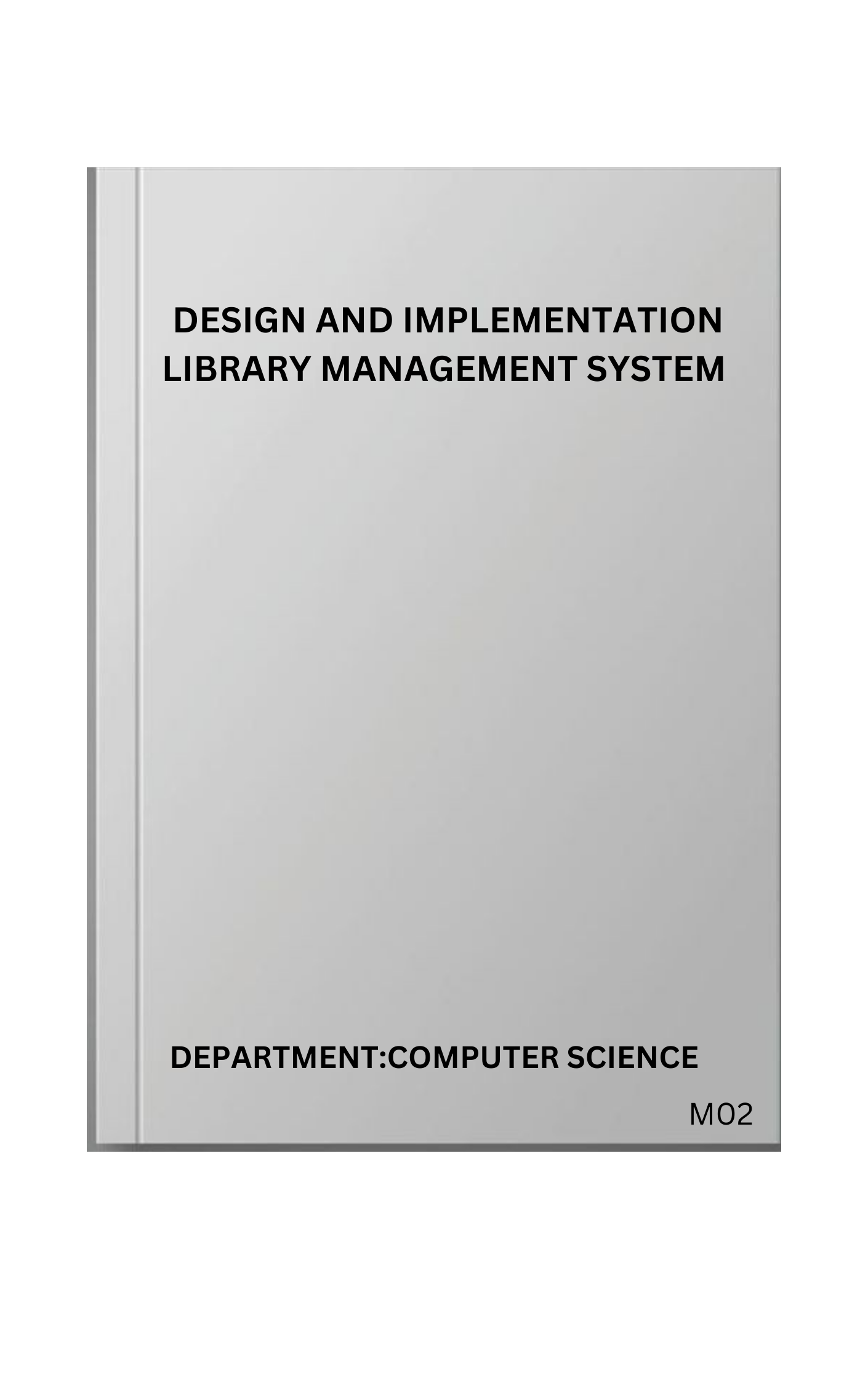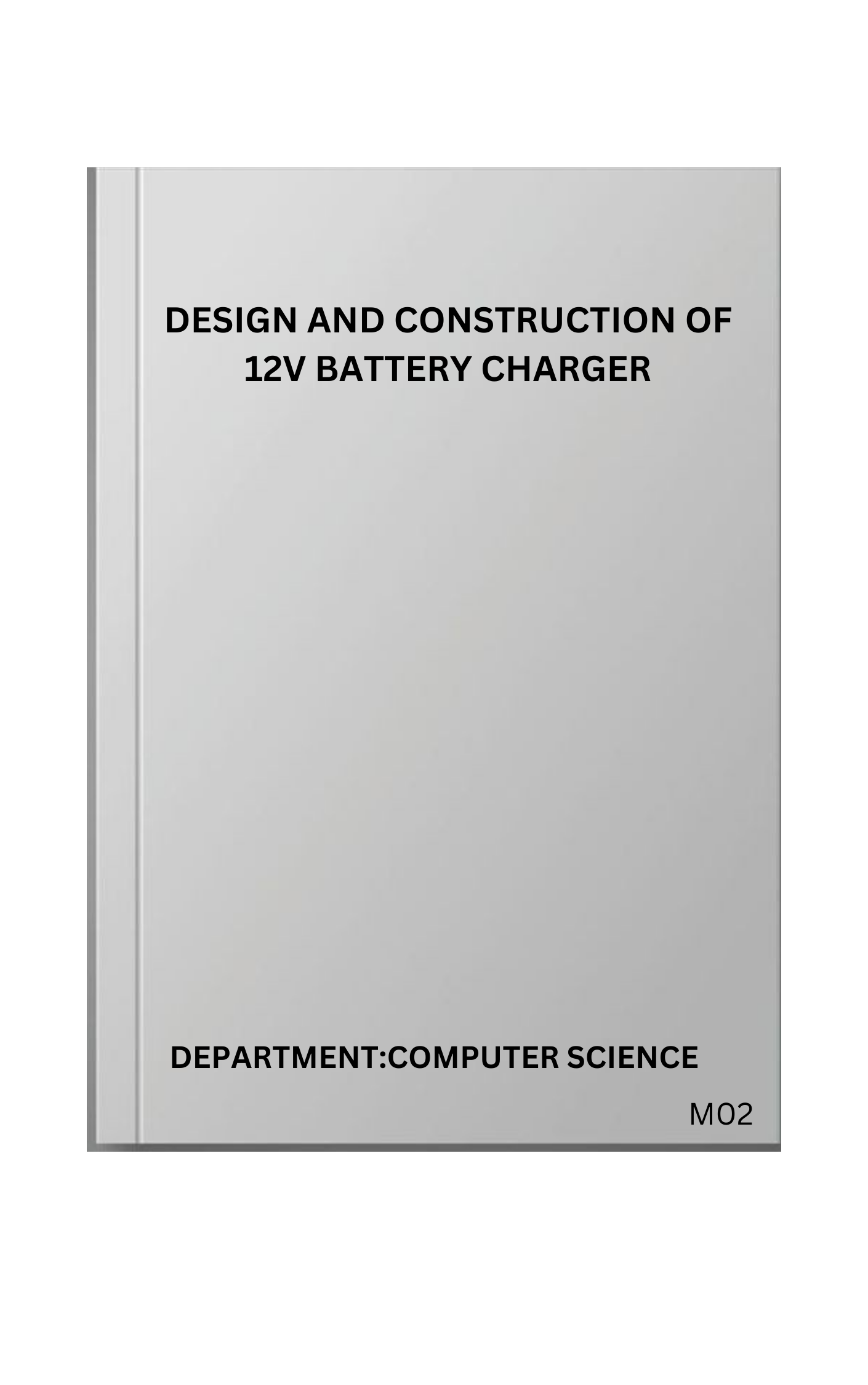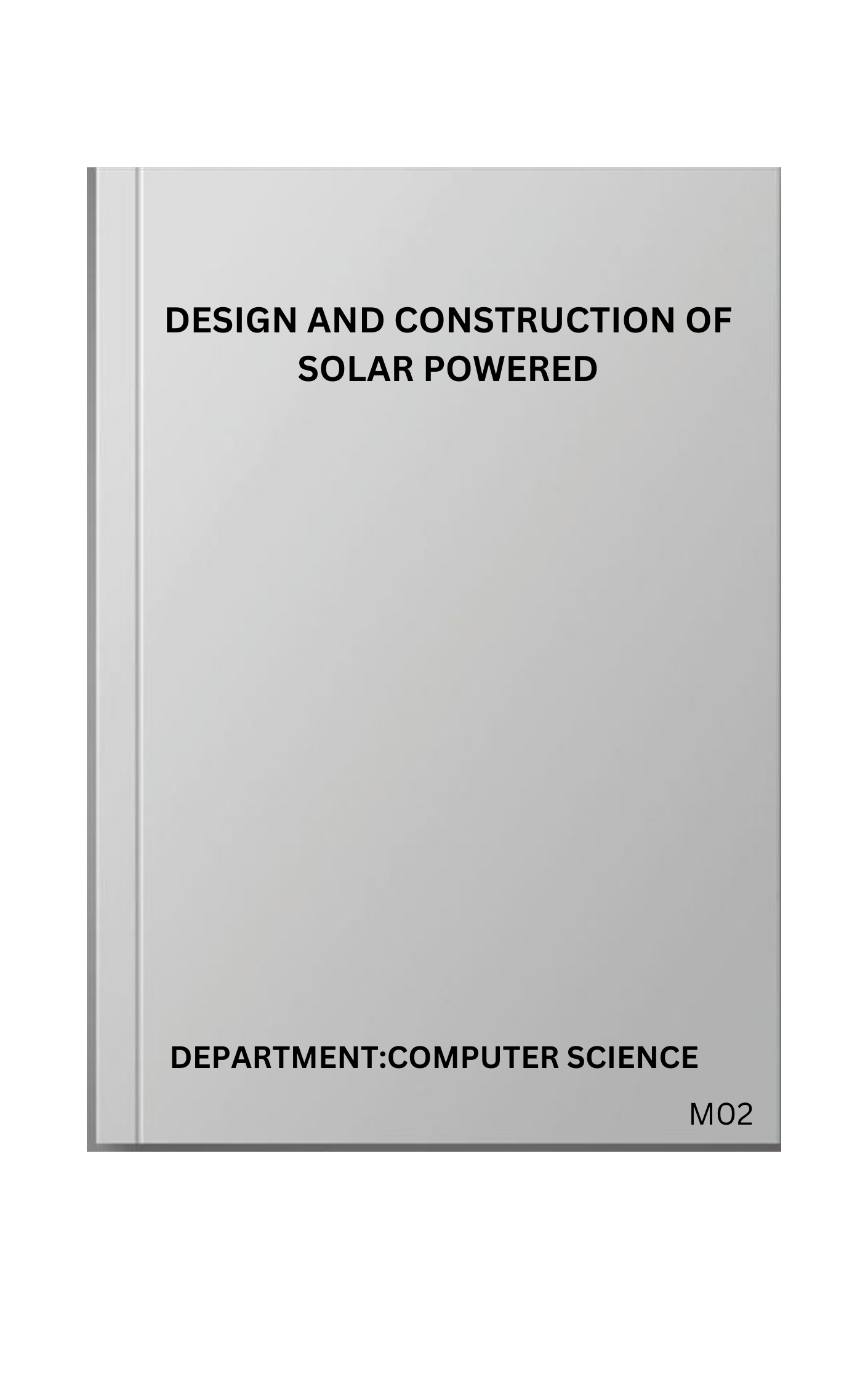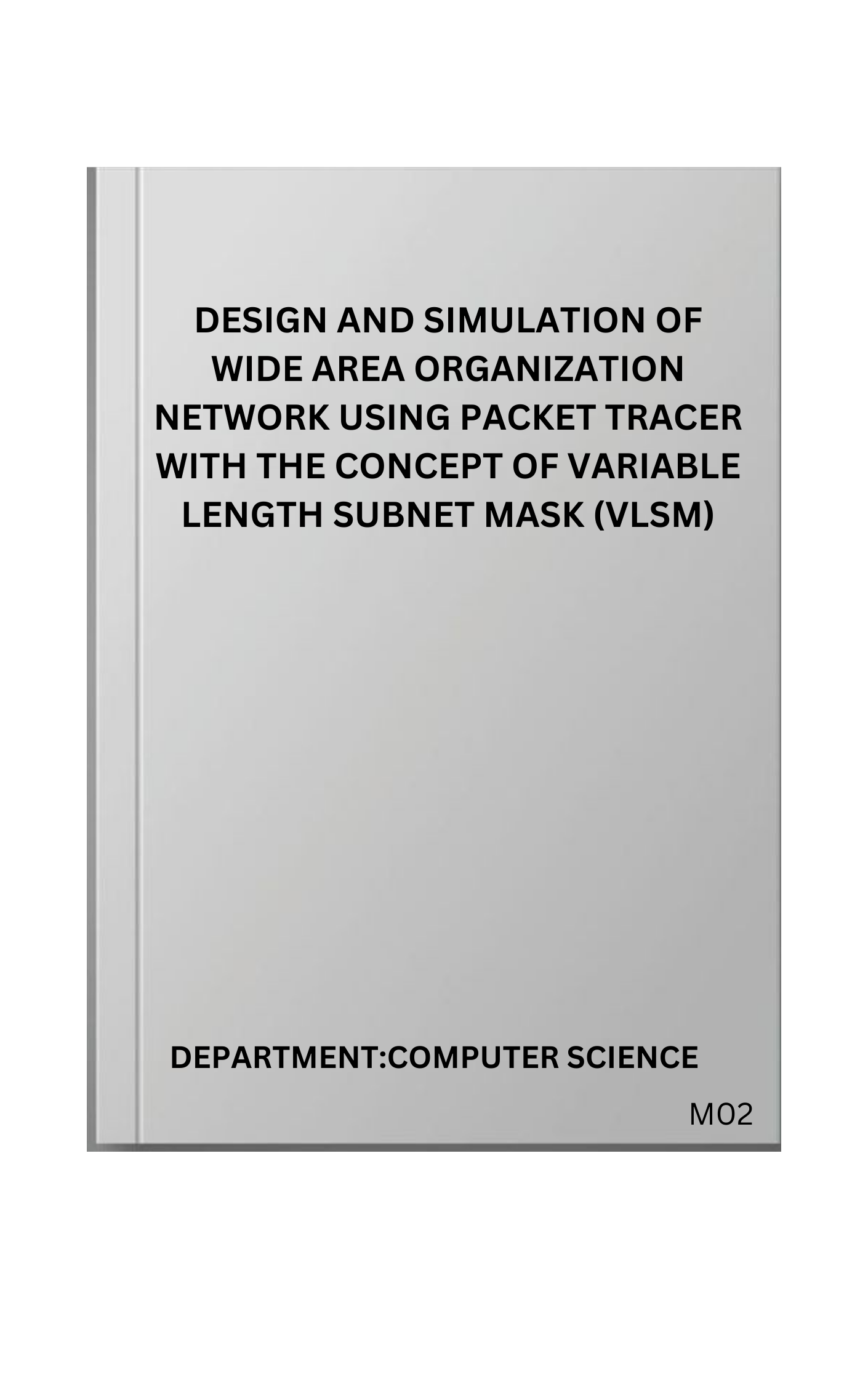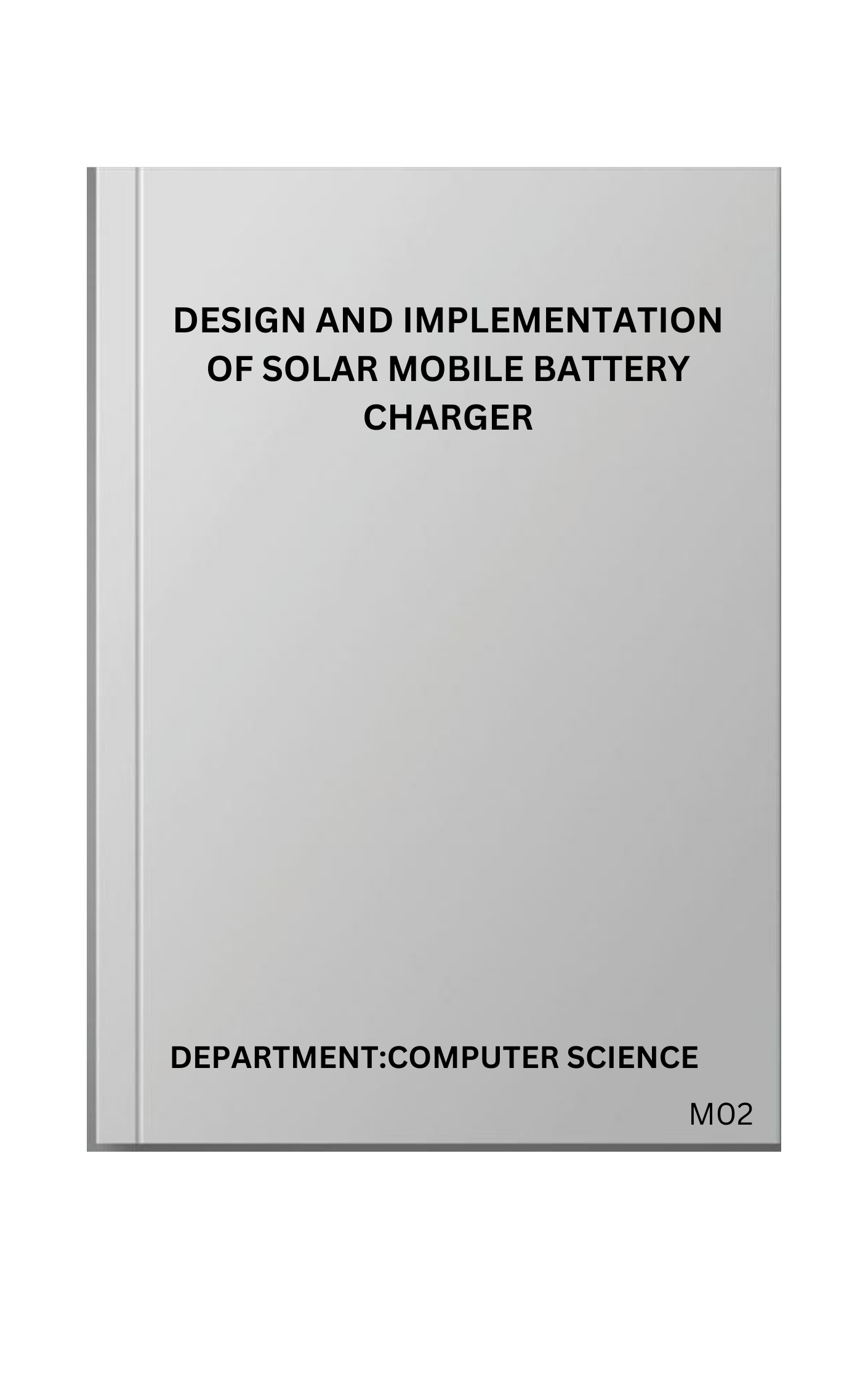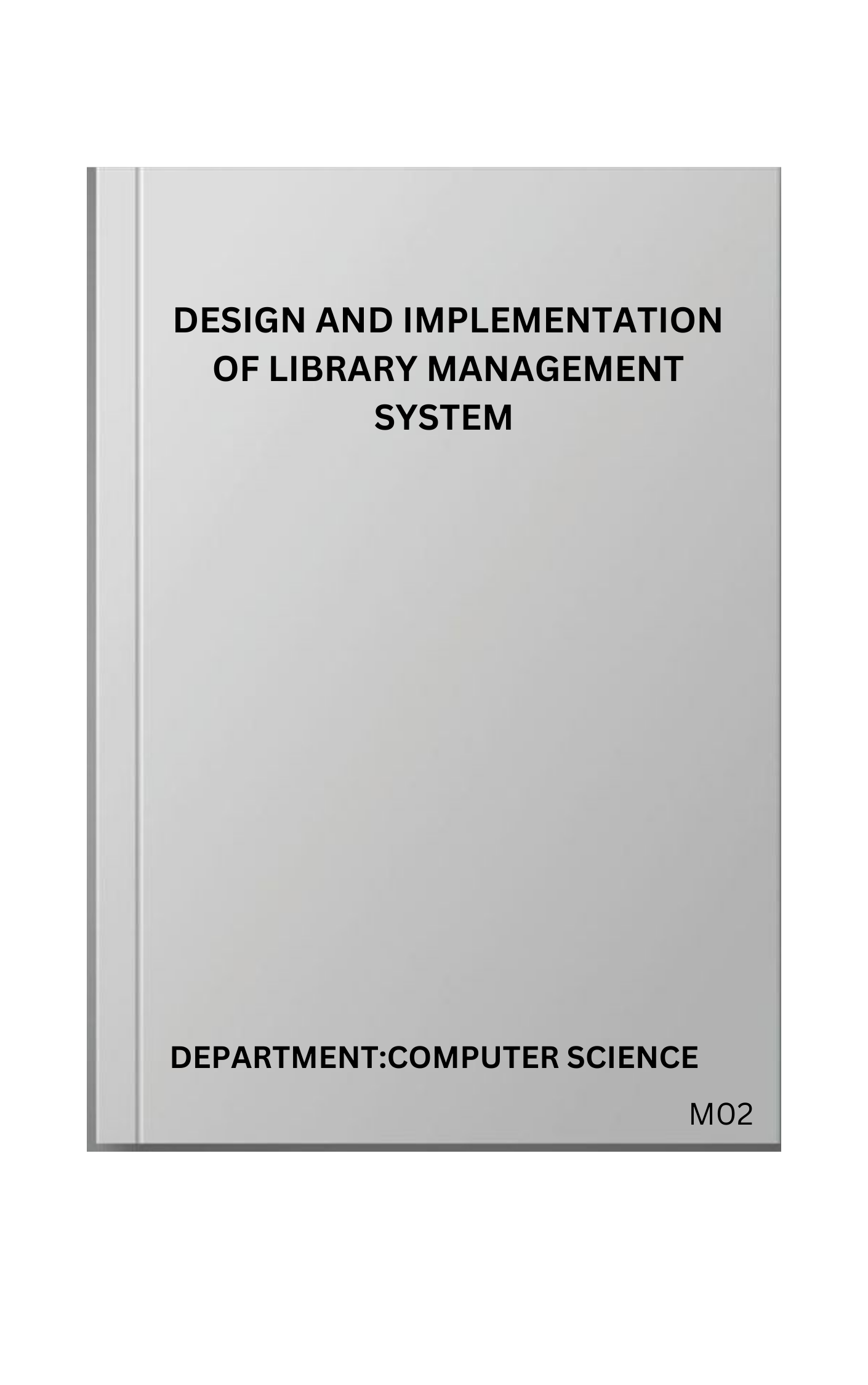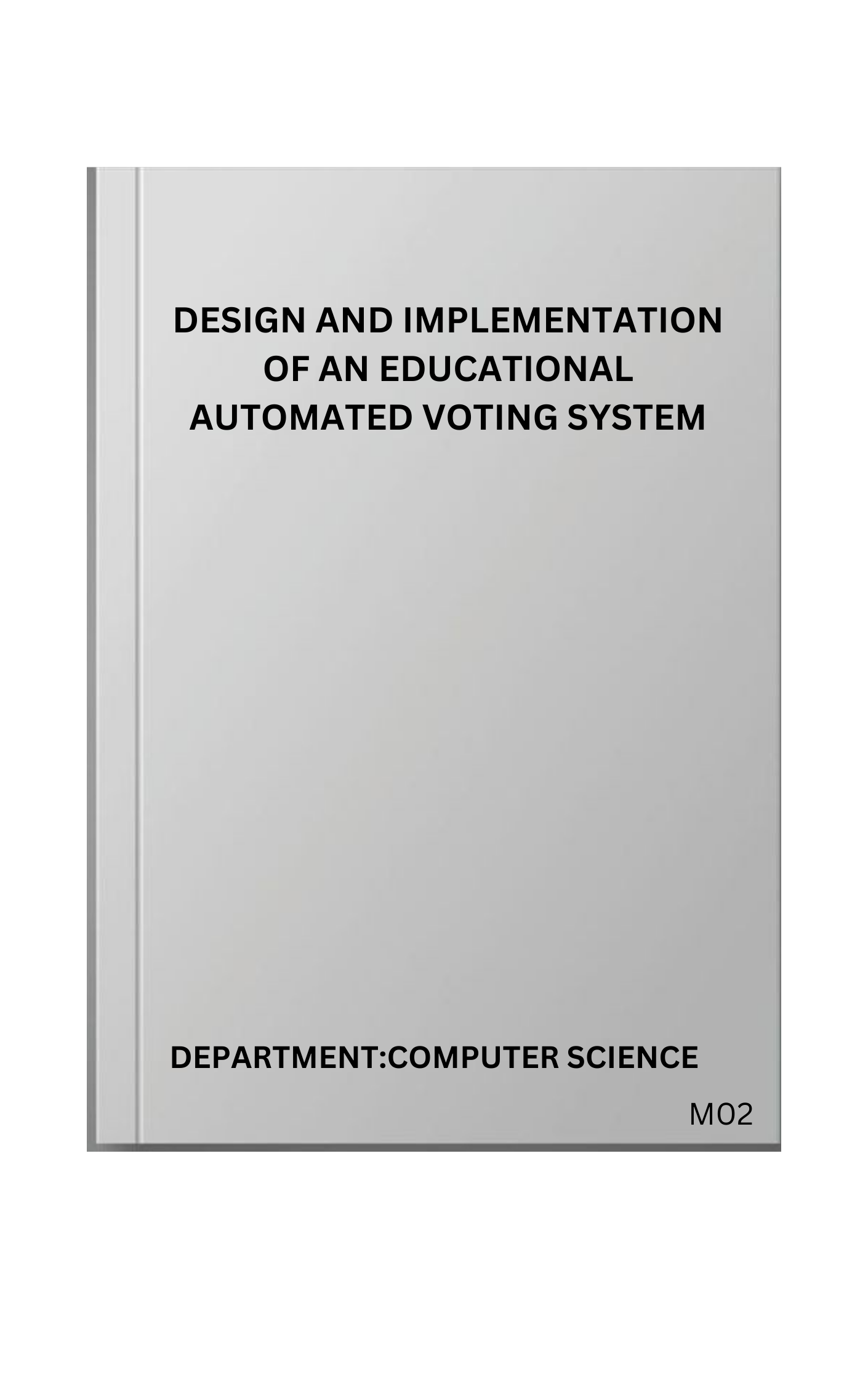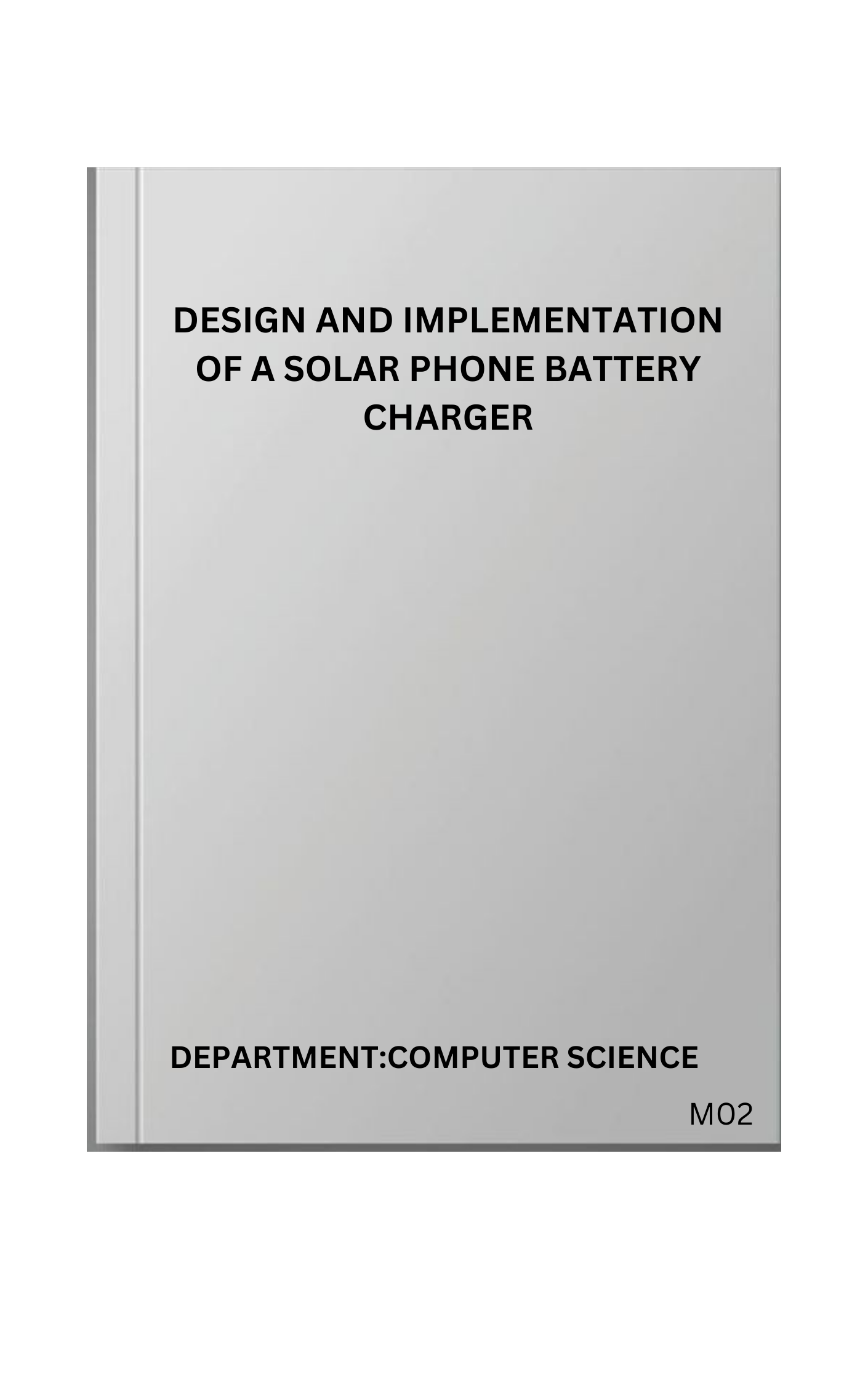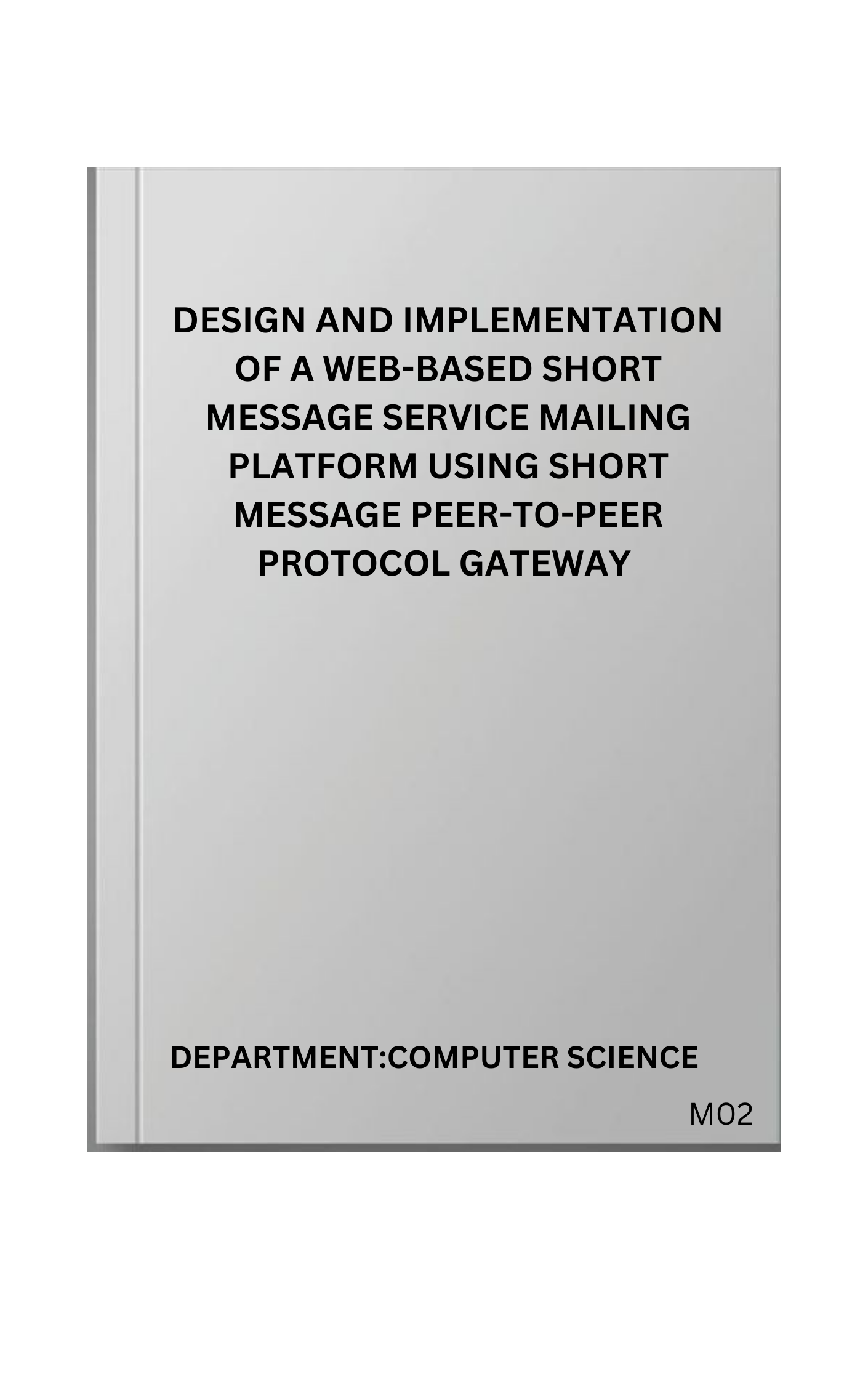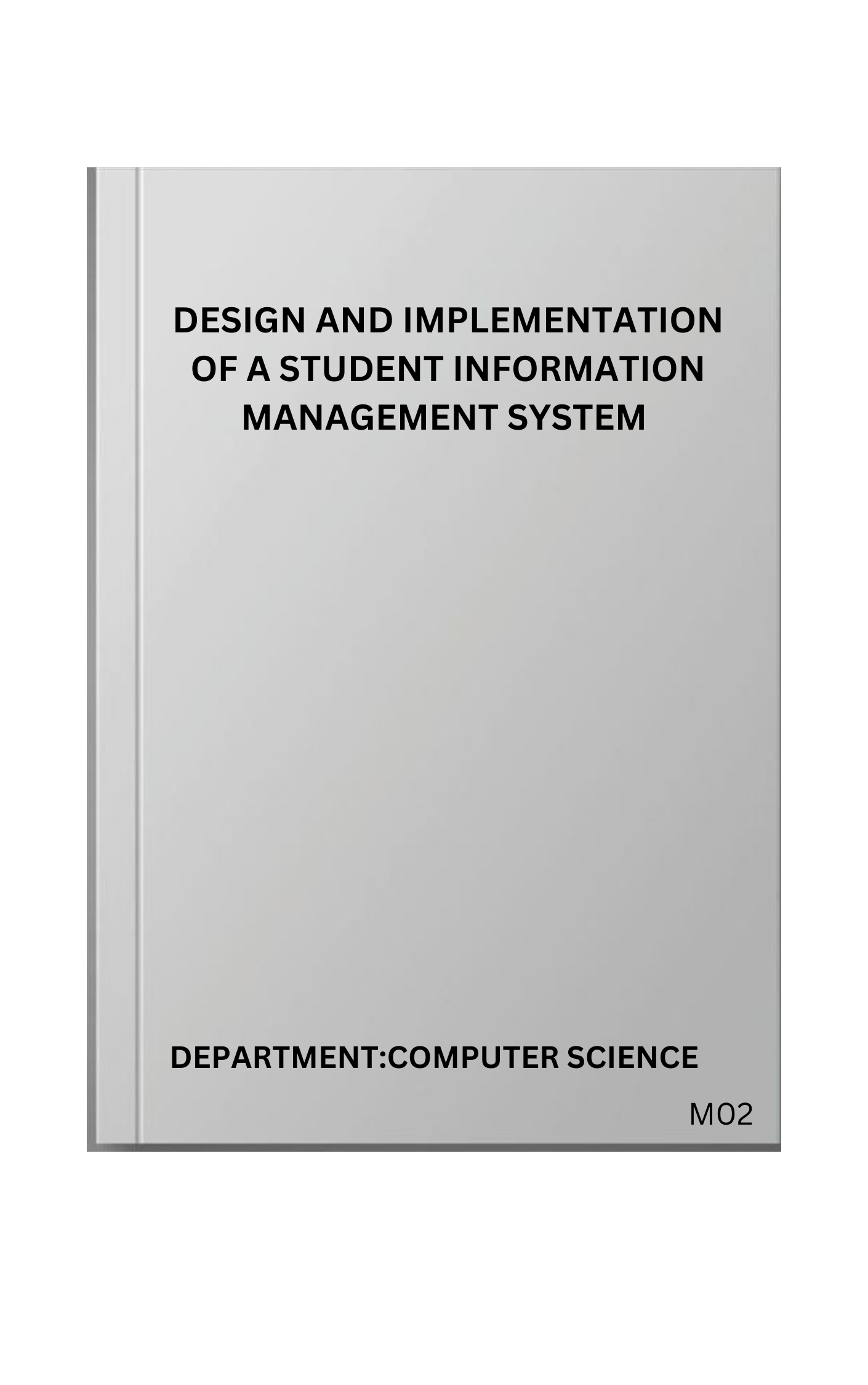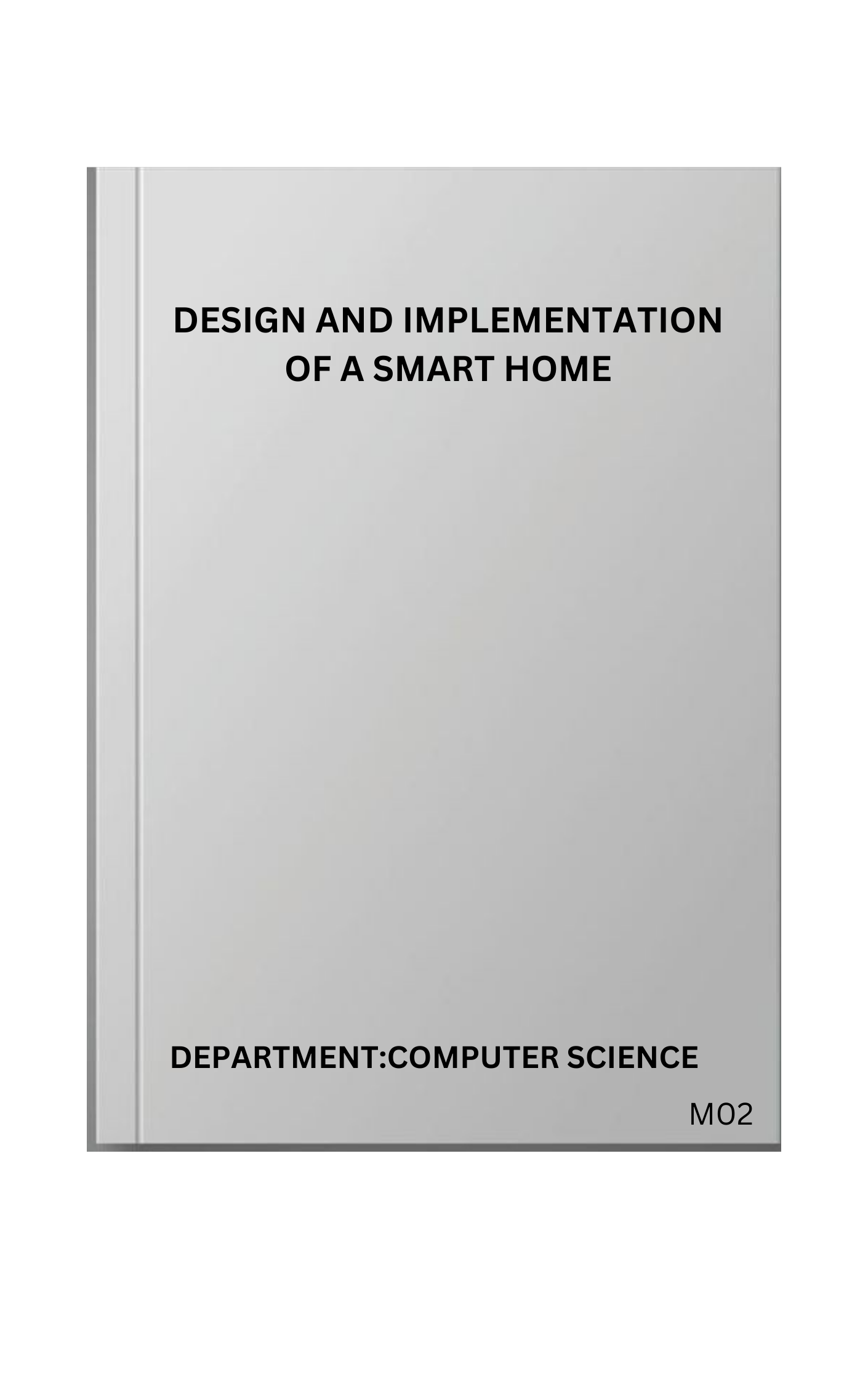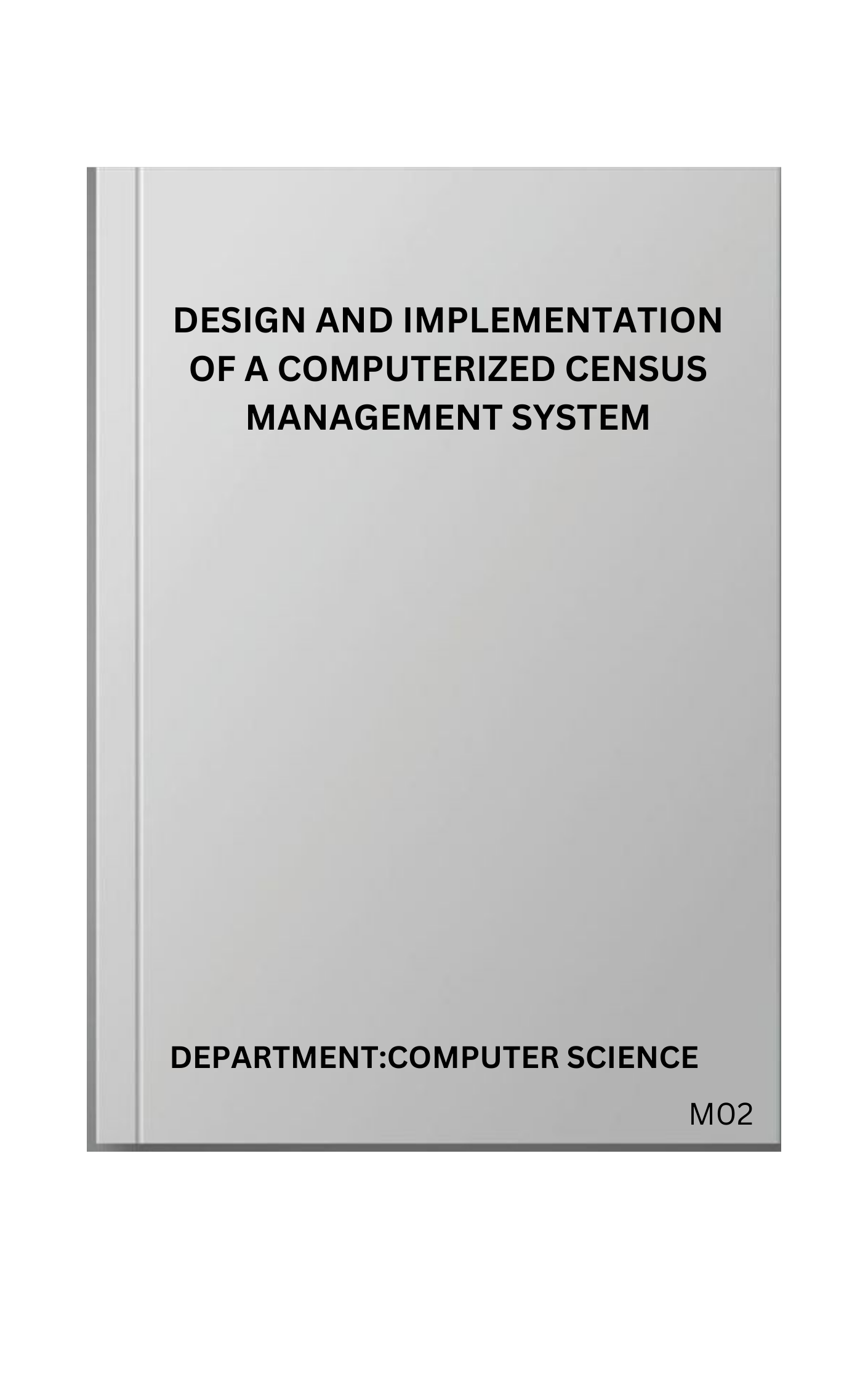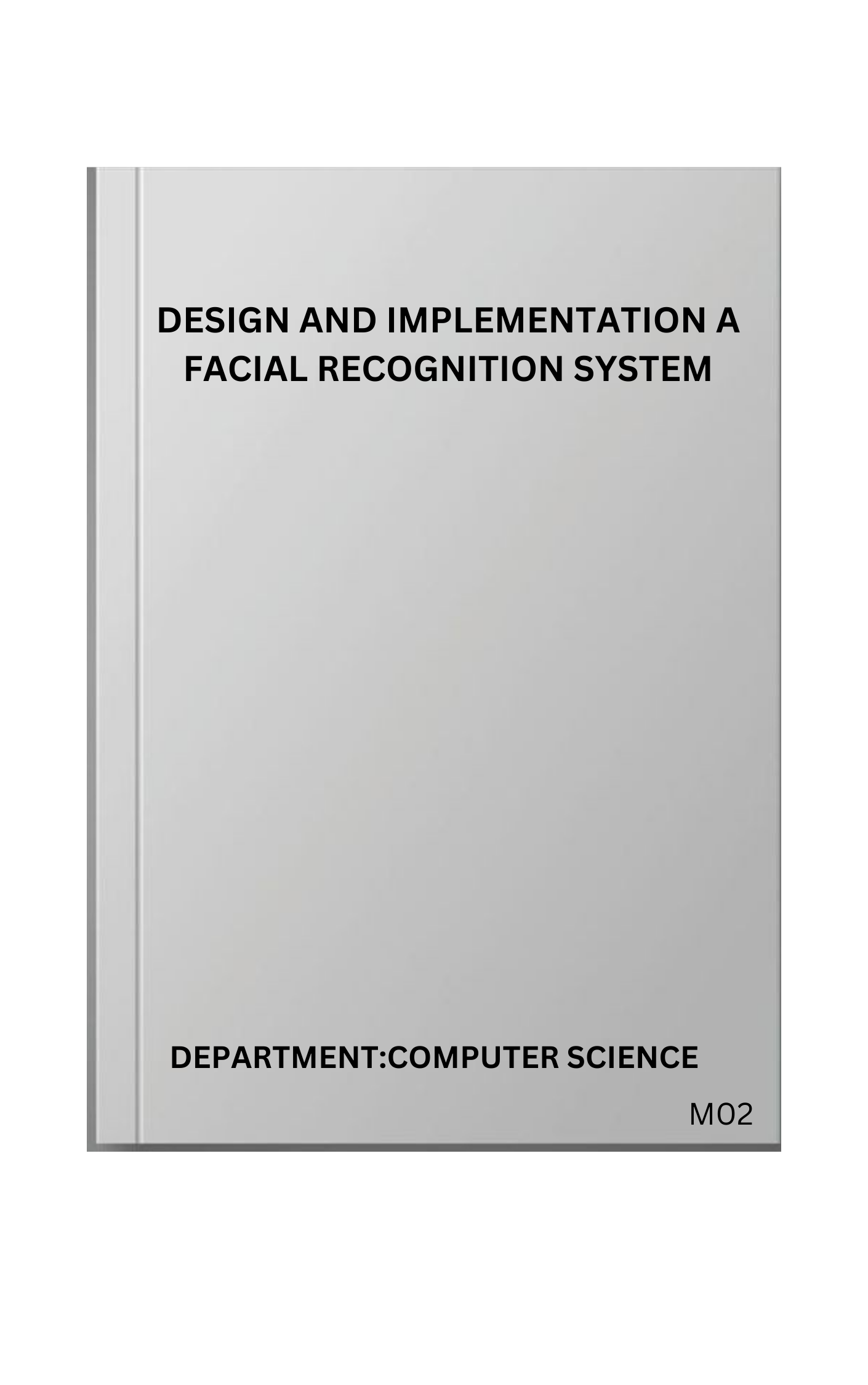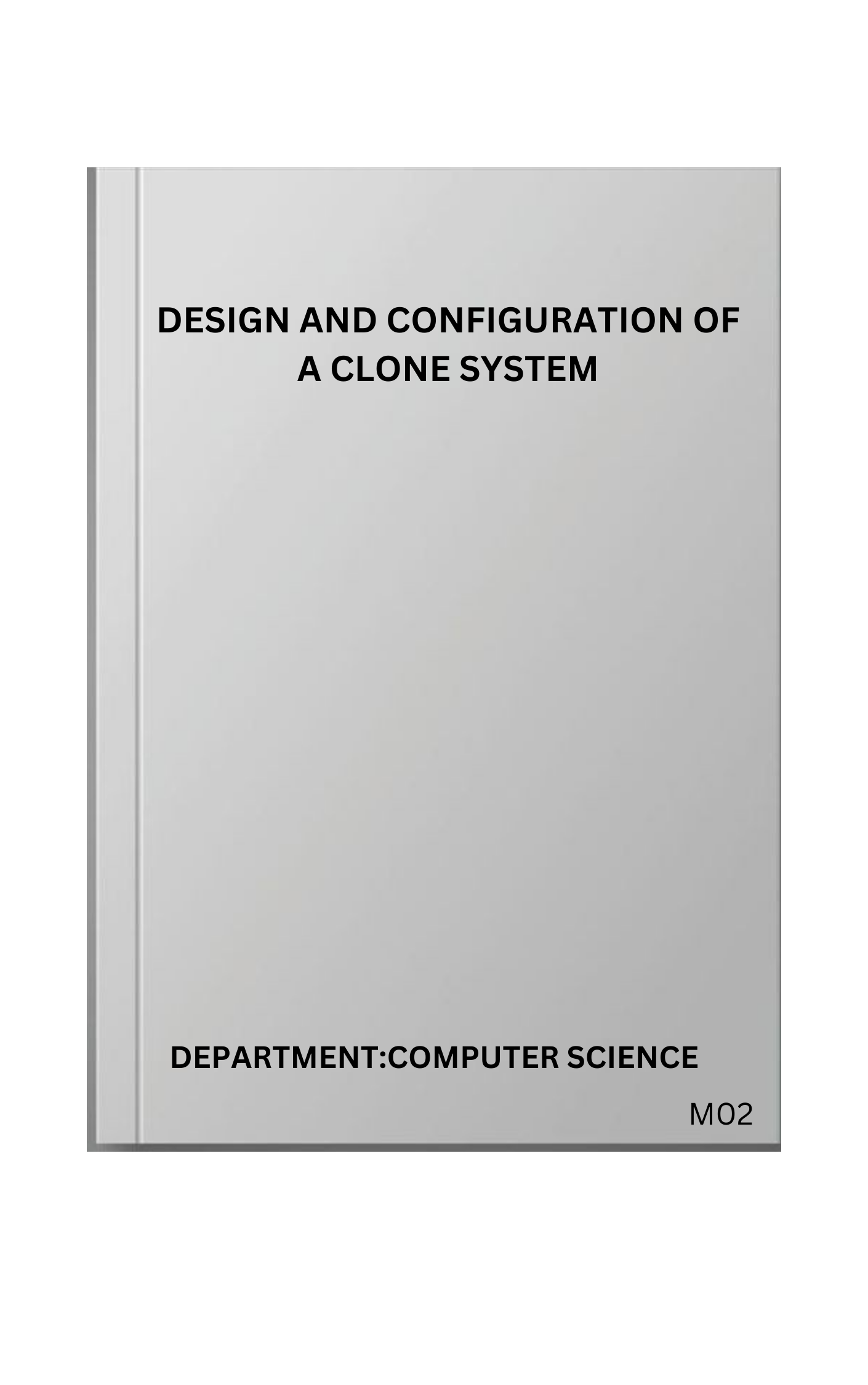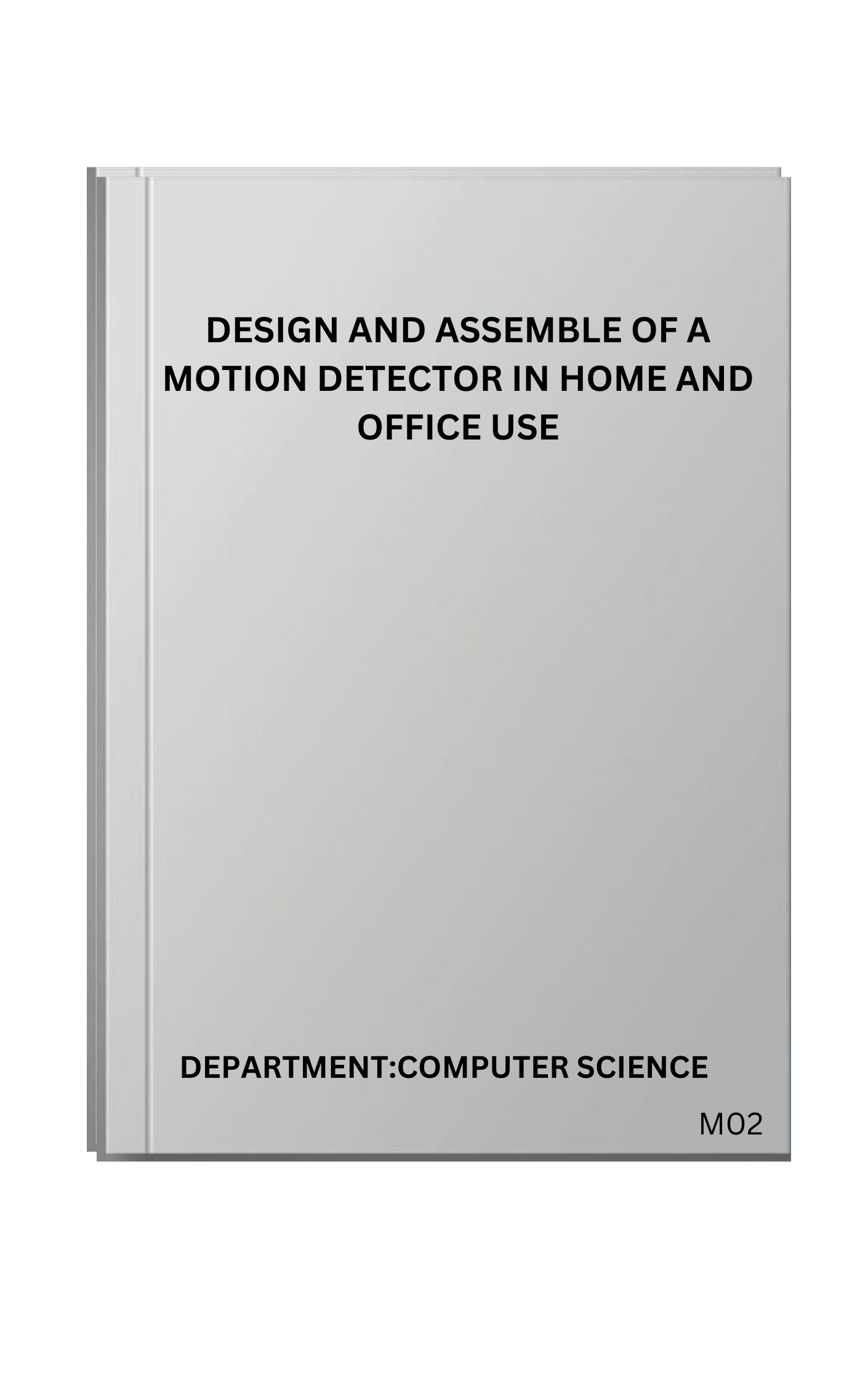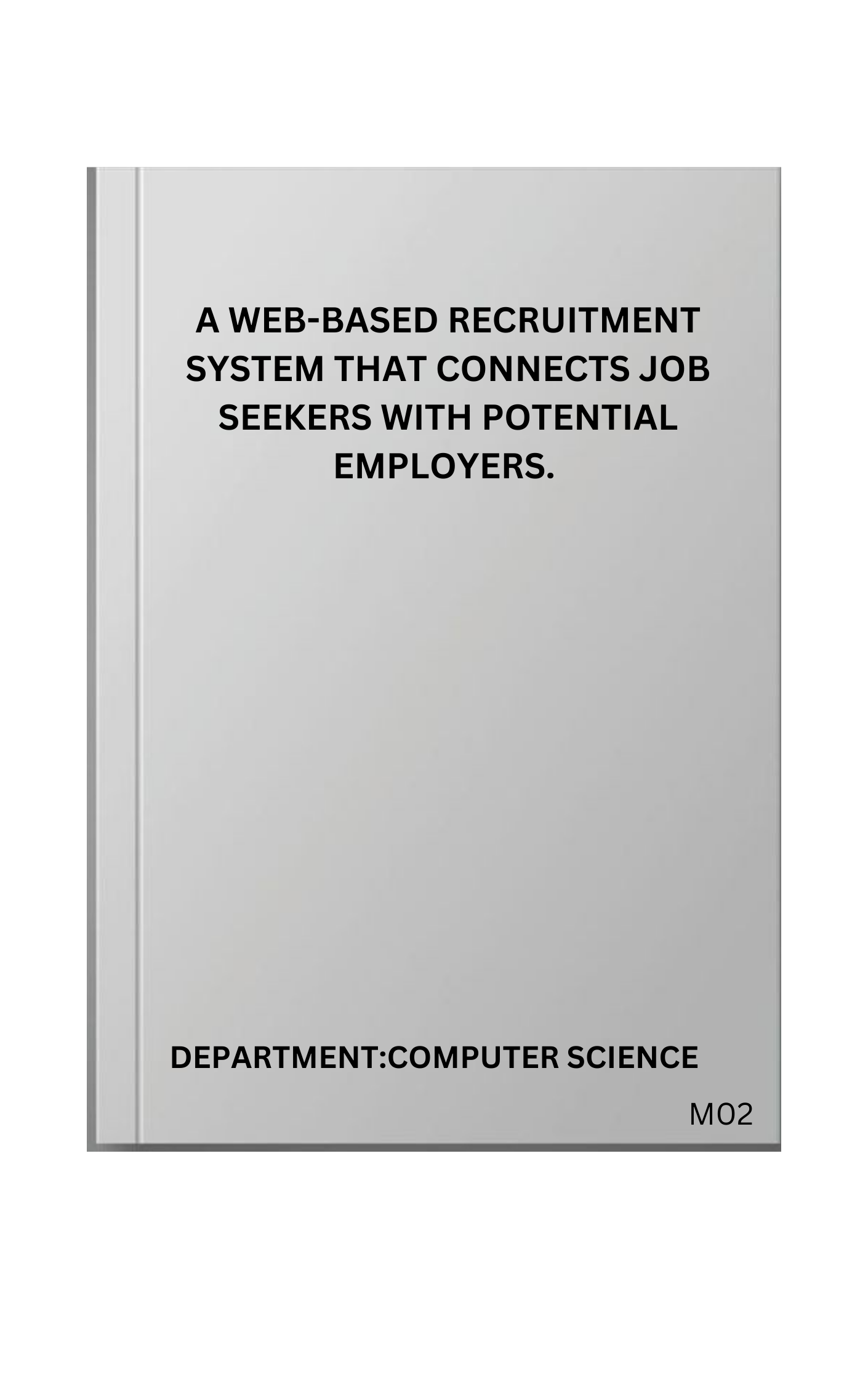CHAPTER ONE
INTRODUCTION
1.1. BACKGROUND OF STUDY
A reservoir is a subsurface formation that contains significant amount of hydrocarbons, such as crude oil or natural gas, confined in a porous rock formation.
Petroleum is the world’s major source of energy and is a key factor in the continued development of the world’s economics. It occurs naturally in the underground accumulations and the quantities of it expected to be recovered are termed “Reserves”. Reserves assessment is of considerable importance to the governments, international agencies, economists, bankers and international energy industry.
In reserve Estimation material balance equations help estimate the amount of oil or gas remaining in a reservoir by balancing the volumes of fluids injected into or produced from the reservoir over time. This estimation is vital for planning future production strategies and assessing the economic value of the reservoir.
And also reservoir Performance Prediction, using material balance equation also predict how the reservoir will perform over time, including how production rates will decline as the reservoir depletes. By analyzing factors like pressure changes and fluid behavior, engineers can forecast production rates and plan extraction techniques to maximize recovery.
Before a reservoir performance can be predicted adequately there must be a good analysis of the reservoir to understand the characteristics. Such analysis requires a good amount of reservoir data such as:
•Reservoir rock properties (porosity, permeability, fluid saturation and rocks compressibility).
•Reservoir fluid properties (fluid PVT properties, fluid viscosity, solution gas/oil ratio etc).
•Reservoir static and volumetric (reservoir depth from surface, reservoir thickness, area etc.)
•Fundamental drive mechanism (solution gas drive, gas cap drive, water drive etc.)
The general form of material balance equation was first presented by schilthuis in 1941, the schilthuis MBE has long been regarded as one of the basic tools of reservoir engineers for predicting and interpreting reservoir performance.
1.2 AIM AND OBJECTIVES
This project is aimed at estimating and predicting the performance of the reservoir 22B, Oredo well of the NPDC as a case study.
The objectives of this study include;
➤ Determine the stock tank oil in place (STOIIP)
➤ Determine the total underground withdrawal (F)
➤ Determine the expansion of oil ( Eo )
1.3 SCOPE AND LIMITATION
Scope;
This includes estimation of reservoir performance using material balance equation in reservoir 22B.
Limitation
This project is limited to the use of material balance equation to estimate reservoir performance and not decline curve analysis.
PAY TO GET COMPLETE PROJECT


